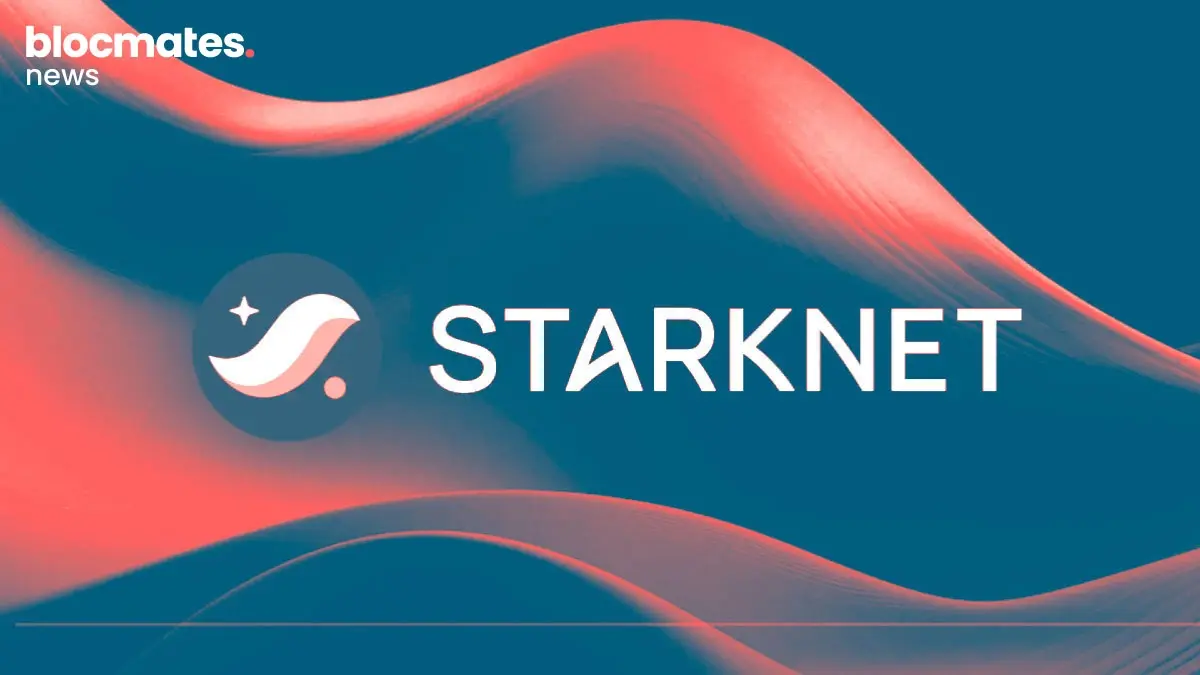Ape-tizers:
- Of late, growing emphasis is being laid on app quality alongside the technical performance of network chains.
- Monad and MegaETH are two of the most promising networks, yet to launch on mainnet.
- Both Monad and MegaETH have apps that could possibly become “killer apps,” and help drive adoption of their respective networks.
In today’s crypto landscape, there’s a growing consensus that the ecosystem is becoming overcrowded with too many network chains.
“Why do we need another L1? Why do we need more L2s? Remember L3s?”
Participants, or, for lack of better words, the community, are not entirely keen on network chains. They care less about their performance and more about what can be done with the ones that exist.

While this stance on network chains is more commonplace with non-technical on-chain users, devs and those who are more technical than the average crypto user usually agree that despite having made significant progress in recent iterations of network chains, there is still room for massive improvement to meet global demand (when it inevitably comes) to scale.
In our opinion, both sides are on the right track. Apps are as important as the network's performance. But not just any app.
The emphasis, we believe, is on killer apps, i.e., protocols with an X factor, novelty attributes, or a killer moat that attracts users, captures meaningful financial engagement, and potentially defines the network’s identity.
Pump.fun on Solana, Hyperliquid’s perps and spot DEX on its own HyperCore infra, and even Polymarket built natively on Polygon are all pretty good examples of a killer app becoming the linchpin that drives network adoption, or at least keeps the lights on in the case of Polymarket and Polygon.

How Monad and MegaETH fit into the picture
When we put these apps mentioned under a microscope, we can identify that they represent a 0-1 moment in terms of innovation. For any team building a revolutionary network, encouraging the 300th iteration of a basic automated market maker, lending protocol, perp DEX, is akin to playing the loser’s game.
Given the foregoing, we want to examine the flight to quality regarding dApp innovation among two of the most promising networks yet to launch on the mainnet: Monad and MegaETH.
Both projects have built cult-like communities, generated notable buzz in terms of mindshare, and are led by strong, opinionated founders. This makes them particularly interesting case studies for exploring which apps within their ecosystems stand out and which ones have the potential to capture meaningful attention.
Pre-mainnet landscape: Monad and MegaETH
Monad and MegaETH are blockchain network protocols; however, they don’t fit into the same category.
Monad is a high-performance layer-1 blockchain built to deliver Ethereum-like composability with Solana-like speed. It is designed to process multiple transactions in parallel, thereby providing for single-slot finality.
On the other hand, MegaETH is a real-time Ethereum layer-2 network that is redefining transaction velocity through node specialization and a super-optimized EVM execution environment, i.e, parallel, streaming EVM
& nearly unbound gas/compute limits.
Although both (Monad and MegaETH) of these protocols are currently in their testnet phase, their status as blockchain networks necessitates that this phase includes the development and testing of functional applications.
These applications are being built by independent teams, some of which have been working in parallel with the core protocol teams, and are prepared to launch their apps on the first day of their respective mainnet deployments.
What really interests us are the apps being built on these networks. Sure, there are the usual types of apps that pop up on every new chain, but we’re more focused on a handful of truly innovative ones that stand out on each network.
Another key factor worth highlighting is the level of attention being directed toward fostering innovation on both networks. Monad, in particular, has made this a clear priority through several targeted initiatives.
Earlier this year, they hosted a two-day in-person hacker house at ETHDenver, launched a $1 million “Monad Madness” pitch competition, and rolled out a “Break Monad” campaign, encouraging developers to build mini-apps that stress-test the network in its pre-mainnet phase.
MegaETH, on the other hand, introduced the MegaMafia accelerator program. This flagship development-focused incubator promotes ecosystem collaboration between builders developing on the network and provides support for devs creating on-chain applications leveraging MegaETH’s infrastructure.
Earlier this year, MegaETH announced the second cohort of Mafia, which will be in the same structure as the first cohort. The first cohort was an all-expense-paid trip to Berlin and Chiang Mai for 30 days to foster collaborative building amongst founders building apps for the MegaETH ecosystem.
These efforts on both sides reflect a strong commitment to developer engagement and ecosystem growth, which could significantly shape the quality and variety of apps at launch.
In the next few paragraphs, we’ll share some of the most interesting projects we’ve encountered, ones that seem capable of driving real adoption even after each of these protocols goes live or executes its TGE.
We’ll look at what makes each app unique, why it matters, how users are engaging with it during the testnet phase, and how well it takes advantage of the strengths of the network it’s built on.
Innovative dApps on the Monad testnet
It’s been nearly five months since Monad opened its testnet to the public. In that time, it has processed over 1 billion transactions, making it among the most active testnets in crypto history.
While there’s already a solid lineup of native apps on Monad, we’ve taken a closer look at those that stand out for their uniqueness and potential. Below are our top picks, projects we believe have the makings of true “killer apps” on the network.
Kizzy

Kizzy is a native Monad app that brings a fresh twist to on-chain prediction markets. It’s a social media betting platform where users can speculate on the activity, posts, and metrics of celebrities and major social media accounts across various platforms.
Access to Kizzy’s testnet is currently invite-only, but that hasn’t stopped it from gaining attention. Given how well speculation-based platforms have historically performed in crypto, Kizzy seems like a unique and promising concept worth watching.
Kizzy’s social media betting concept is built on solid fundamentals that directly tap into how people interact online, turning virality, short attention spans, and social traction into tradable assets.

What sets Kizzy apart is that it doesn’t quite look or feel like any existing prediction platform. Its design, options, and overall structure introduce a new take on social speculation that could catch on quickly if executed well.
Kizzy’s decision to build on Monad makes a lot of sense. As a social prediction platform, it needs to support a high volume of small, rapid-fire transactions, something Monad handles well, thanks to its parallel execution model, which allows multiple transactions to be processed simultaneously and efficiently.
In terms of innovation, Kizzy may not feel entirely groundbreaking as a concept, even though its features are quite distinct from anything else out there. Still, it manages to stand out and shows real potential to attract and retain users beyond the testnet phase.
RareBetSports
RBS is a native Monad sports‑betting protocol with its own custom oracle for creating on‑chain betting markets.
Its flagship dApp, Rarelink, lets fans place over/under wagers on their favorite players across multiple sports and leagues, all settling quickly and cheaply thanks to Monad’s high‑throughput design.
Rarelink stands out as a clear departure from the typical apps that tend to pop up on new networks, which earns it a spot on our list of innovative projects on the Monad testnet.

Unlike Kizzy, Rarelink is fully open on testnet. Anyone can jump in using their social login, fund their account, and start placing bets right away.
The app mirrors the feel of daily fantasy sports, a long-time favorite among web2 sports fans.
Users can make multiple picks across different matchups (currently limited to NBA games) with the chance to earn up to 100x multipliers on their selections. It’s a familiar yet refreshed experience, now brought fully on-chain.
By being built on Monad, RBS is in a position to take full advantage of the network’s parallel transaction execution capabilities, resulting in smoother user interactions and faster result updates, which are crucial for a seamless betting experience.
Dusted

Beyond Kizzy and RBS, another standout app we’re excited about is Dusted, a social platform designed specifically for token holders. Dusted feels like the ultimate hangout spot for crypto natives, offering a fresh alternative to Discord and Telegram.
It works by scanning your wallet and automatically placing you into token-specific chats based on what you hold, creating a more organic and wallet-native way to connect with fellow holders.
The app's users have access to a token tipping feature that allows holders to give gift tokens within chat. Dusted also supports in-app token swaps, allowing users to trade directly on the platform without having to exit, and has other incredible features.
It’s easy to see how this can possibly include trading terminals, making it a one-stop shop for trading tokens launched on any chain, not just Monad.
It’s worth noting that Dusted stands out from the others in that, although it integrates Monad, it doesn’t rely on it in the same way the previously mentioned apps do.
Dusted’s use of Monad is mostly surface-level, reflected in the UI, and enables Monad-based communities to exist on the platform. Still, it is not essential to its core functionality.
For what it’s worth, Dusted does feel fresh and resembles a novel application that can truly scale beyond Monad.
Innovative dApps on the MegaETH testnet
MegaETH is built with real-time performance in mind, aiming for lightning-fast execution and near-instant finality, with a bold benchmark of 100,000 transactions per second.
It’s been nearly four months since the testnet went live, and early participants have consistently highlighted the network’s impressive speed and a growing lineup of promising, innovative apps.
In the next few paragraphs, we’ll spotlight a few standout projects that have caught our attention and set themselves apart from the rest.
Noise
Noise is one of the more intriguing apps on MegaETH. It introduces a fresh concept by turning mindshare into a tradable asset. Powered by Kaito’s AI-driven mindshare analytics, Noise allows users to take long or short positions on crypto projects based on their real-time traction and sentiment across X.
In essence, it lets users trade on attention and trends, making bets on how much mindshare a project is gaining or losing at any given moment.

Noise can be described as absolutely novel, being that they are the first app to create a perp market for attention and trends.
However, there’s been some skepticism about the concept's practicality, with some users thinking that it might not be entirely possible to trade attention in this manner on the mainnet.
As of now, the general consensus is that Noise will likely adopt a liquidity model similar to Polymarket’s. This would involve liquidity providers funding pools that support trading outcomes, whether long or short, on mindshare trends.
It’s a practical approach that could help Noise manage the challenges of trading such a non-traditional asset, though its success will depend heavily on how well the platform can incentivize and sustain deep, responsive liquidity.
Euphoria

Euphoria is exploring a new way to trade in crypto. It is blending the hype of the familiar “tap-to-earn” concept with real trading mechanics, formulating a new concept known as “tap trading.”
The core idea is simple: the next generation of users wants to engage with capital markets in a way that feels fun, social, and intuitive, not complex or intimidating.
Euphoria aims to deliver that by combining gamified experiences with options trading under the hood, wrapped in an easy-to-use interface that prioritizes user engagement over technical friction.
Euphoria is developing a mobile-first tap trading app, which will be the first of its kind, and will feature gamified experiences such as points, streaks, leaderboards, a community, and abstracted architecture that enhances usability.
In terms of novelty, despite not being available for public interaction yet, Euphoria’s proposed design stands out, and its idea to reinvent trading from a fun aspect is exciting to look forward to.
Global Token Exchange (GTE)
GTE is what happens when you combine a Pump.fun-like dApp with the smoothness of Hyperliquid, allowing users to trade quick-launch tokens while accessing spot and leverage trades all on the same platform.
What really sets GTE apart is how it takes full advantage of MegaETH’s high-performance architecture to enable ultra-fast trading.
Having recently raised $15M in series A led by Paradigm, the spotlight is on the team’s ability to deliver on mainnet, the world’s fastest decentralized exchange. If GTE delivers its promise, it could truly rival the speed and responsiveness of centralized exchanges.

GTE is a unified platform that integrates token launches, AMM trading, CLOB trading, and price aggregation. While none of these features is entirely new on their own, GTE’s CEX-like speed and seamless experience truly stand out.
This aligns closely with our approach to evaluating innovation, not just by novelty, but by the potential to attract users and drive real demand to the underlying network. GTE checks that box in a big way.
The road ahead for Monad and MegaETH dApps
Besides the apps mentioned above, both Monad and MegaETH are stacked with other cool apps that could potentially pull a Hyperliquid or Pump.fun post-mainnet.
However, in terms of quality, functionality, and potential (for those yet to launch a usable app even on testnet), we believe that the apps mentioned above stand out above the rest.
It’s important for both protocols to continue supporting developers through builder-focused programs and initiatives that foster innovation and lead to the creation of truly novel applications on their respective networks.
Monad and MegaETH are both engineered for hyper-efficiency, aiming to support applications at massive scale. However, as they do so, heading towards mainnet, attention is being turned to whether legacy infrastructures such as wallets and RPCs can keep up with these networks.
We just might see lots of new infrastructure that will be optimized specifically to keep up with the rapidity of either of these ultra-fast networks, with an example being Paradigm’s development of a new wallet to enable ultra-low latency.
Furthermore, while their approaches to scaling may differ, with varying trade-offs, and they may not even fit neatly into the same layer classification, what ultimately matters is the quality and originality of the applications they enable.
The real test will be how well they attract and support innovation that pushes the space forward. With evolution happening so rapidly, it seems like both protocols still have room to grow.
Note: A handful of the blocmates team are deep in the Monad and MegaETH trenches, so factor that bias in. All of our research and references are based on public information available in documents, etc., and are presented by blocmates for constructive discussion and analysis. To read more about our editorial policy and disclosures at blocmates, head here.






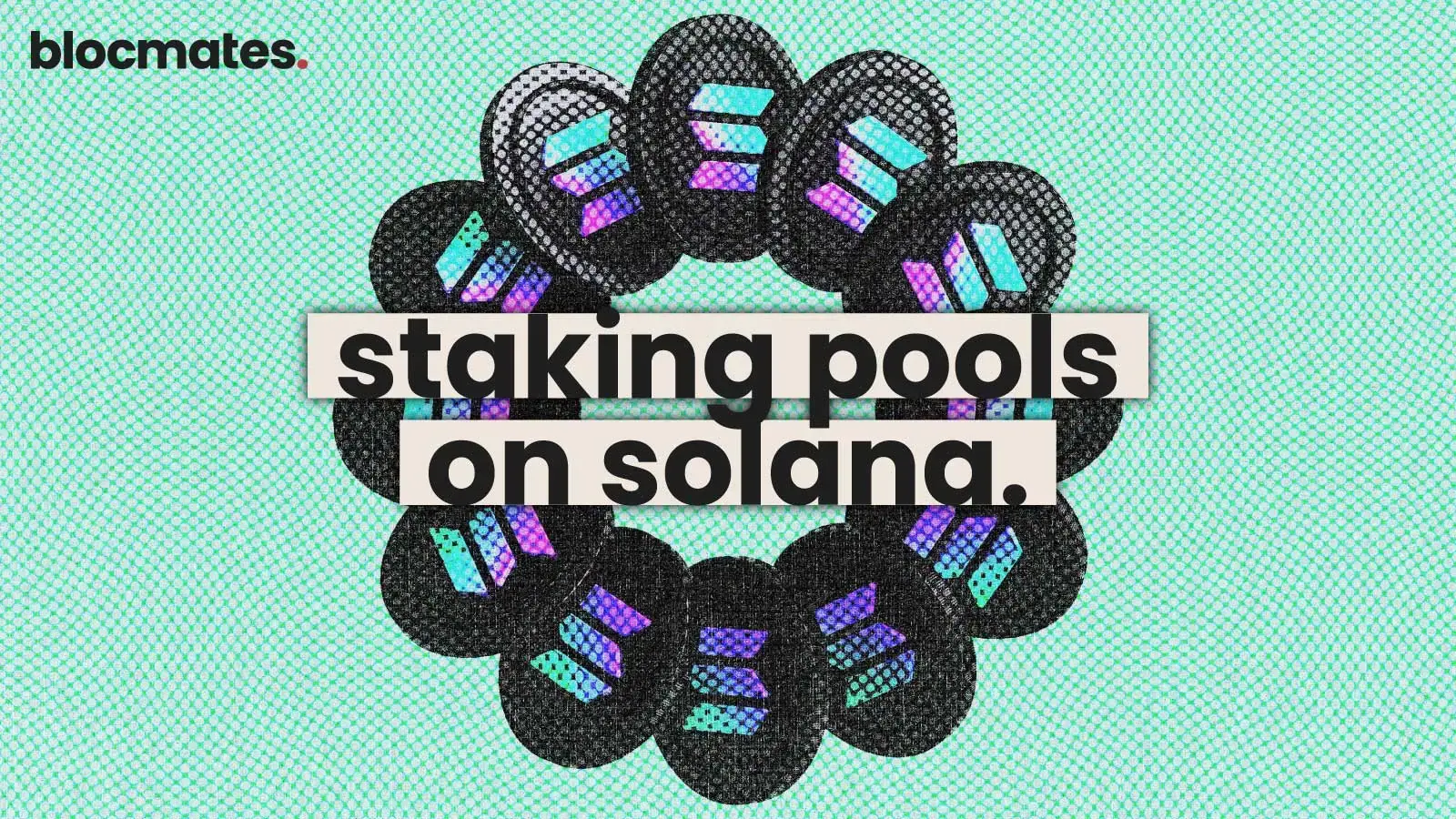




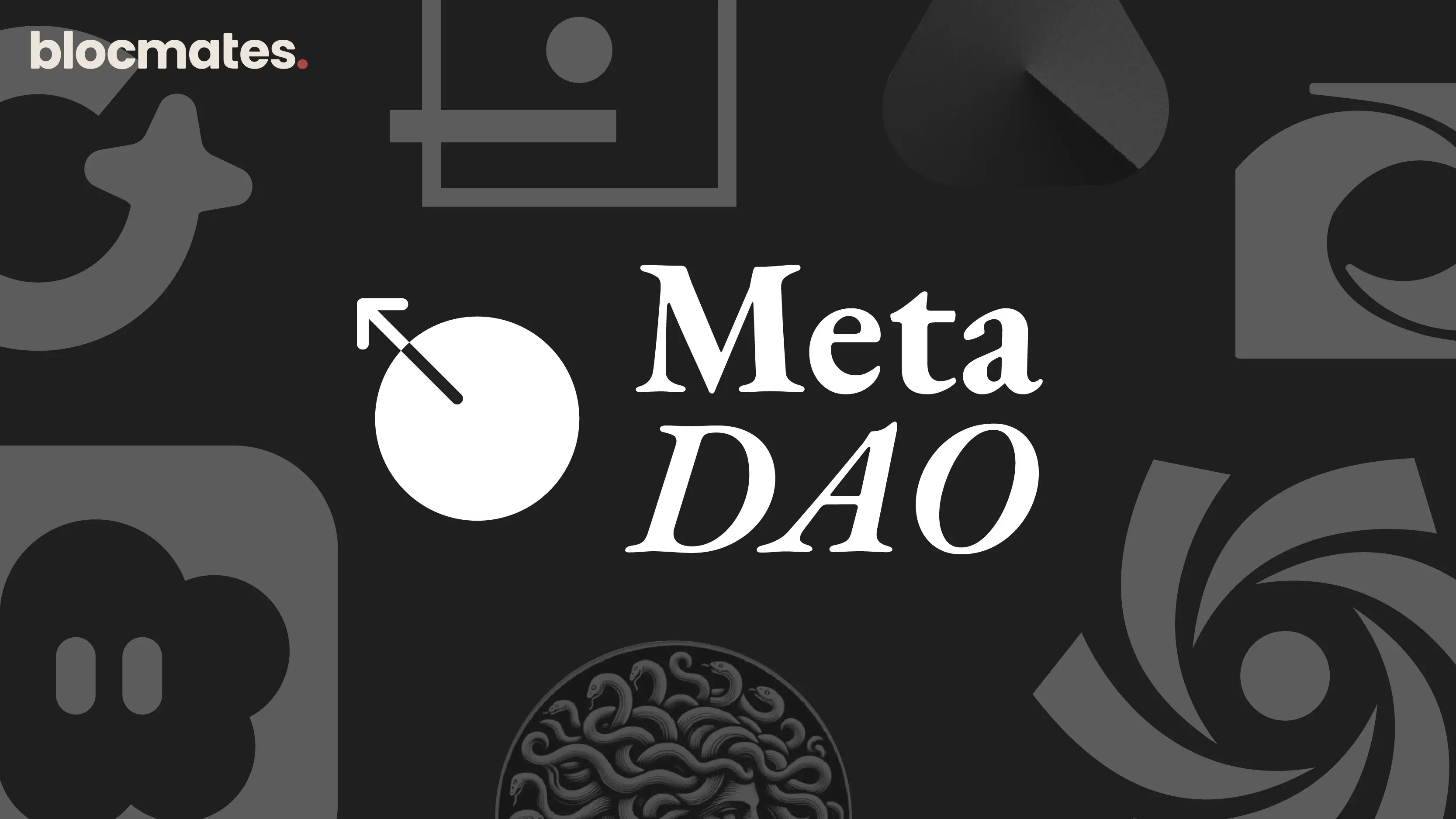
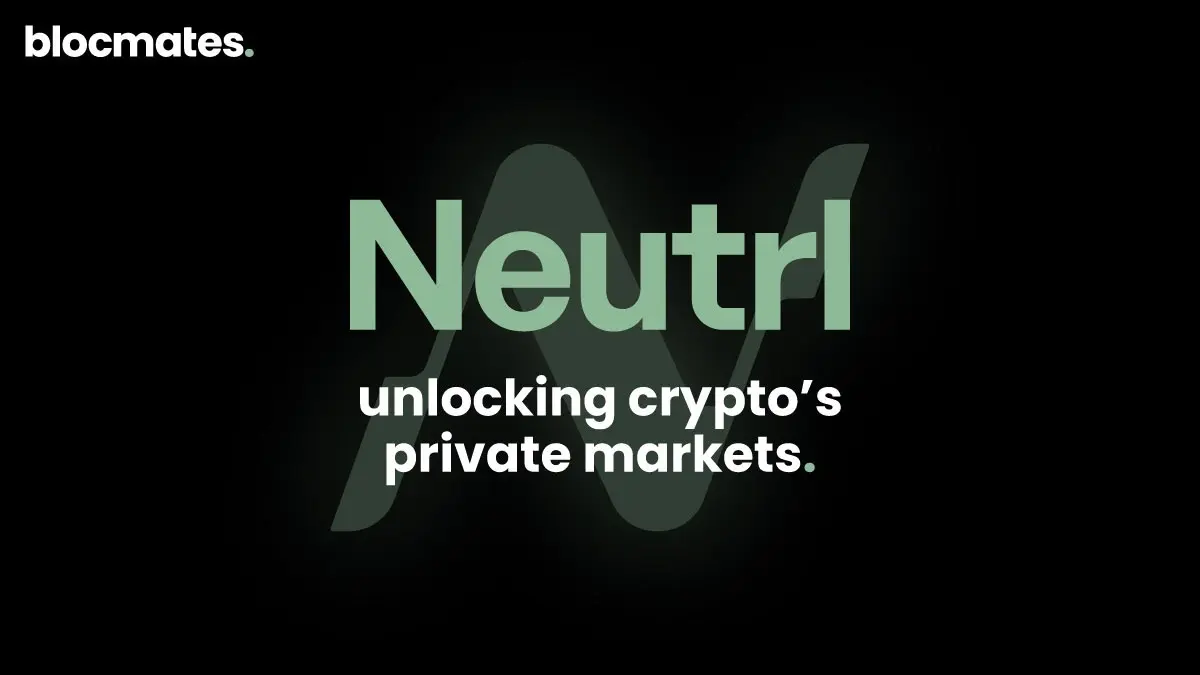


.webp)
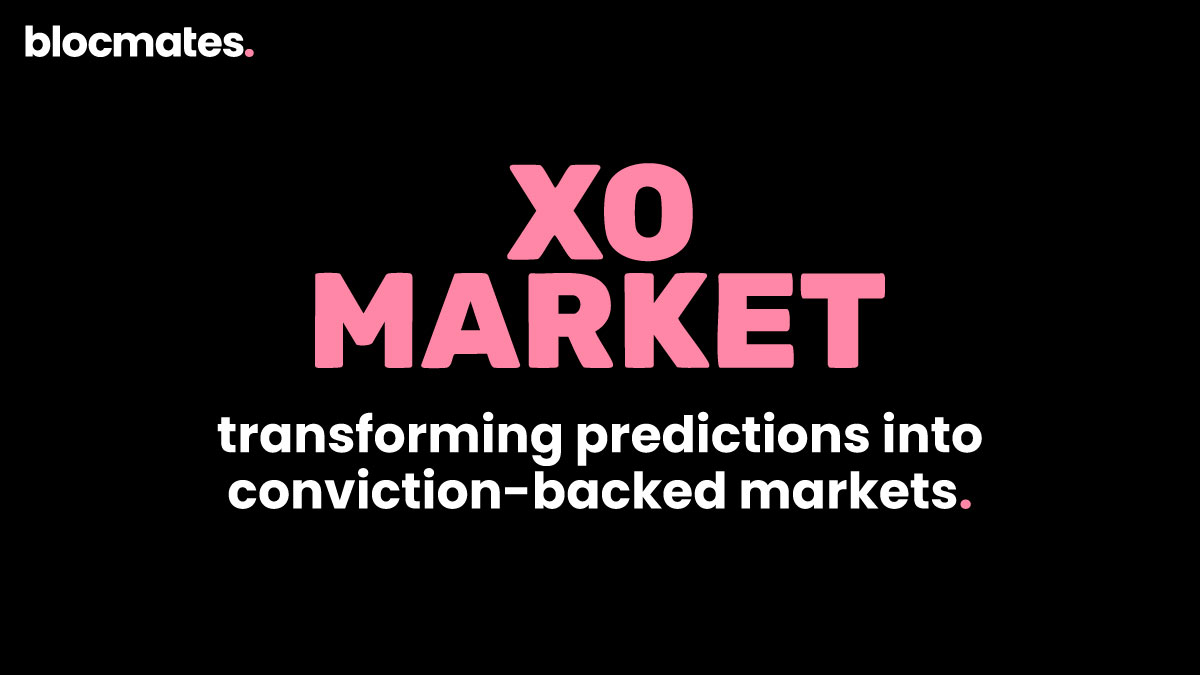
.webp)
.webp)
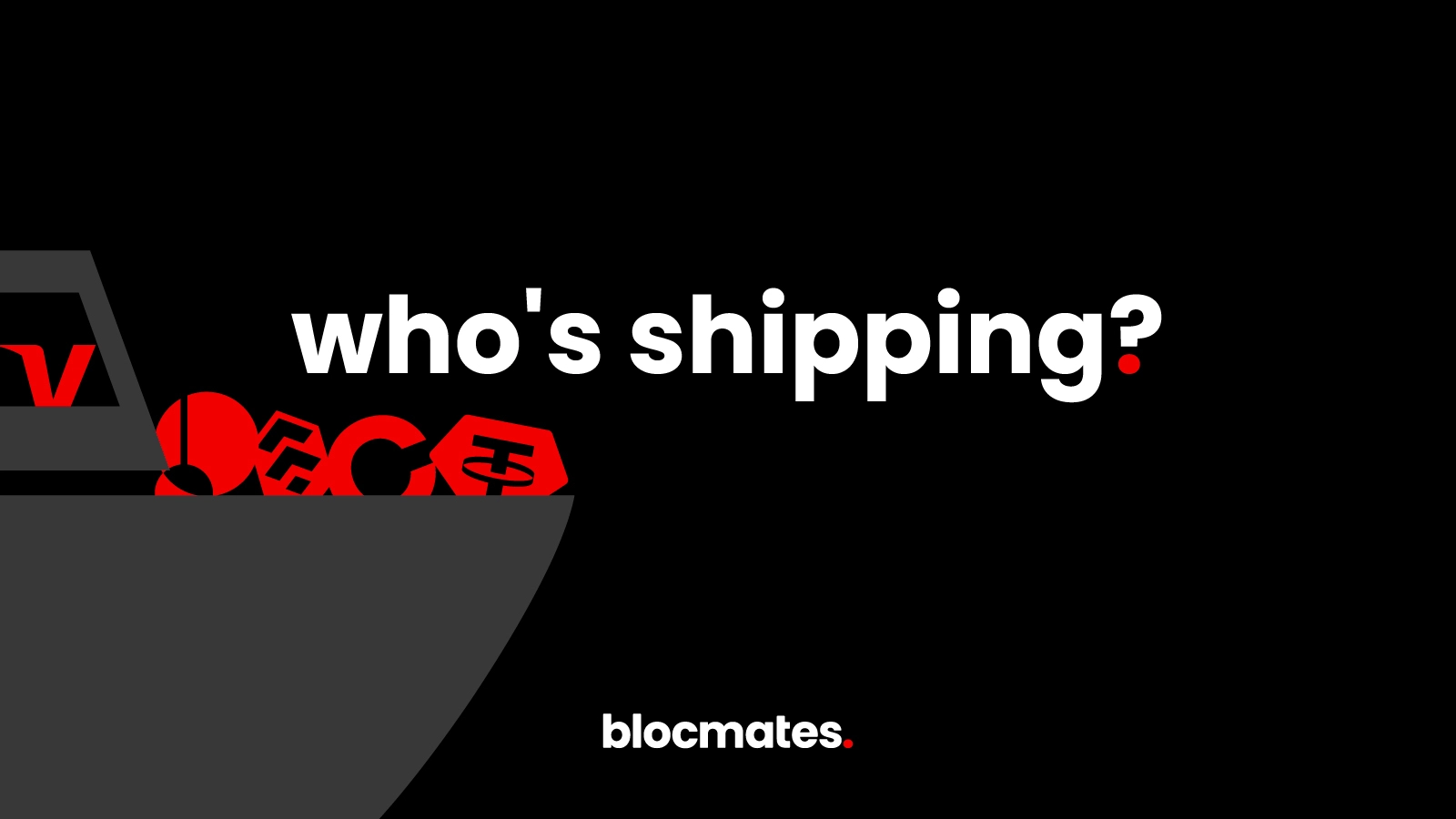
%20(1).webp)
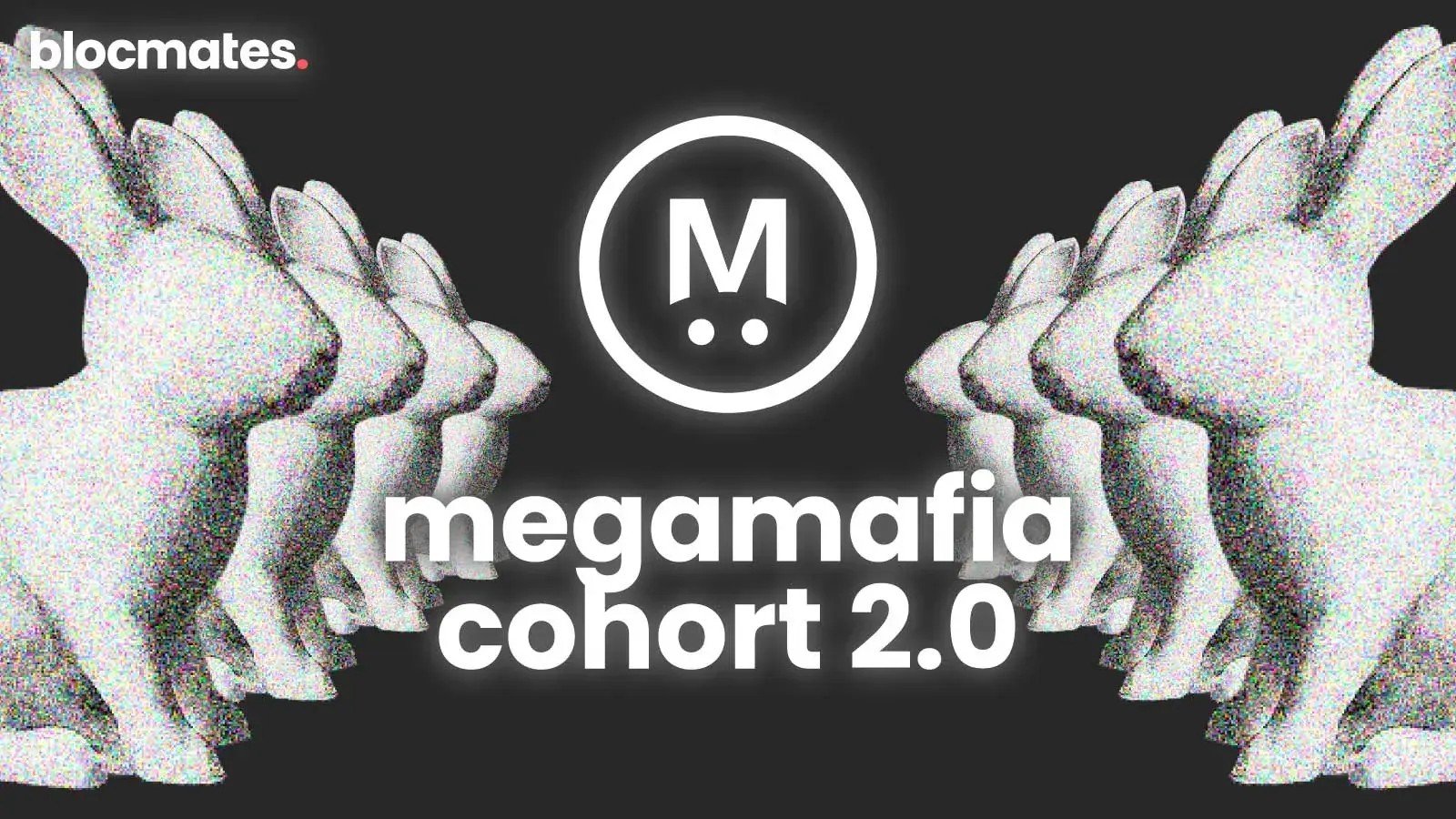
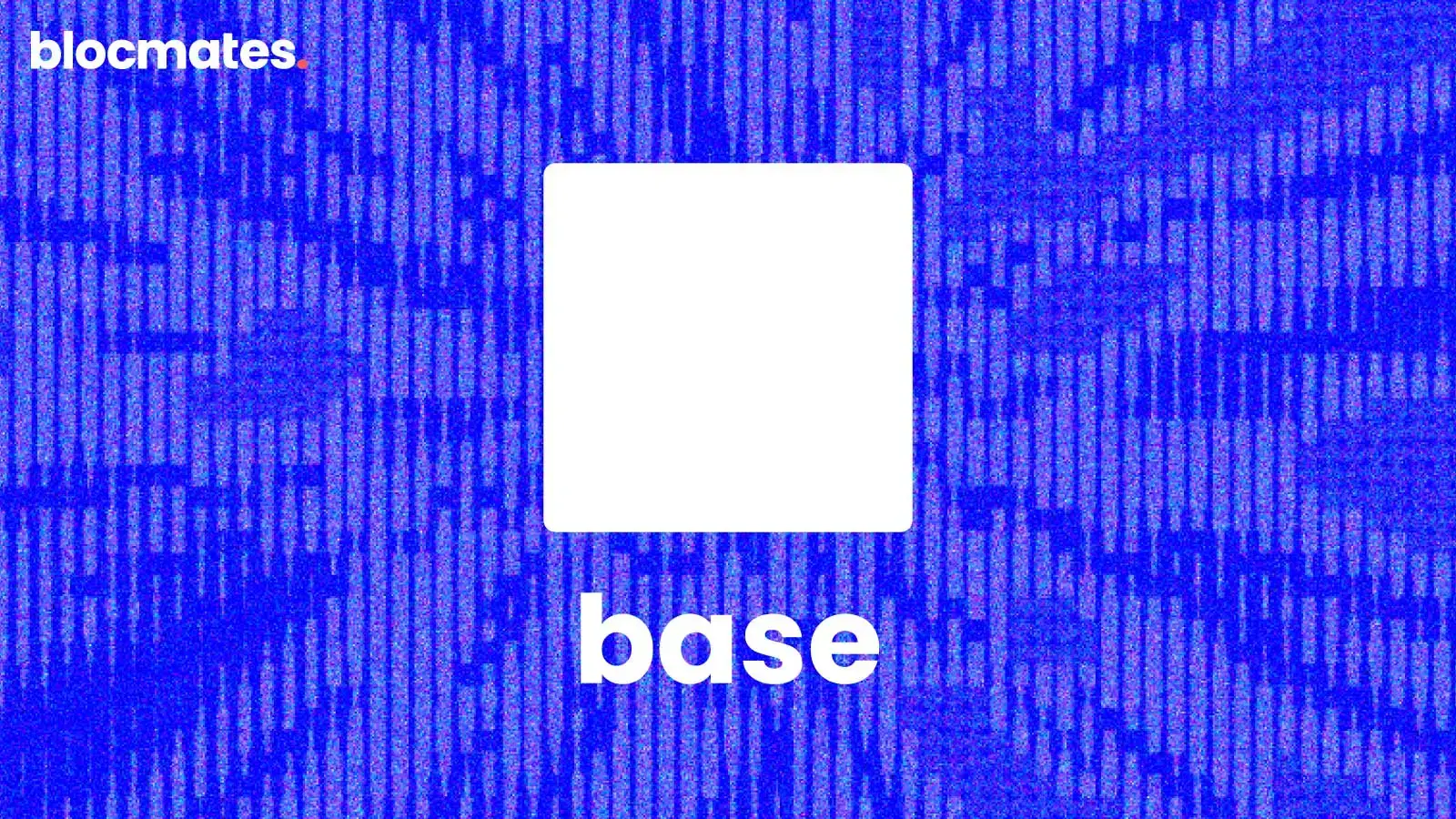
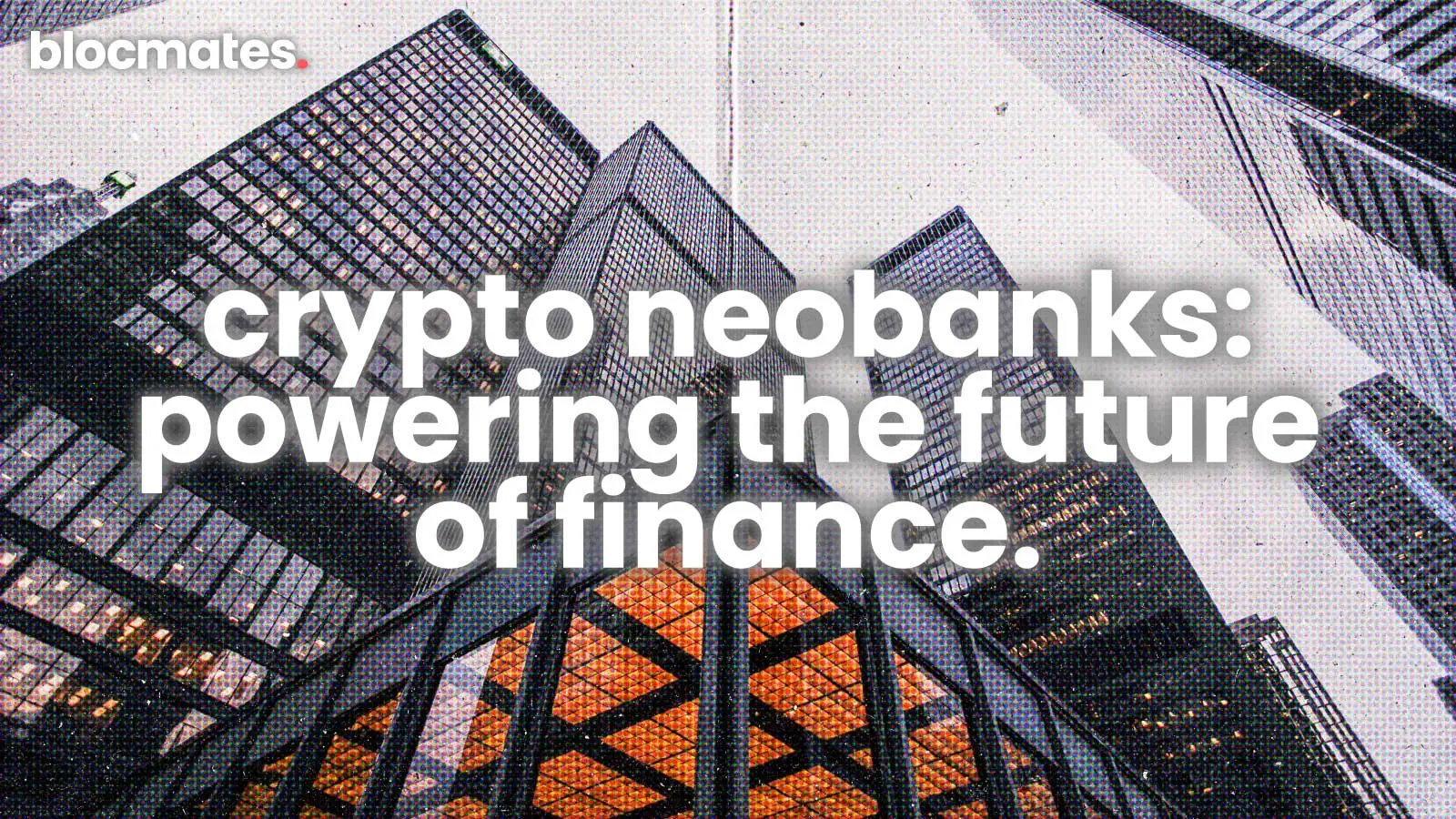


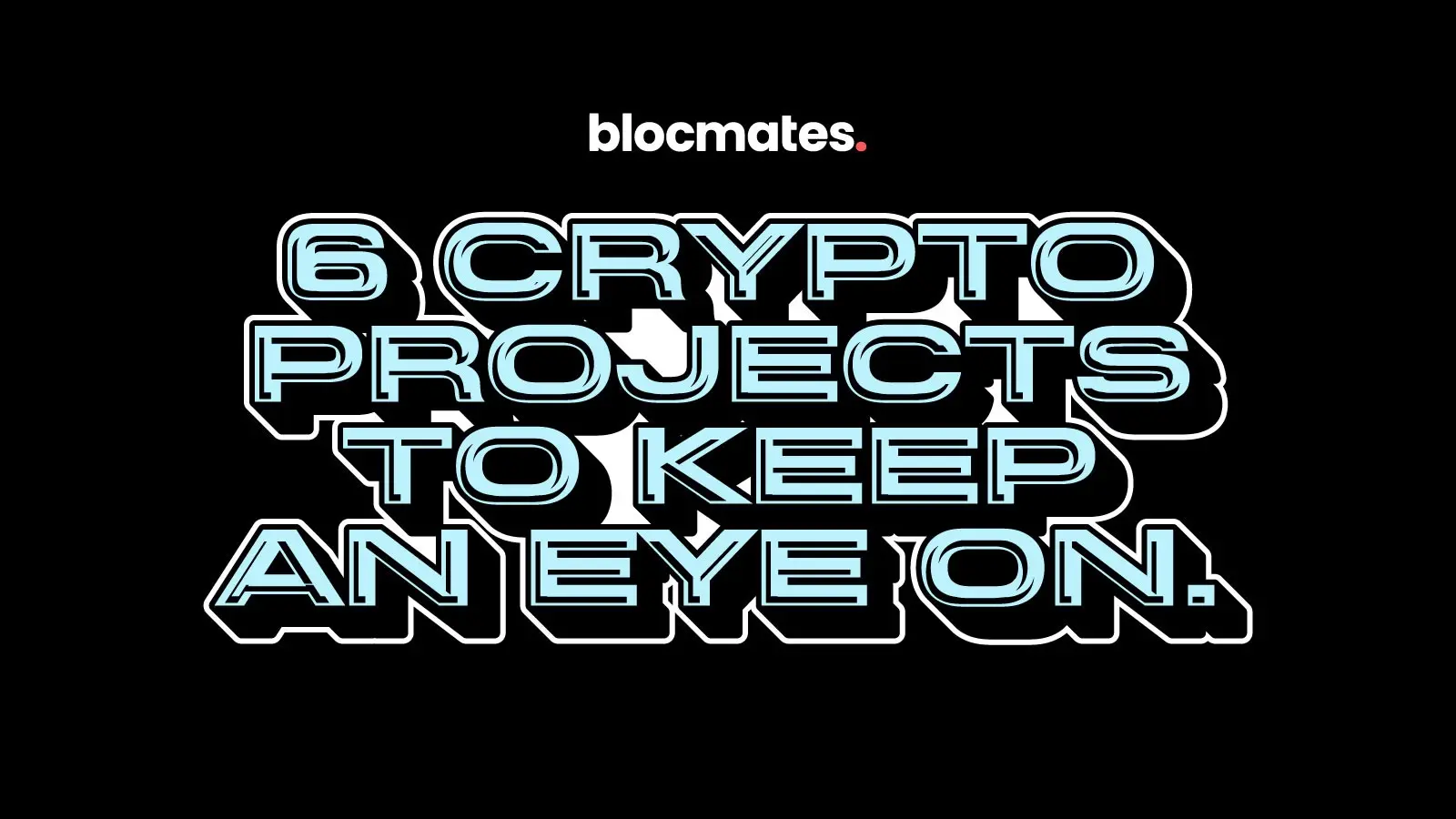
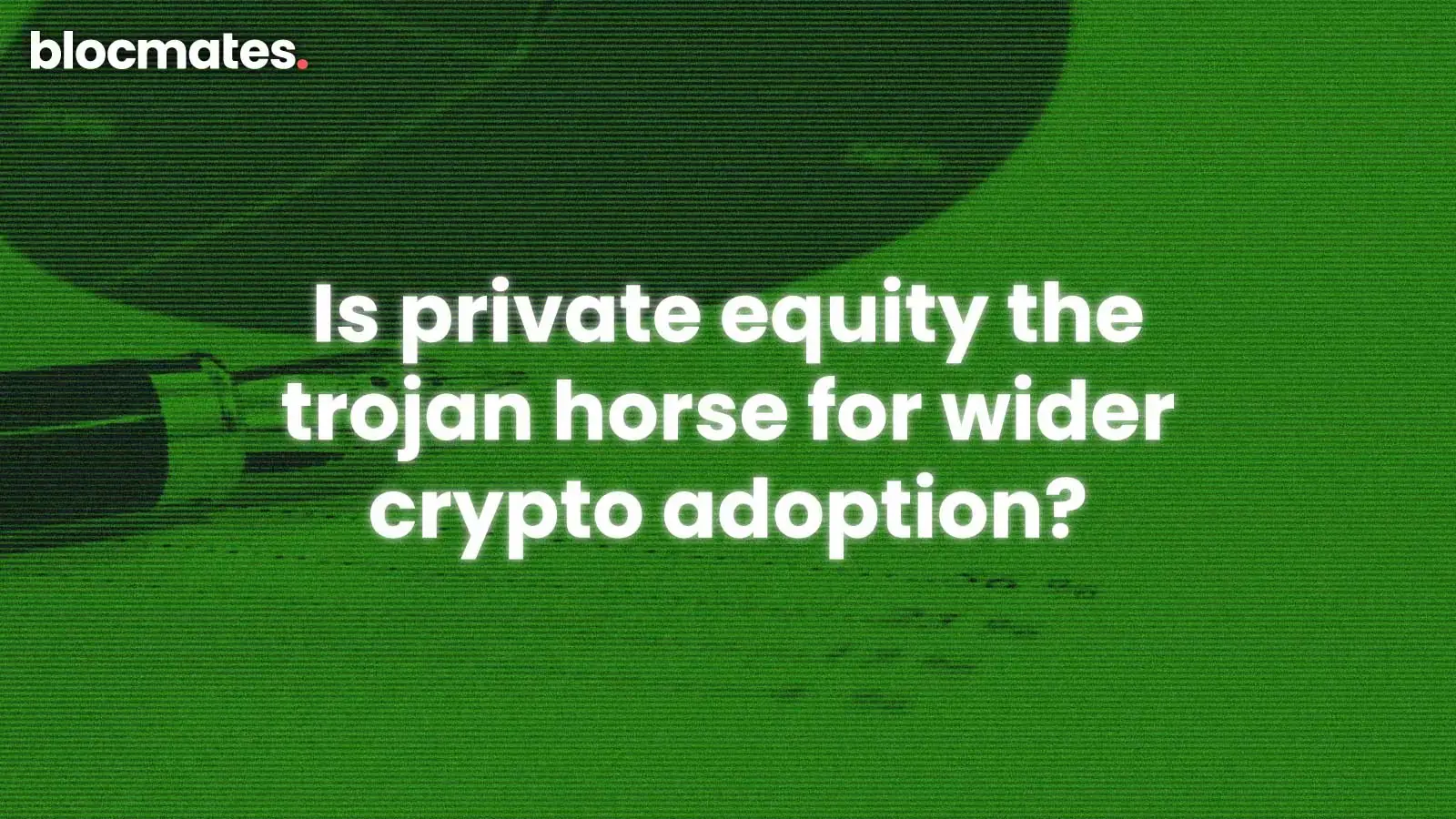
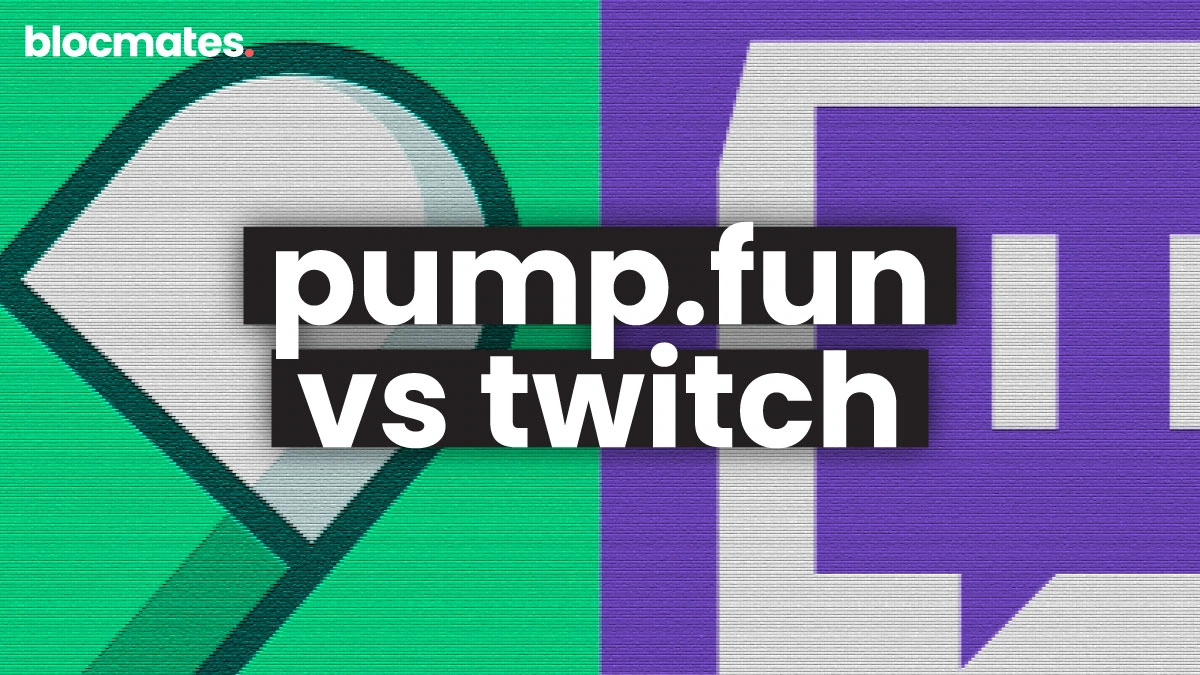

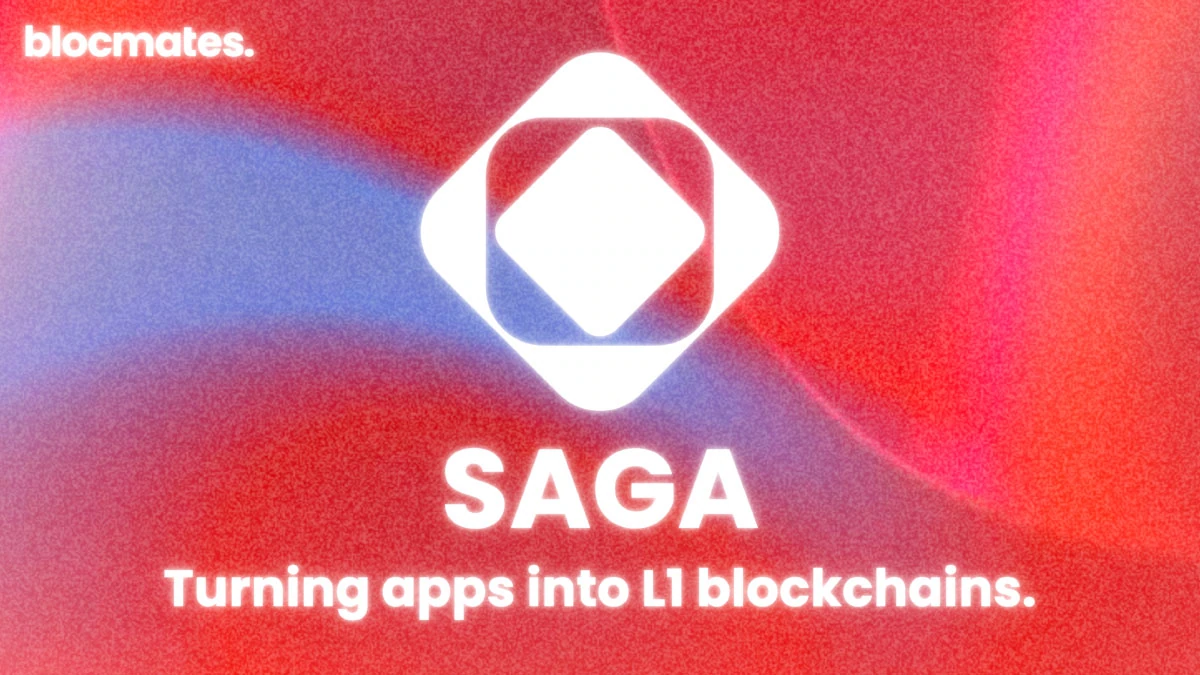
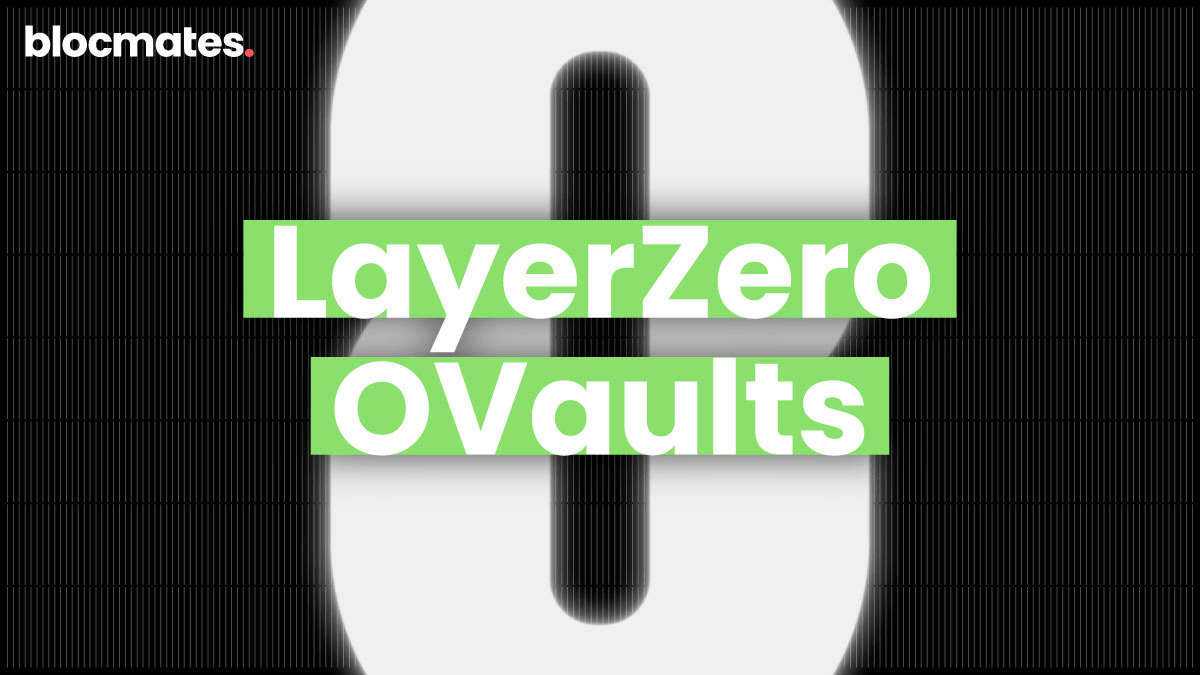
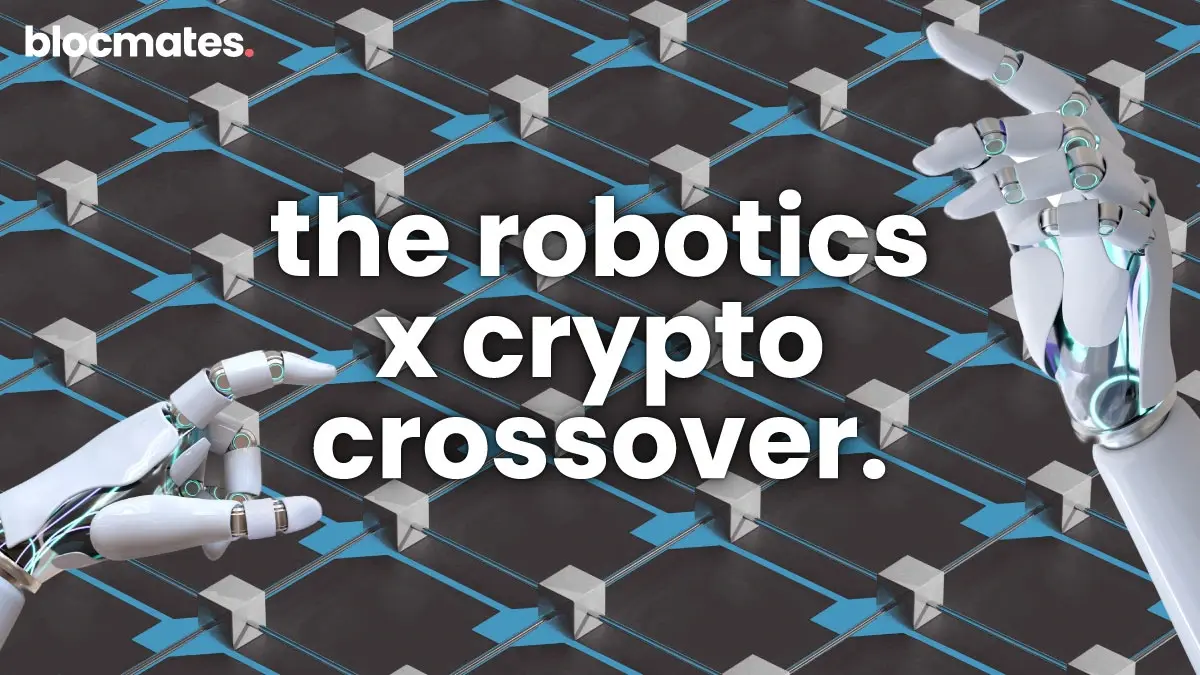
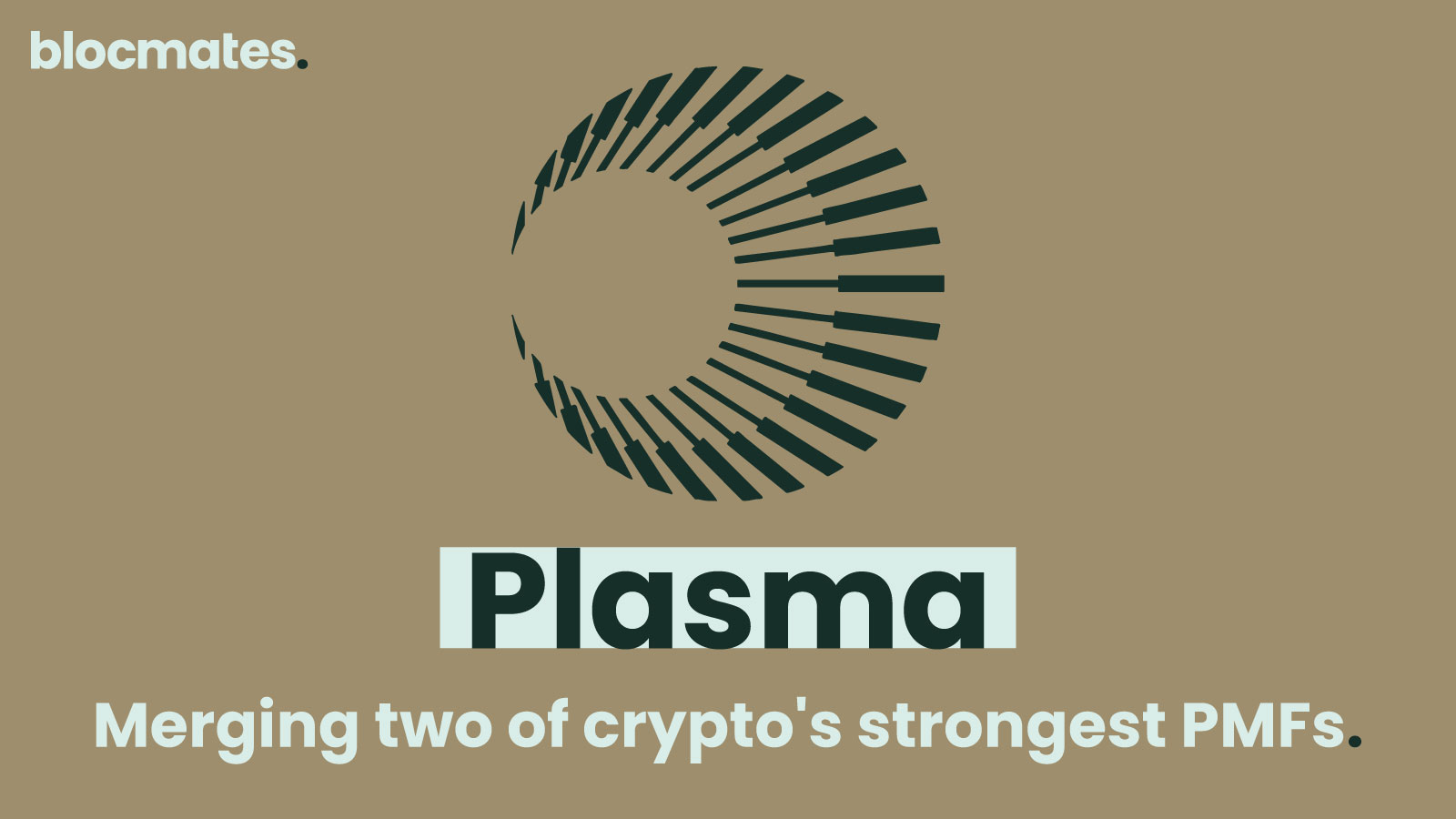
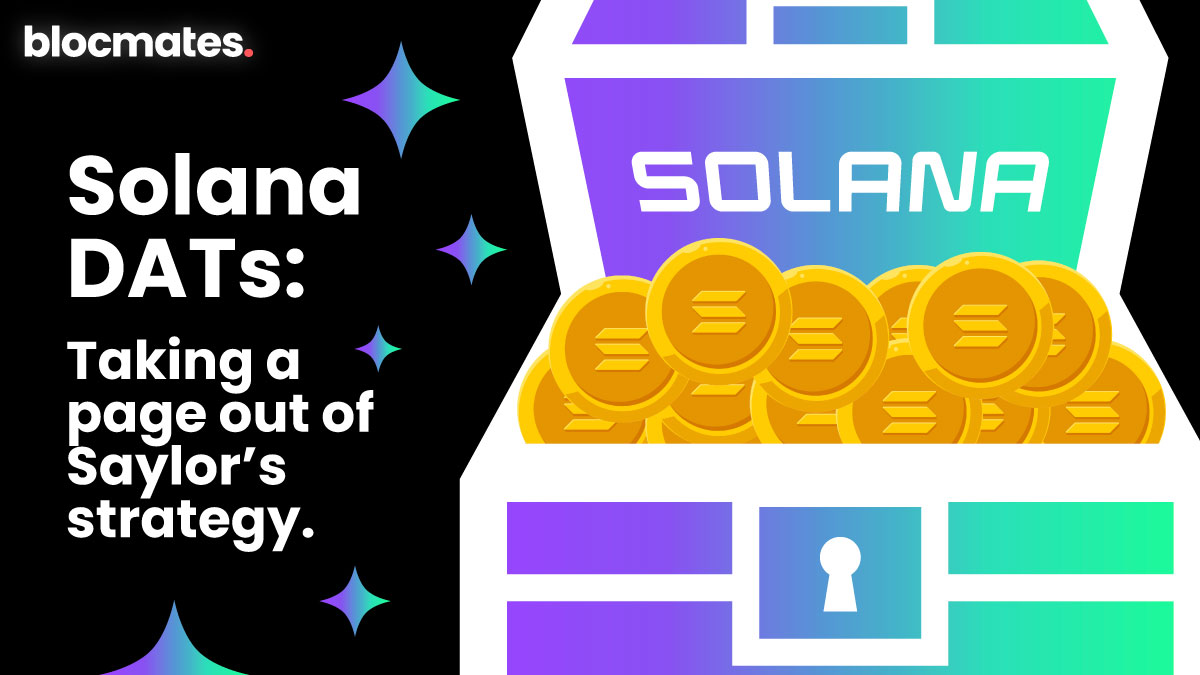
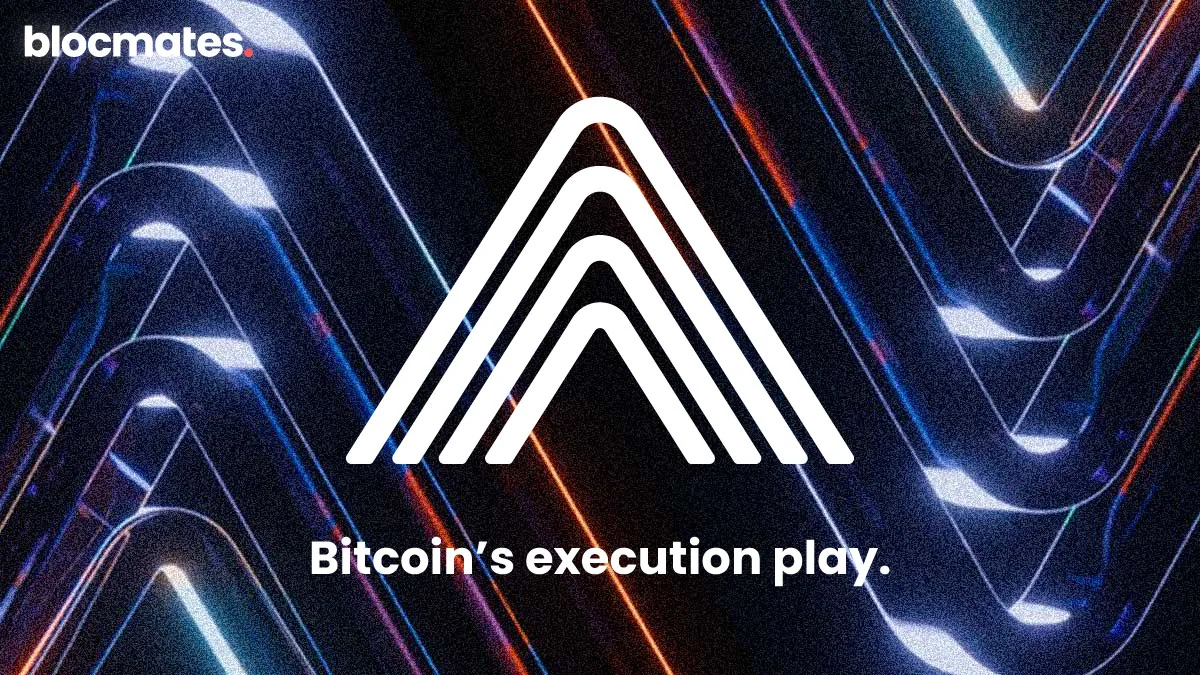
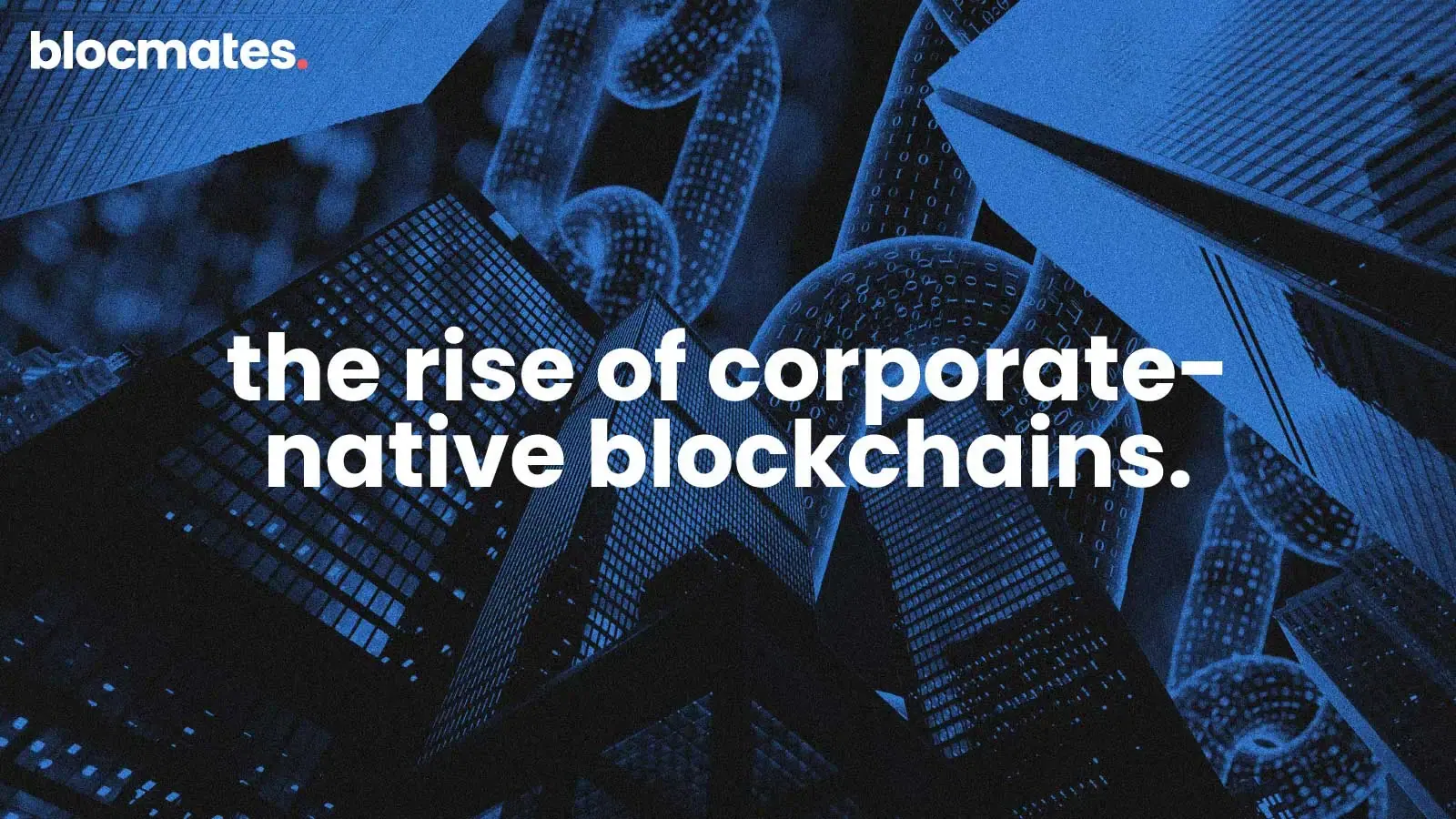
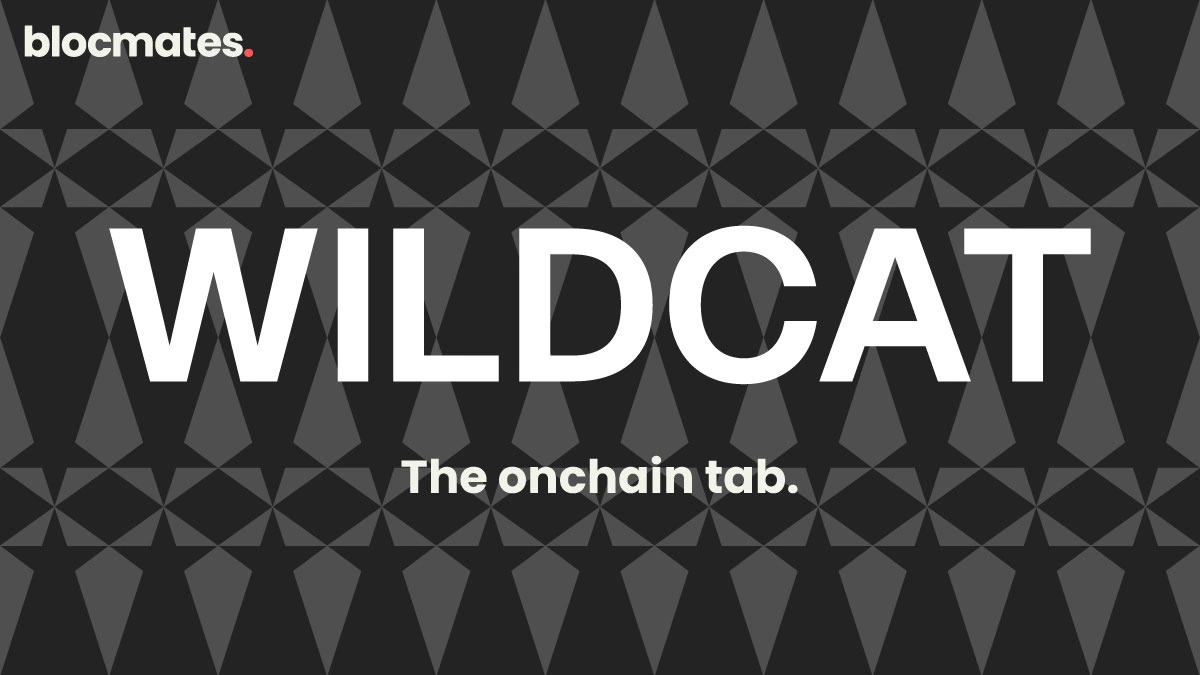
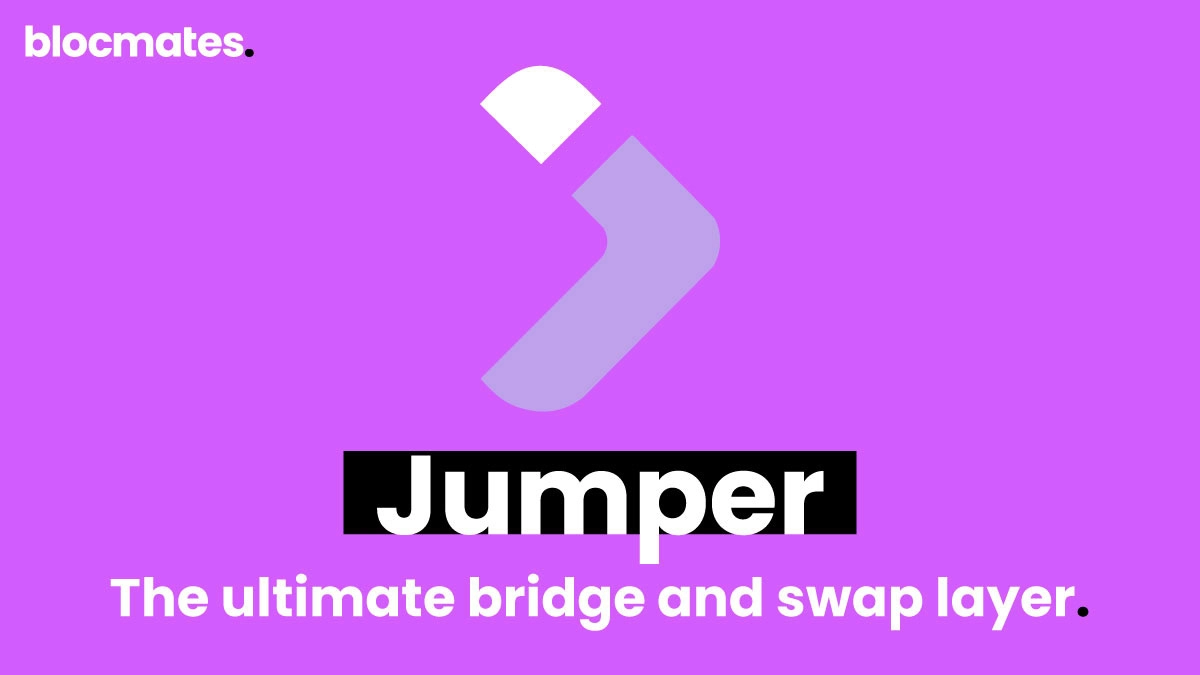
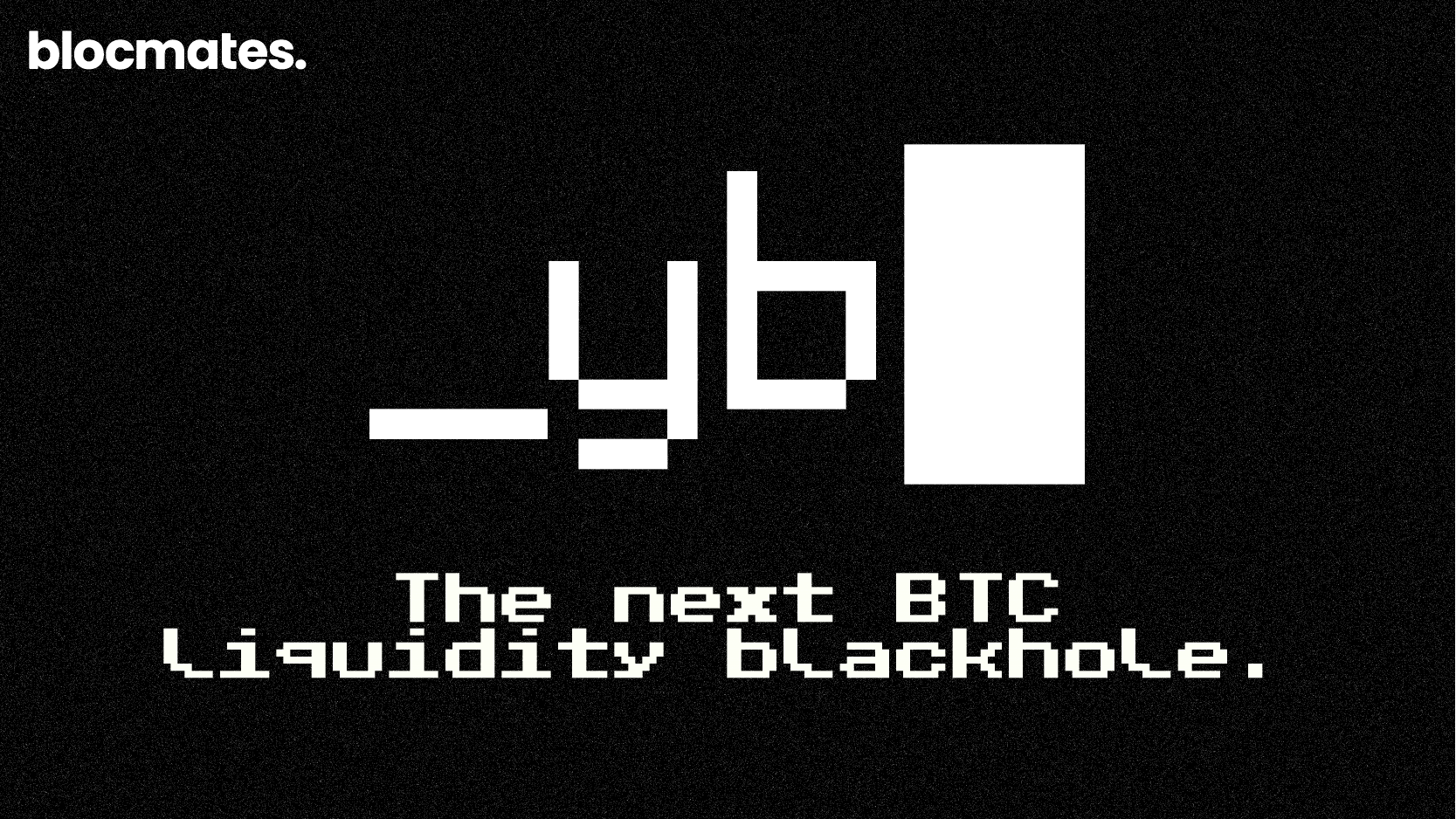
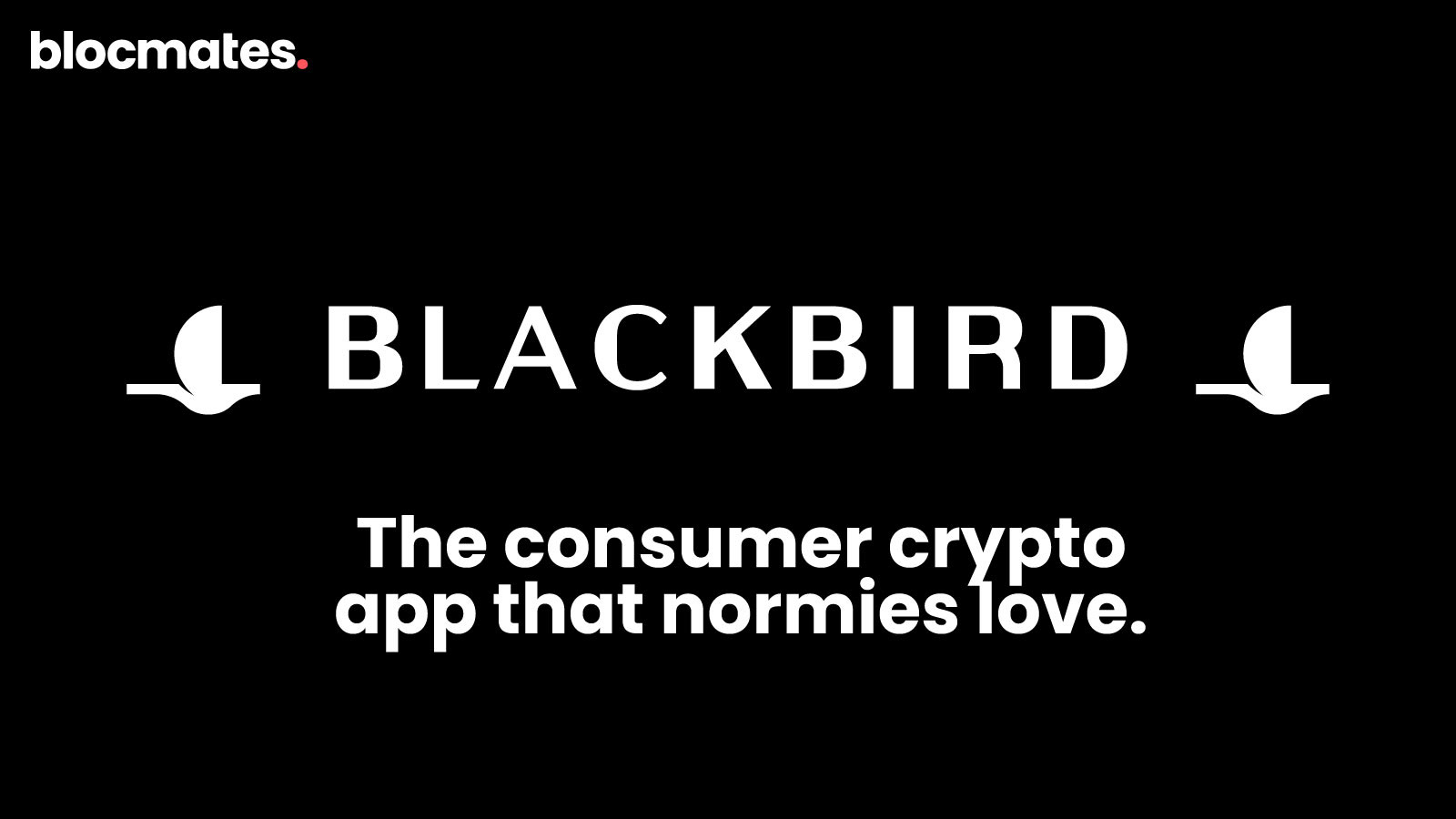
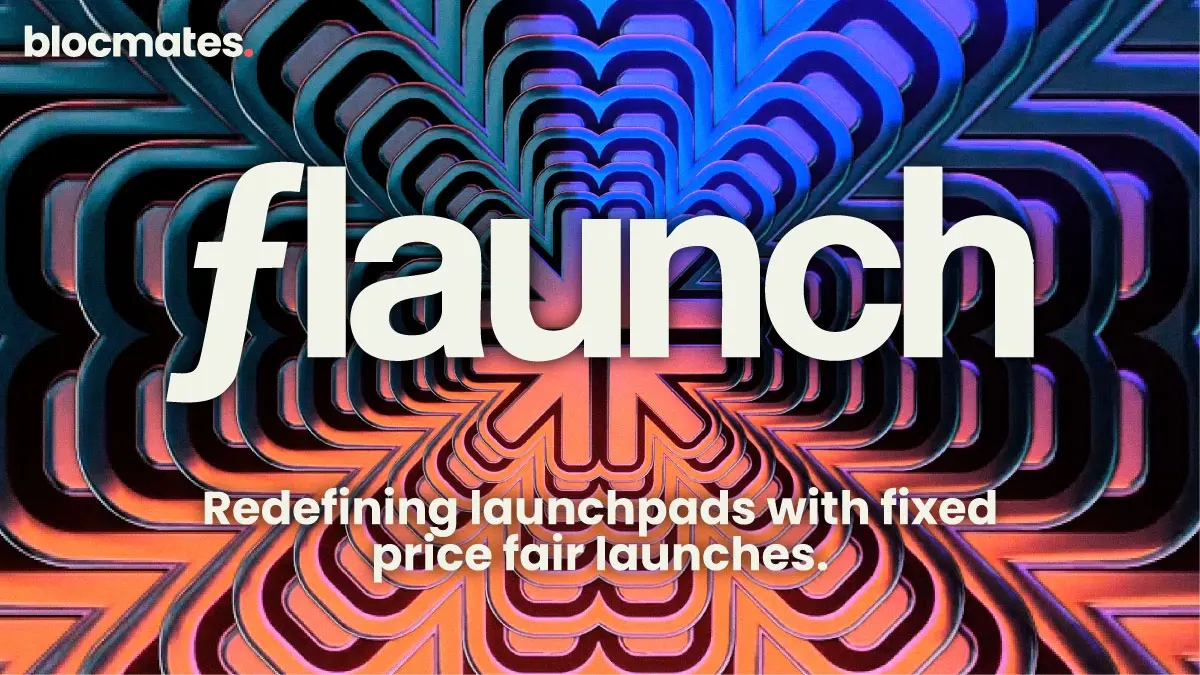

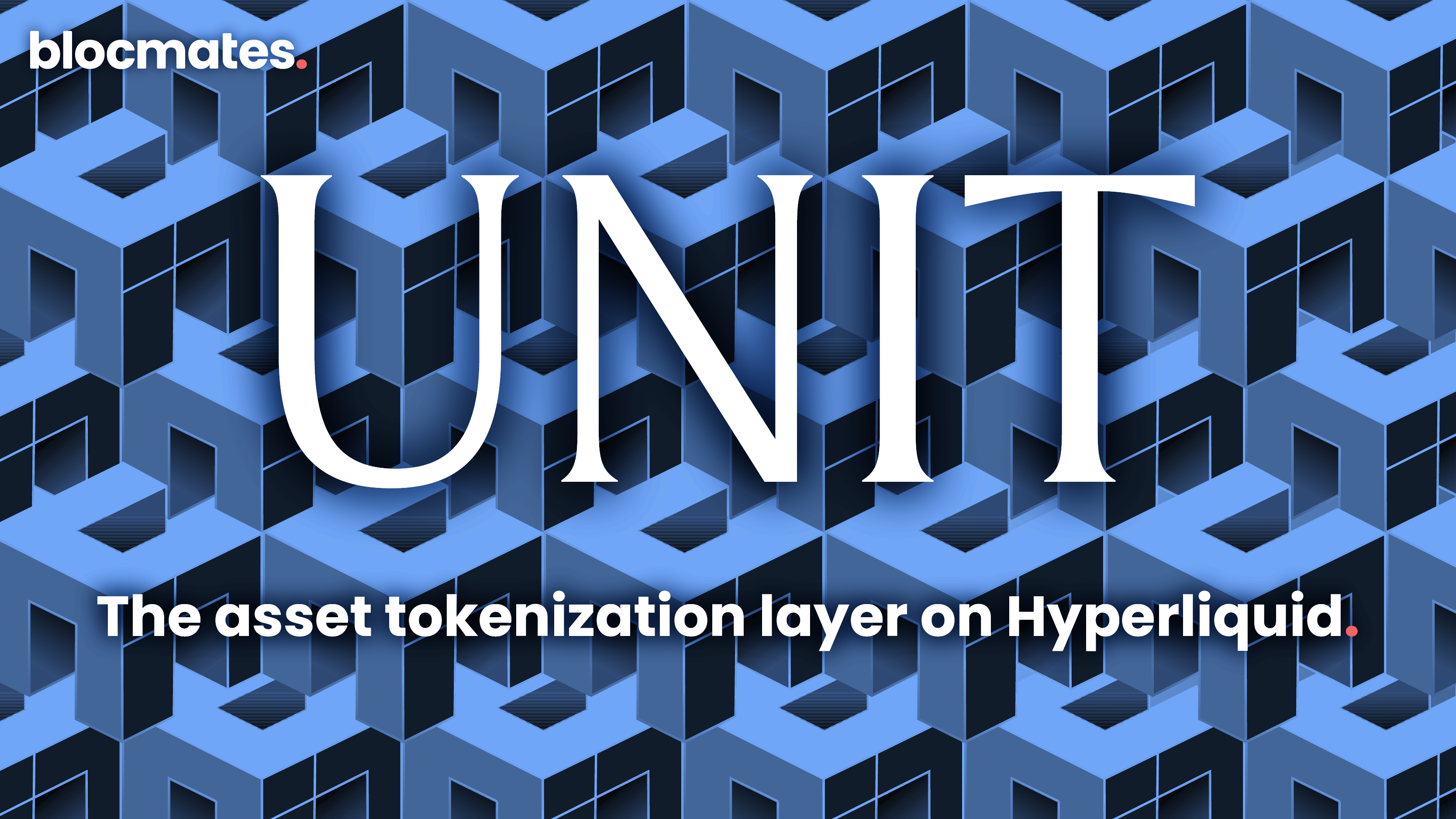
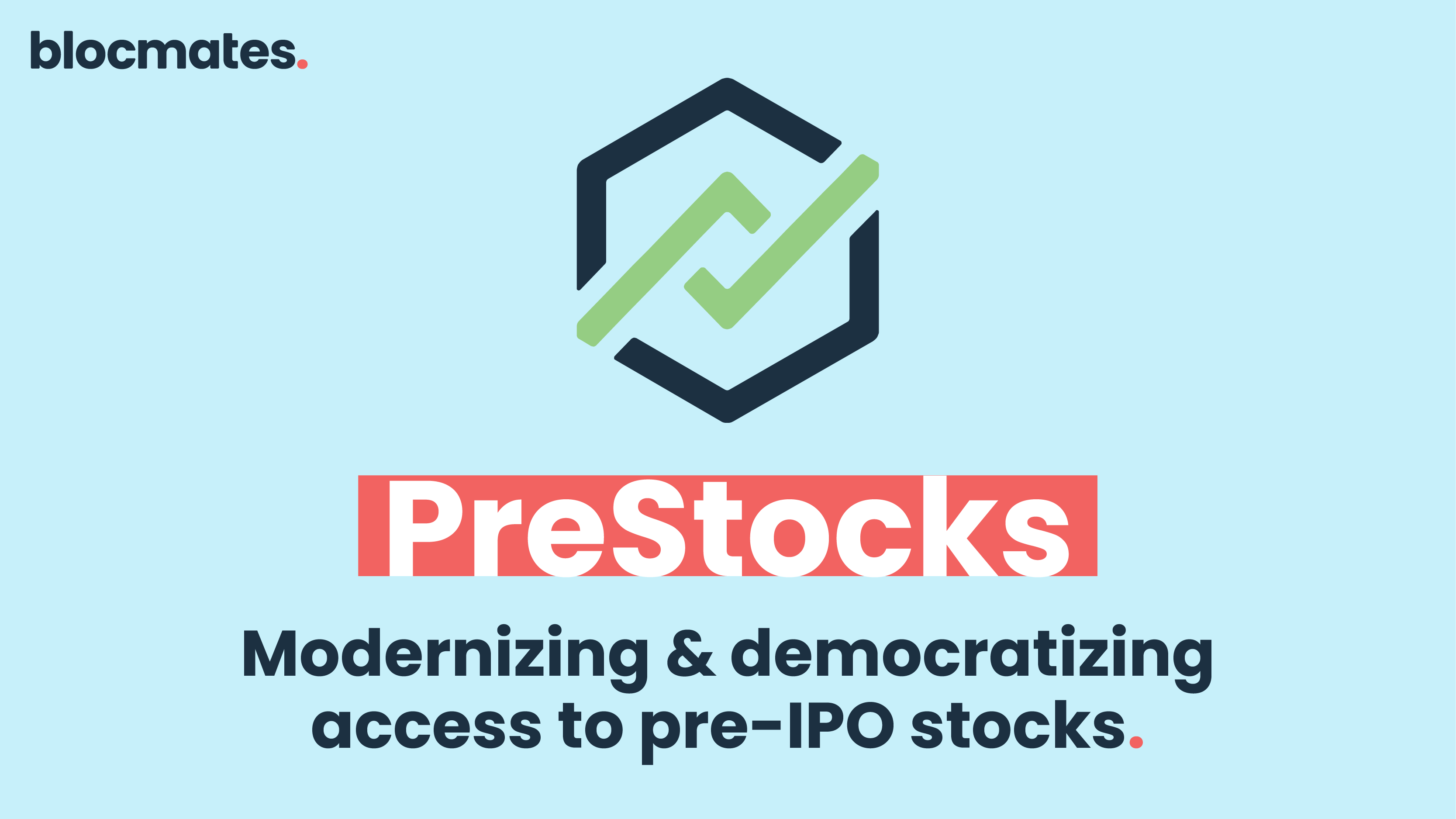

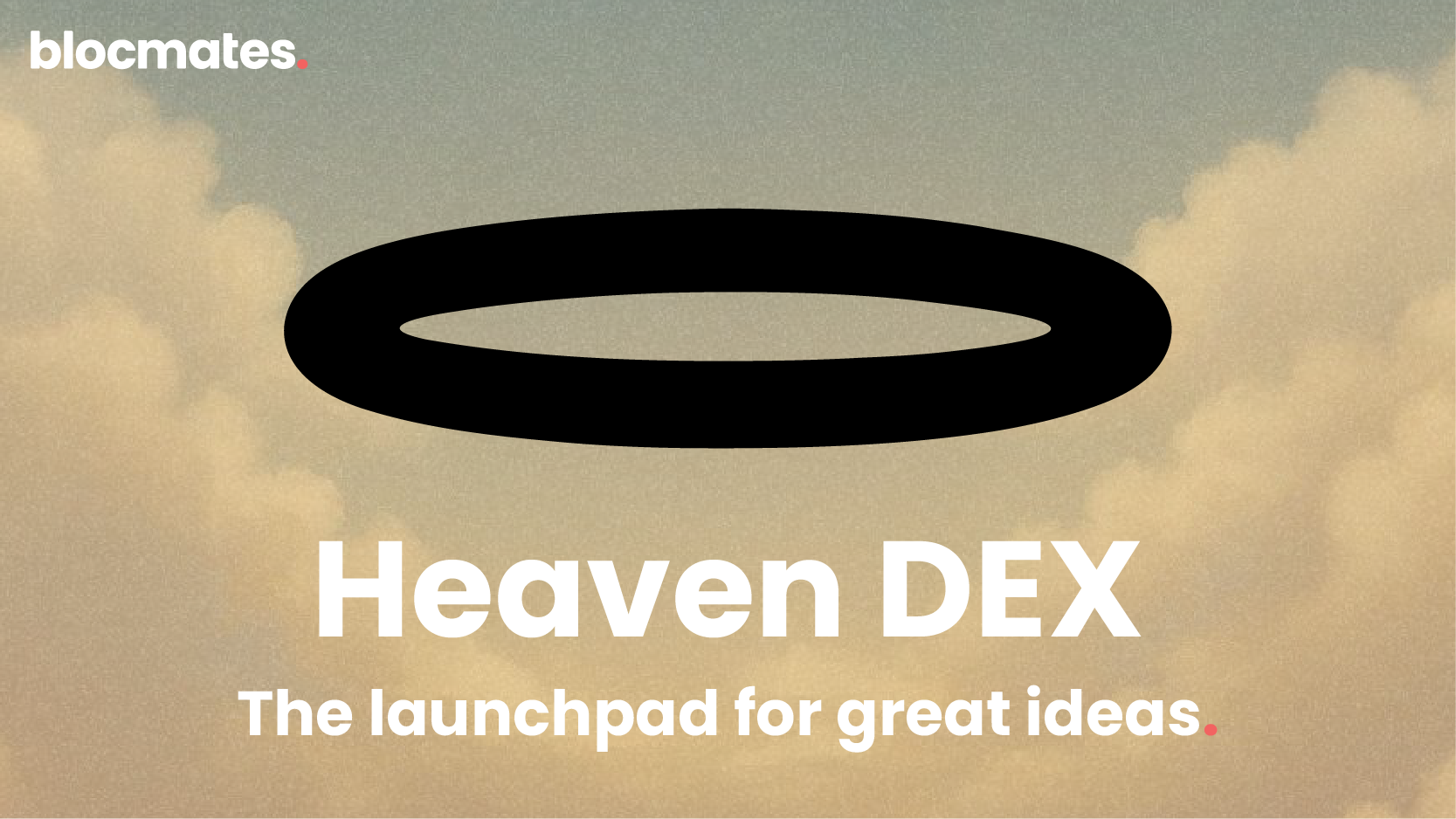
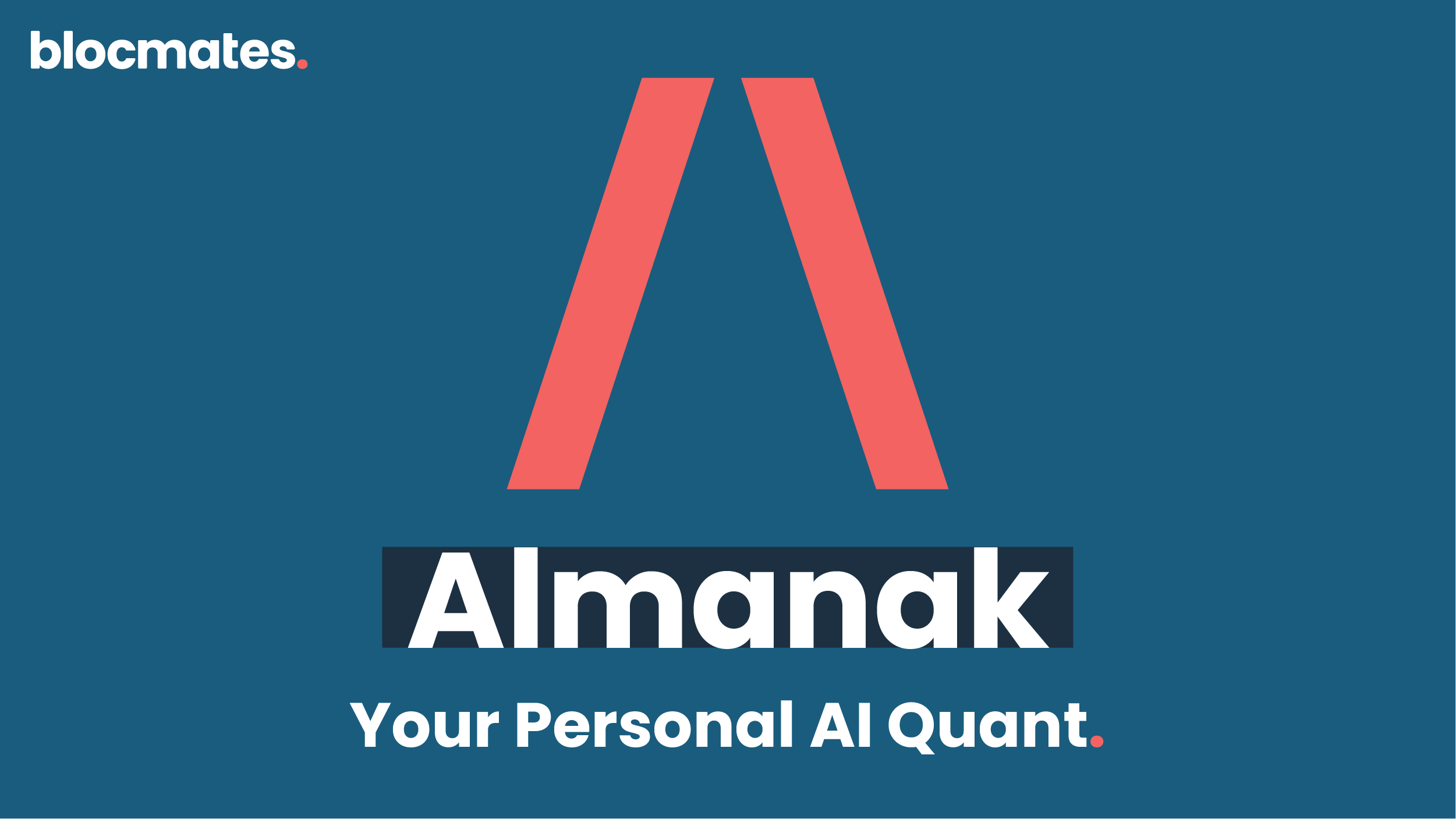
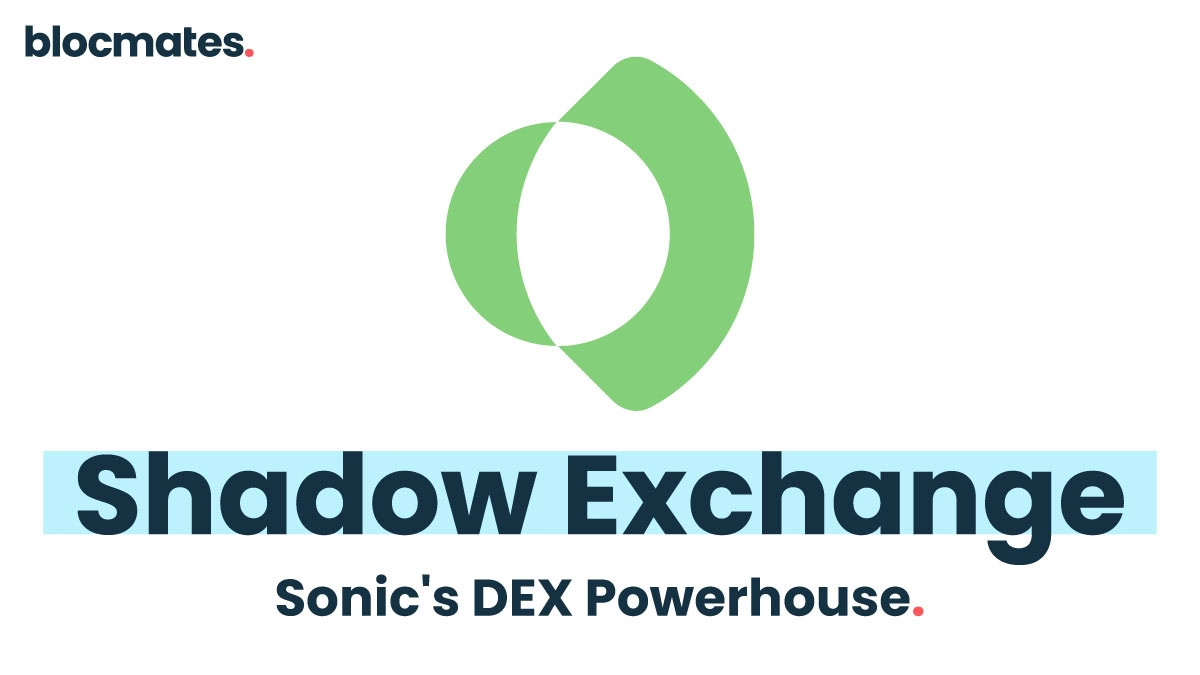
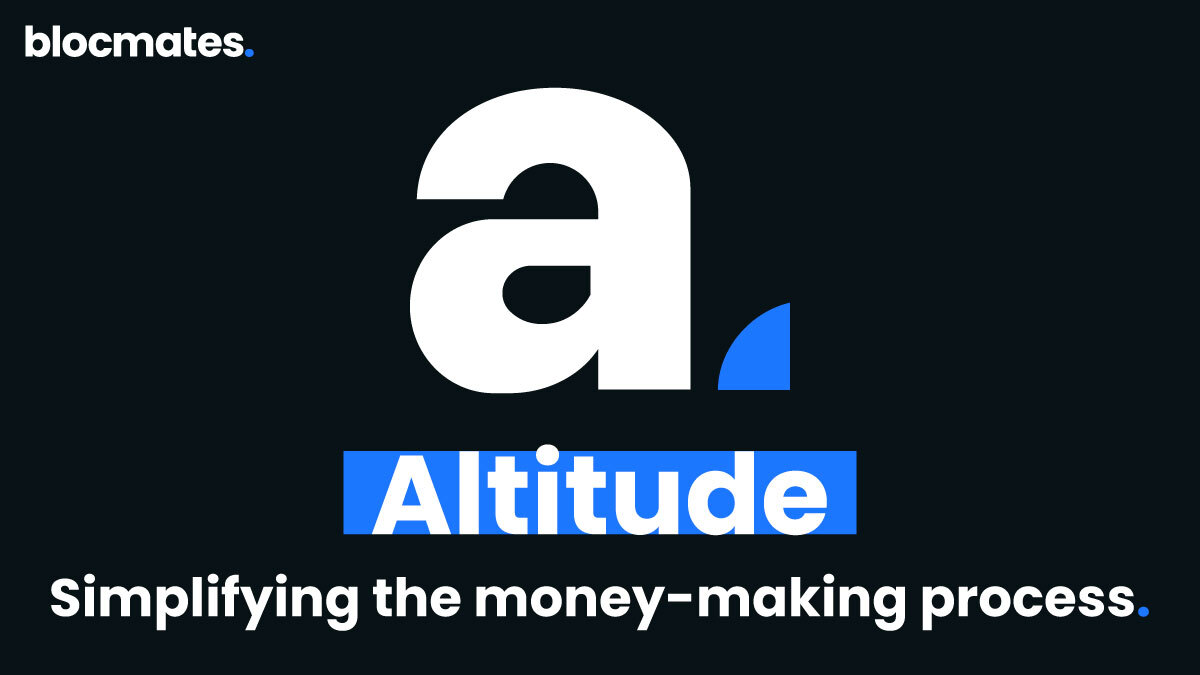
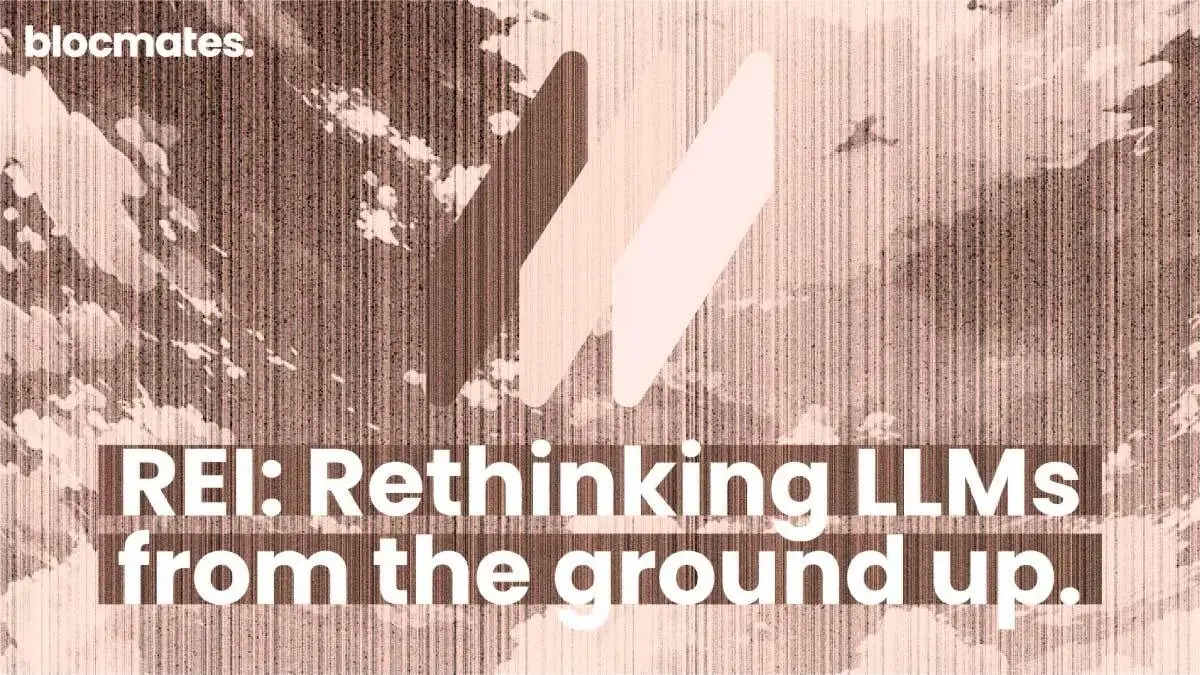
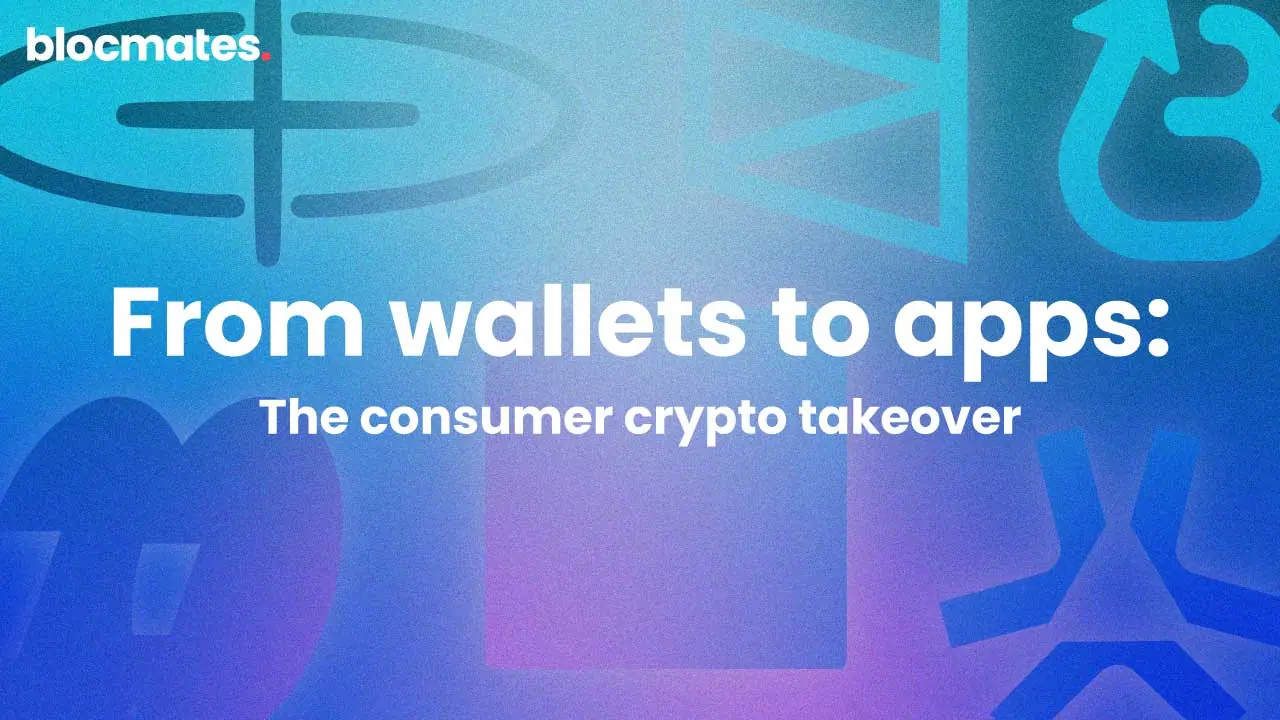
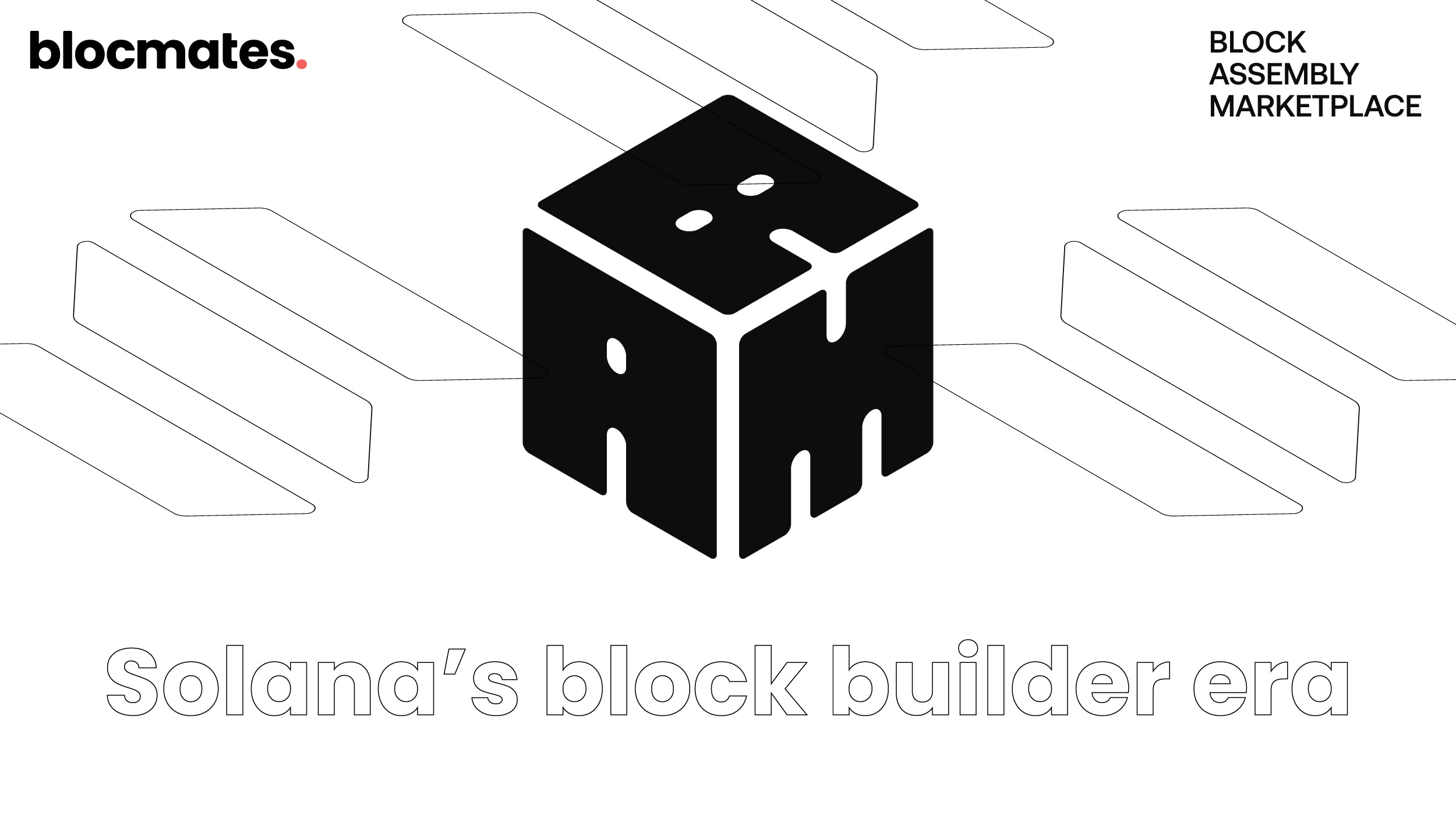
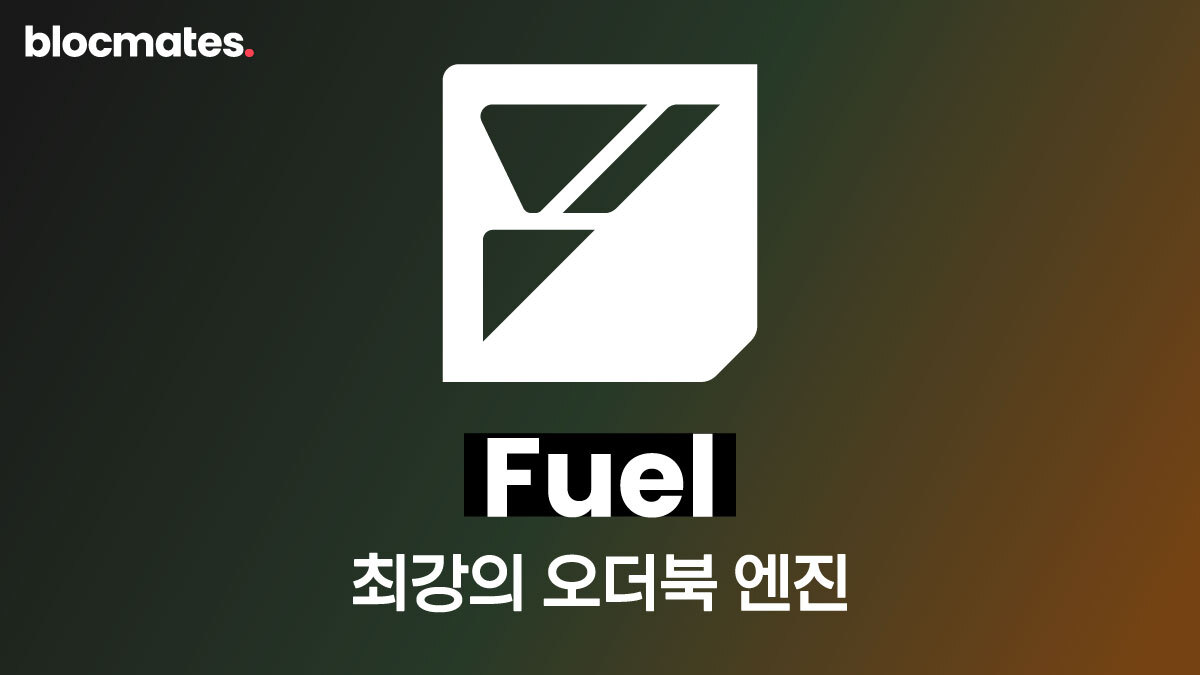
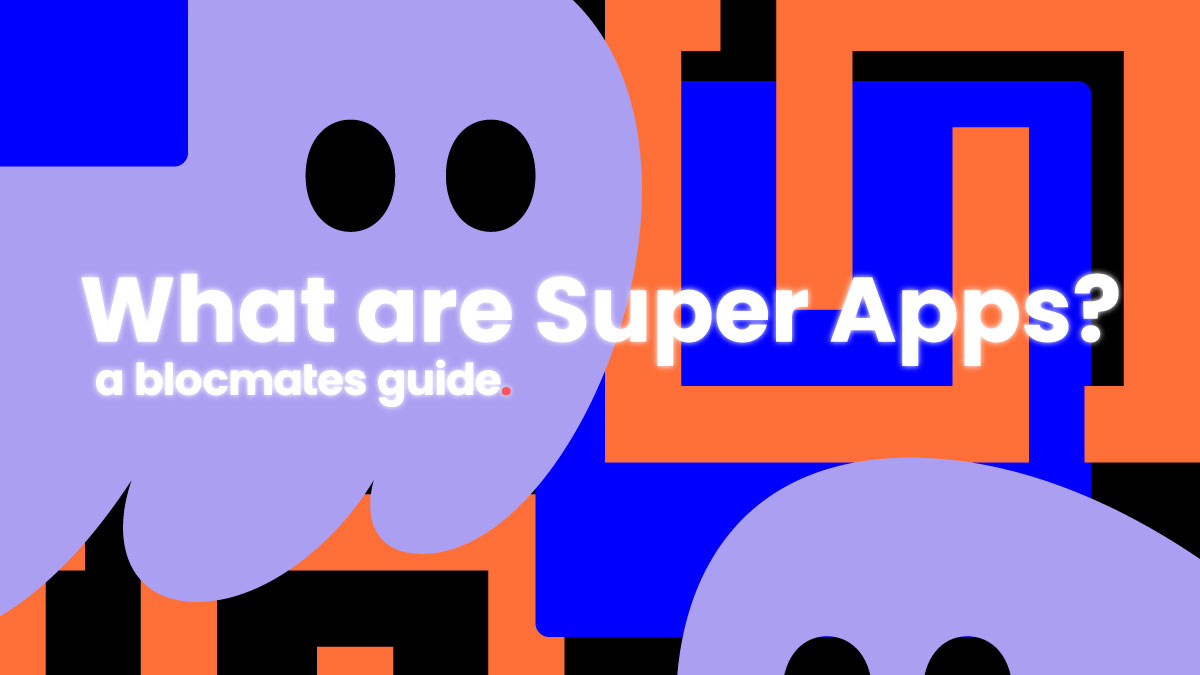
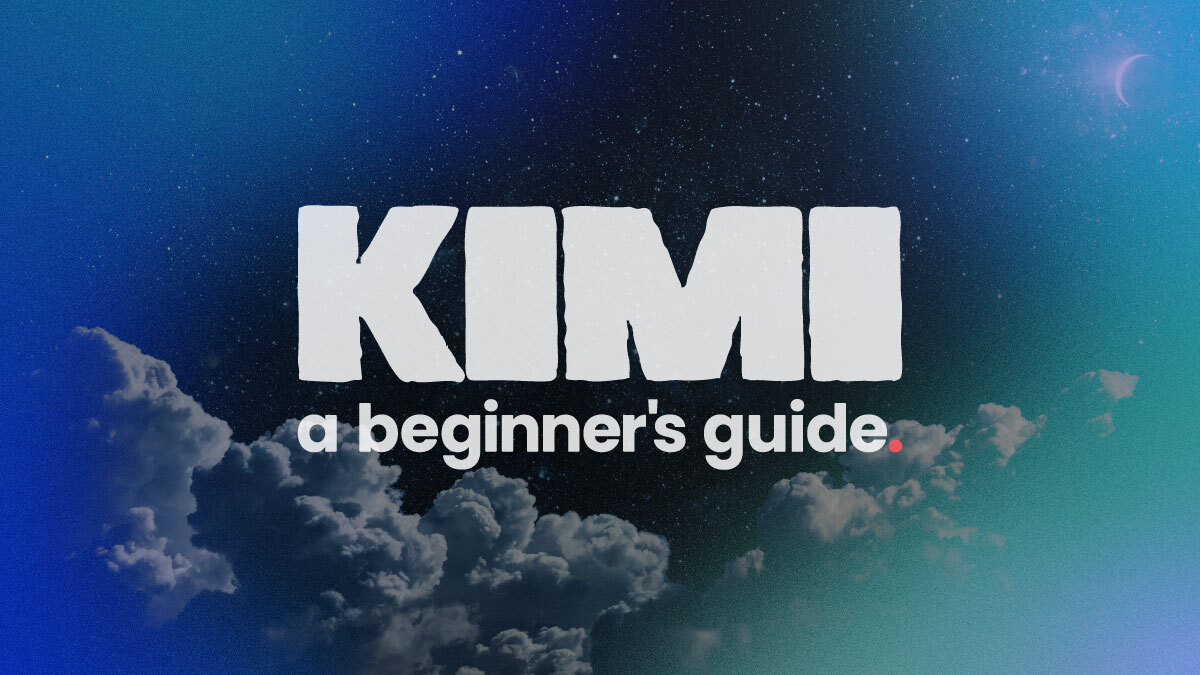
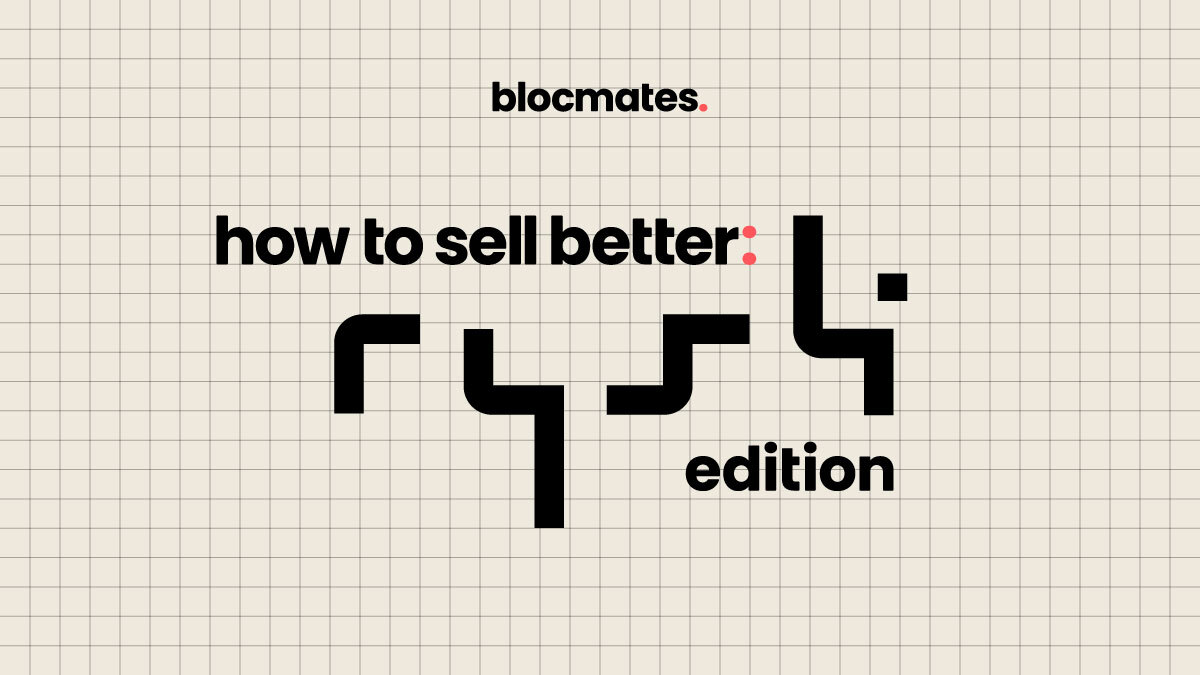


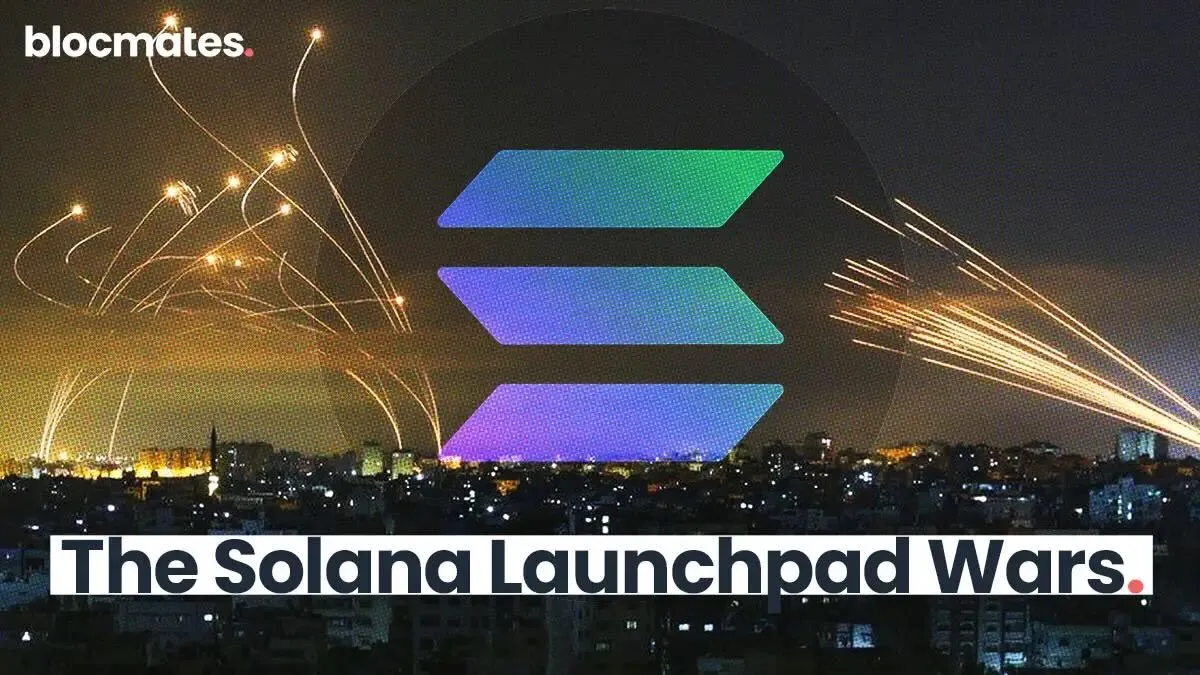



















%202.webp)


.webp)

.webp)
.webp)
.webp)


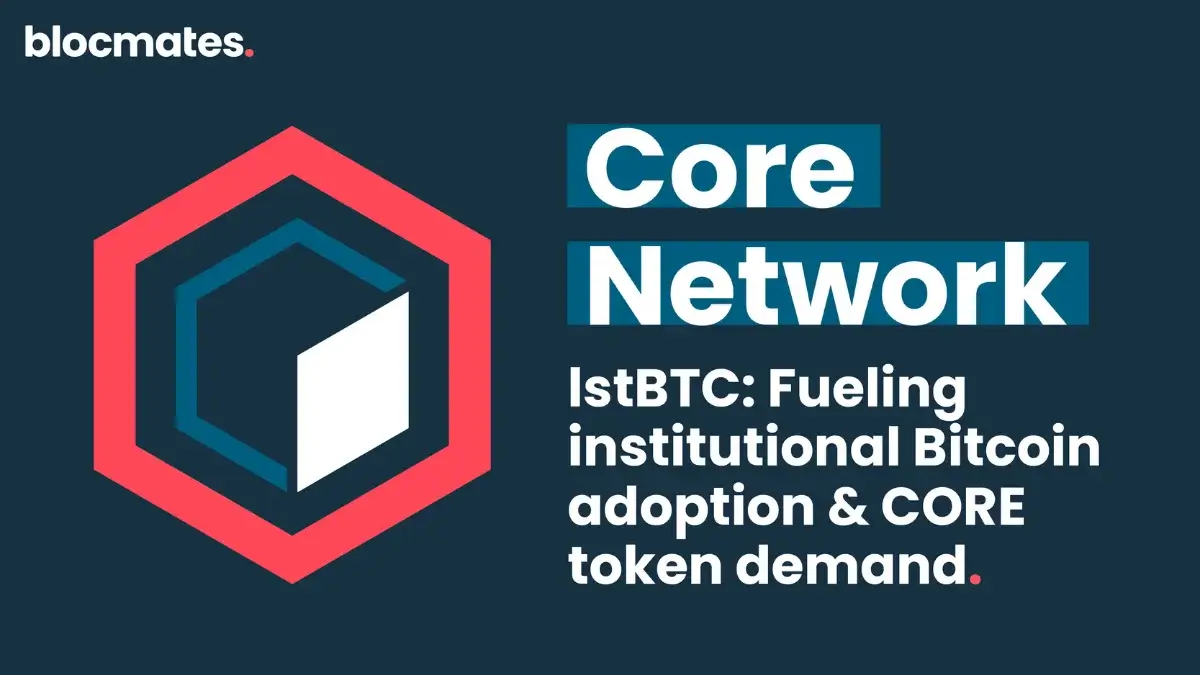
.webp)

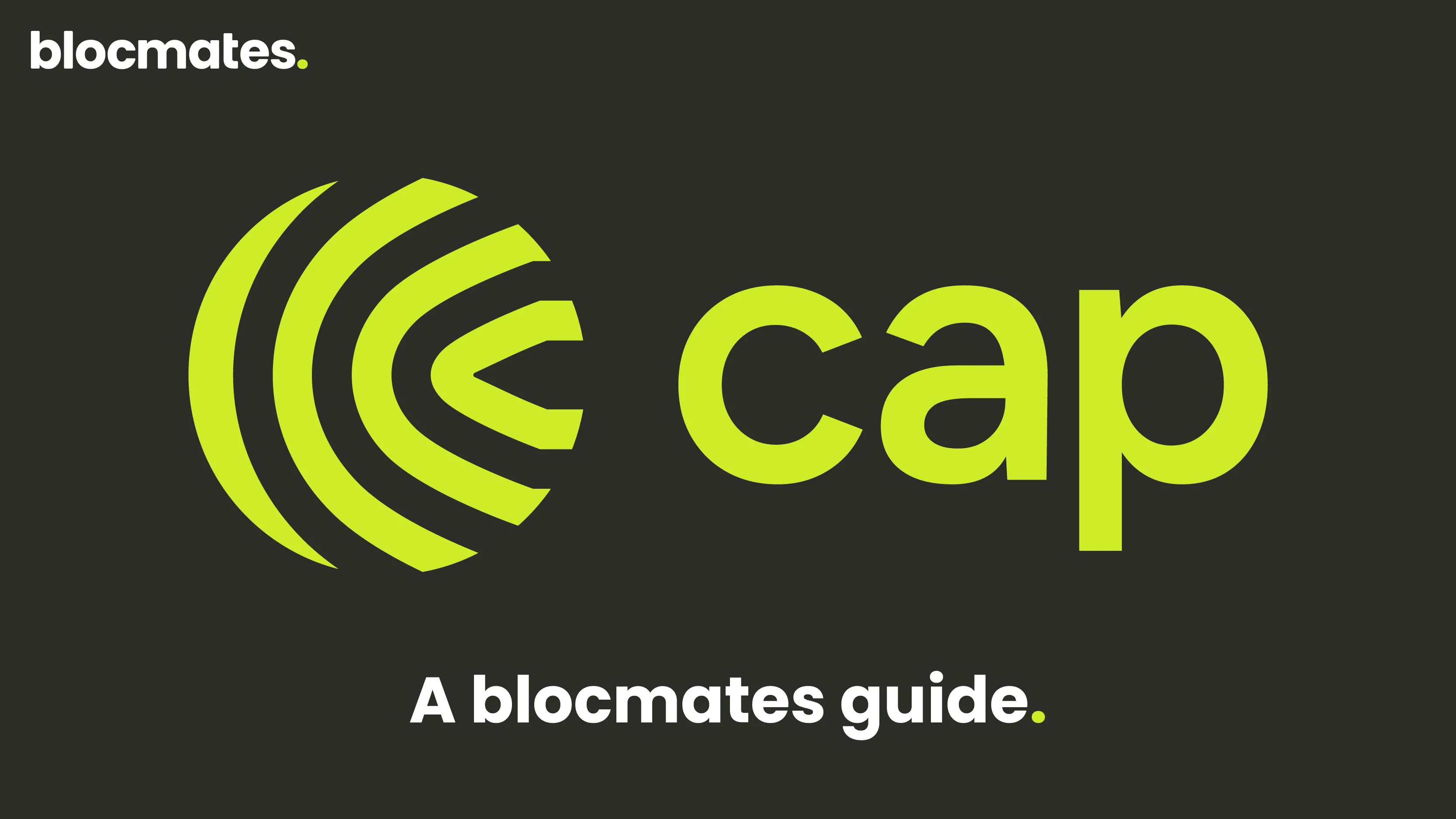










%20the%20Next%20Big%20Unlock%20in%20AI.webp)




.webp)
.webp)
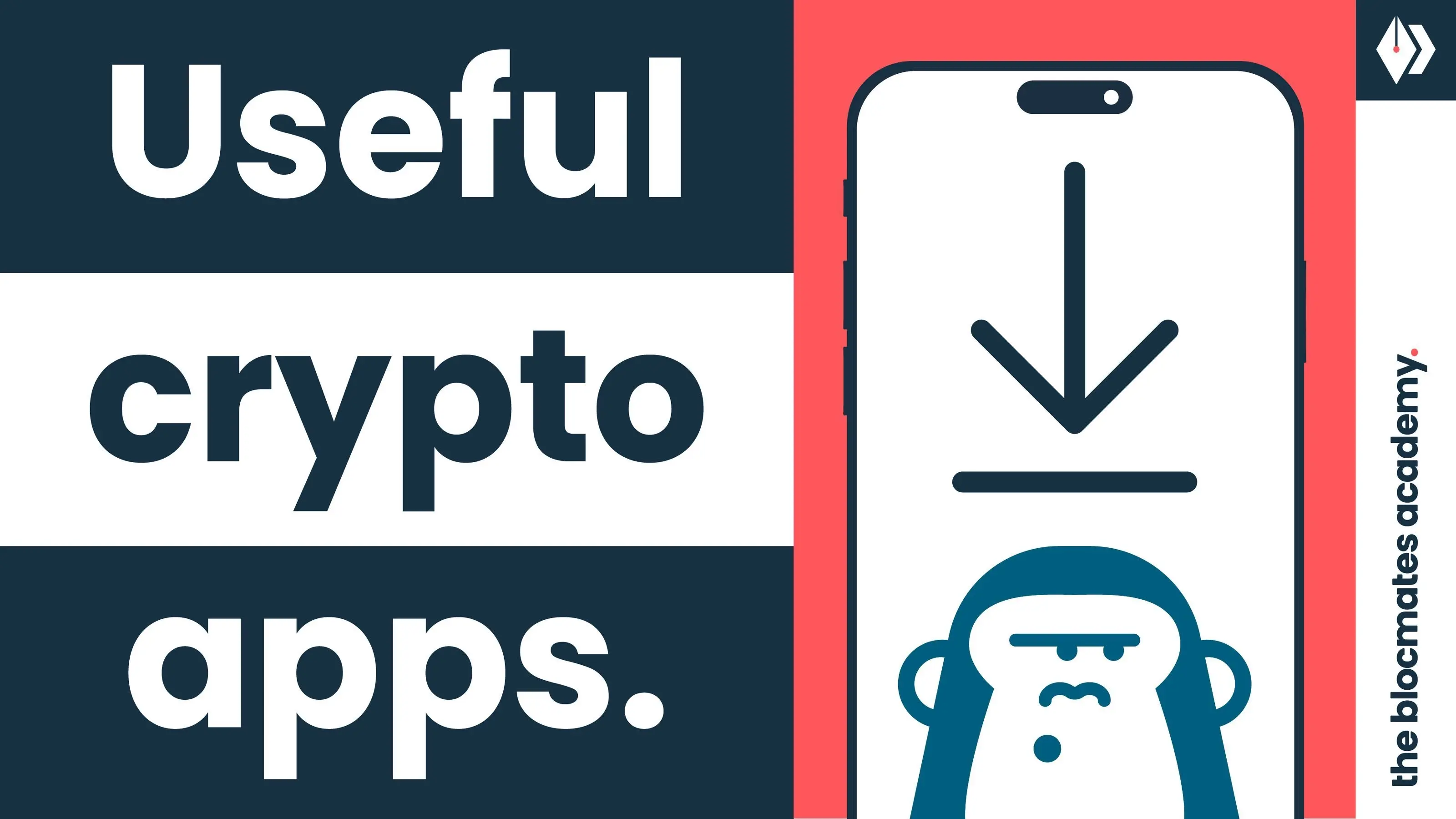
.webp)
.webp)
.webp)


.webp)
.webp)










.webp)


.webp)






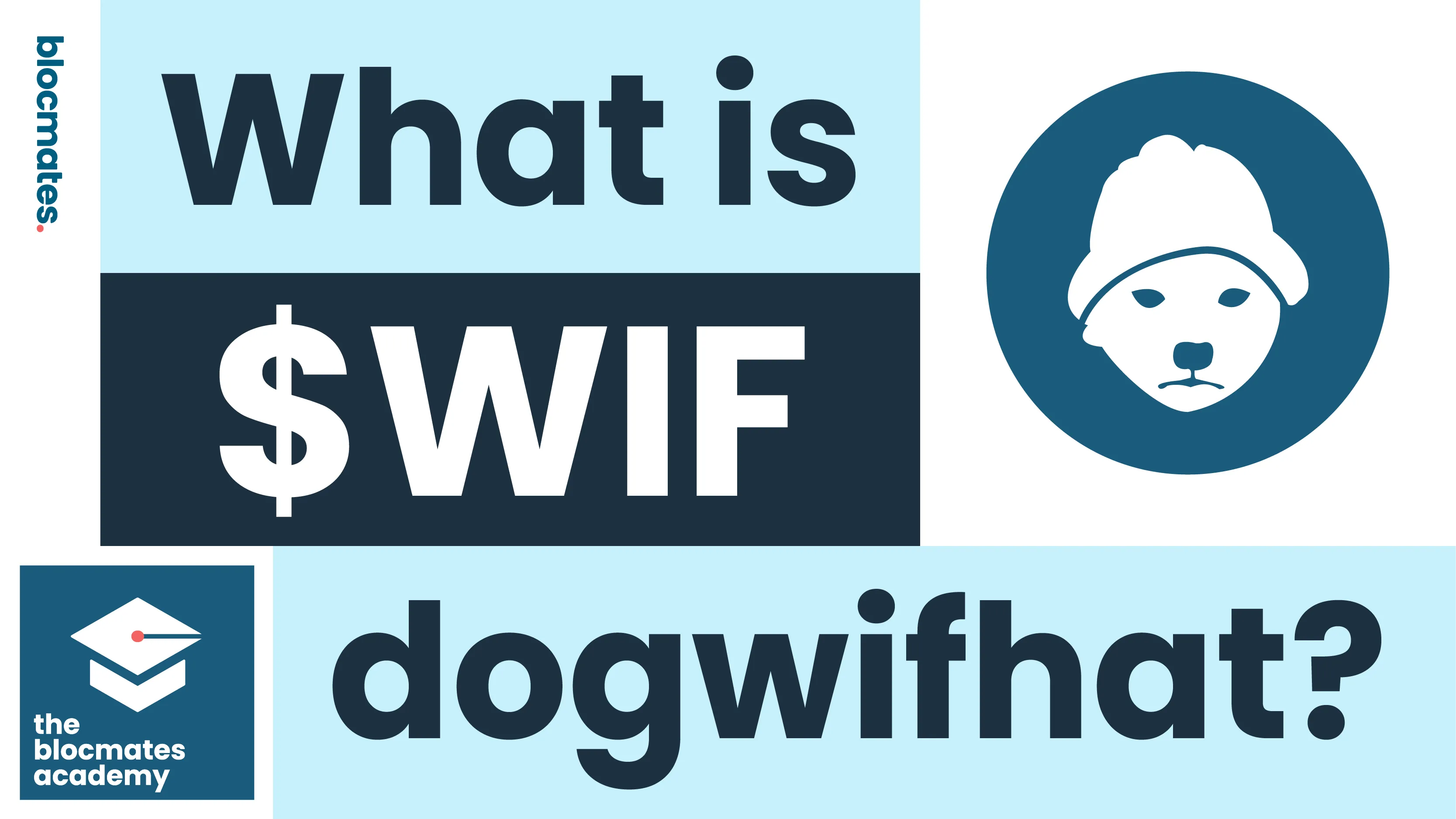


.webp)







.webp)
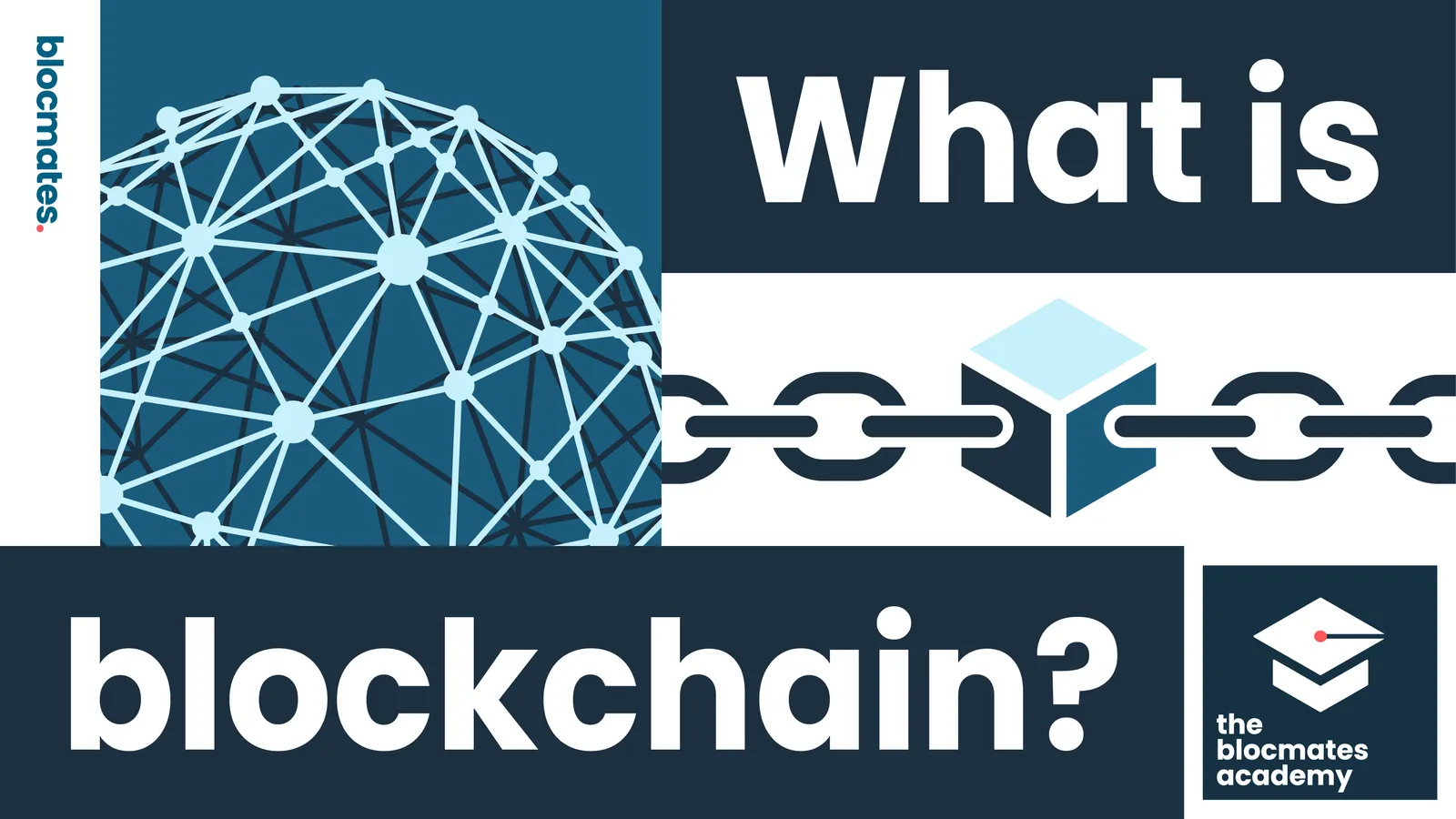



.webp)






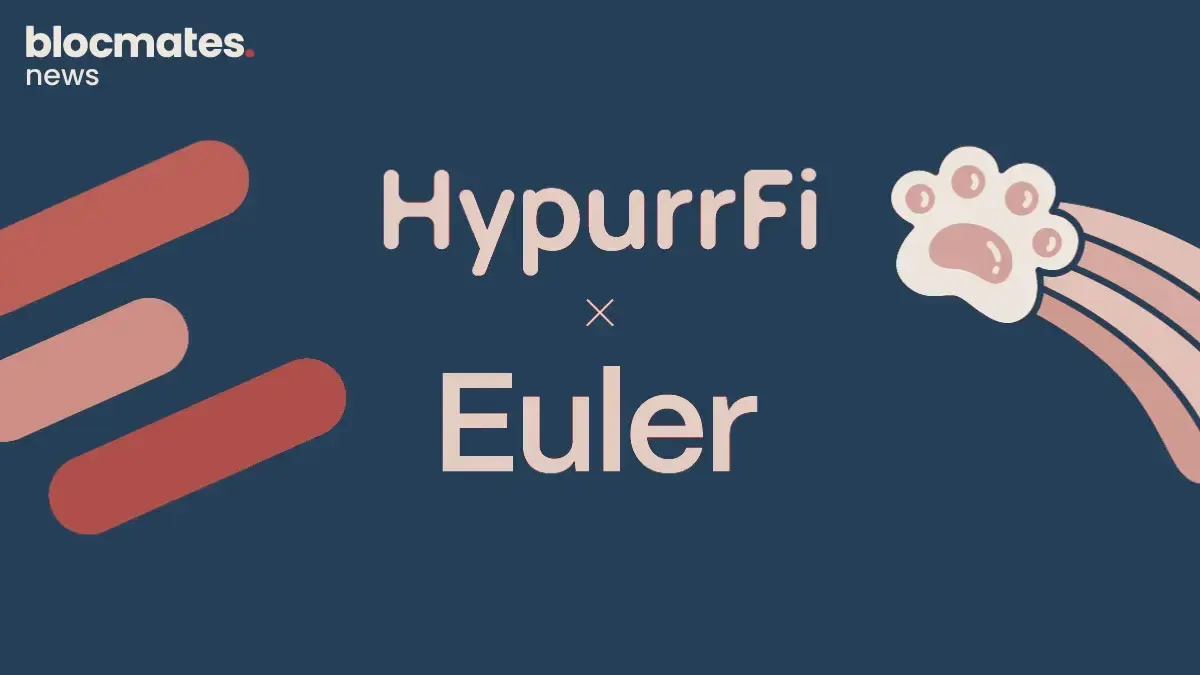


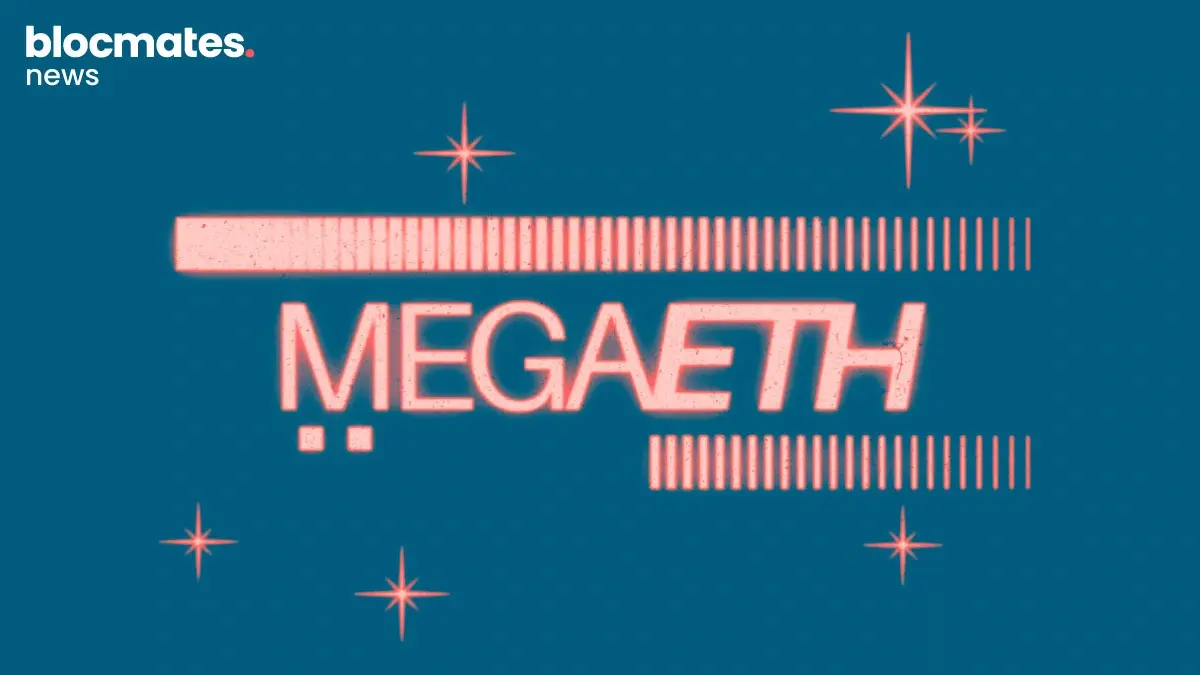






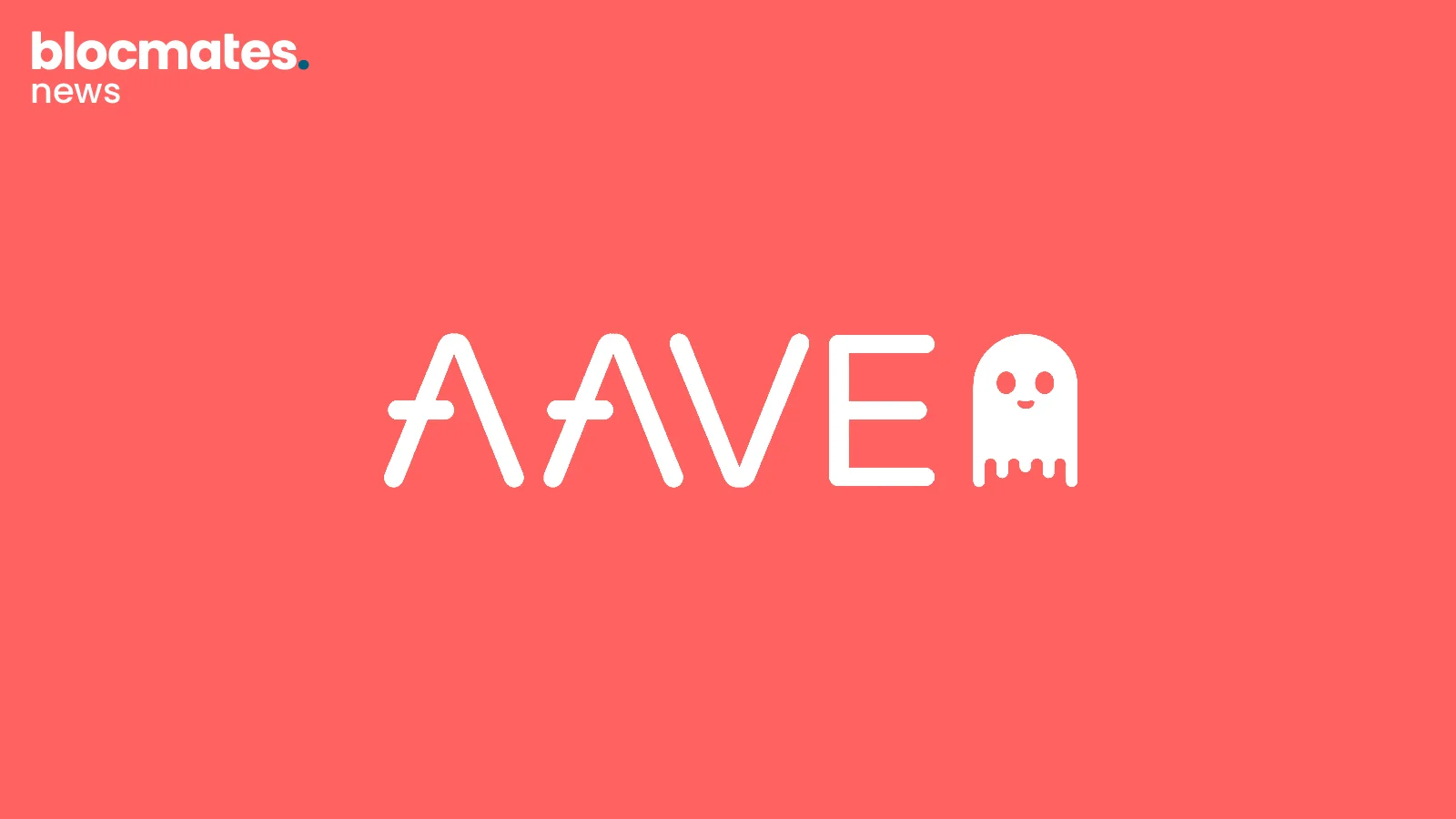
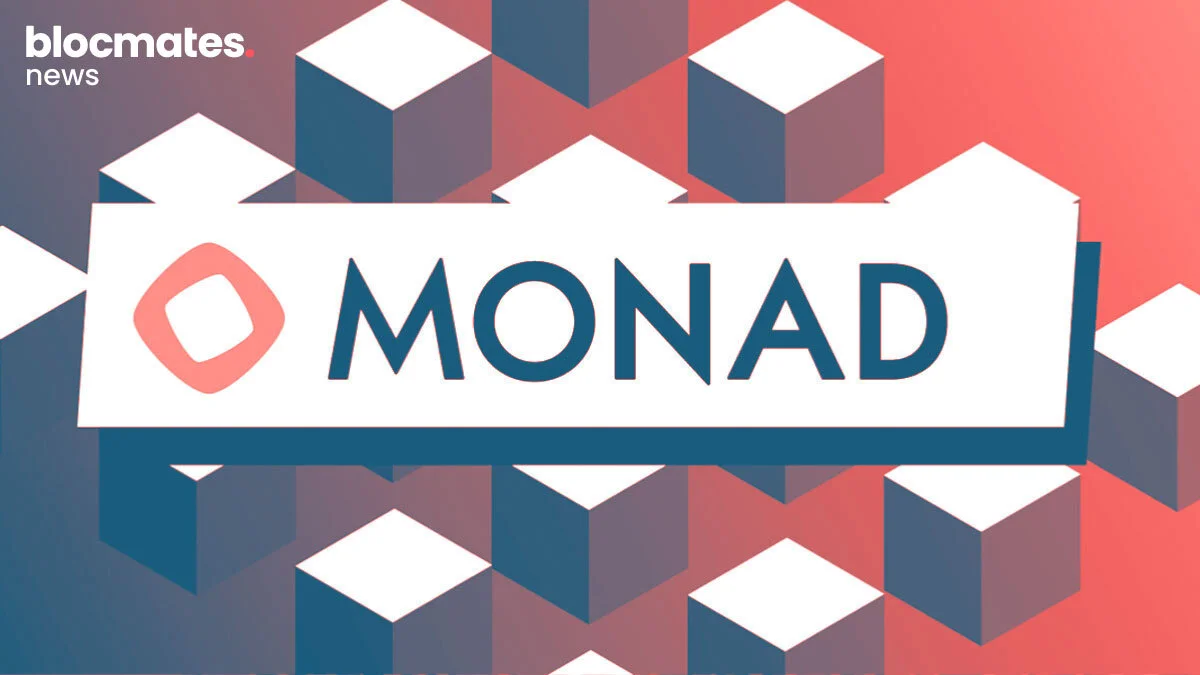




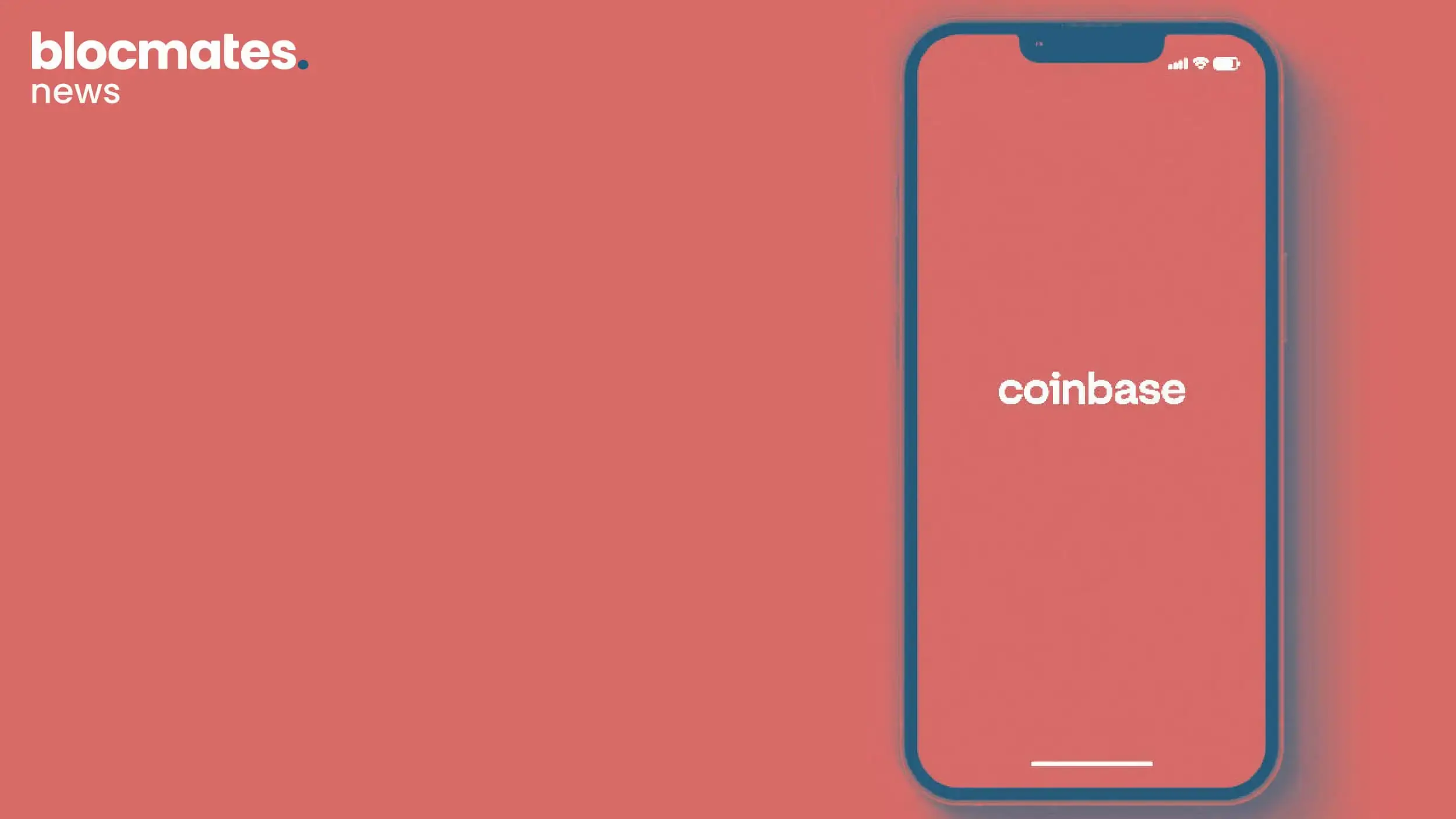



.webp)
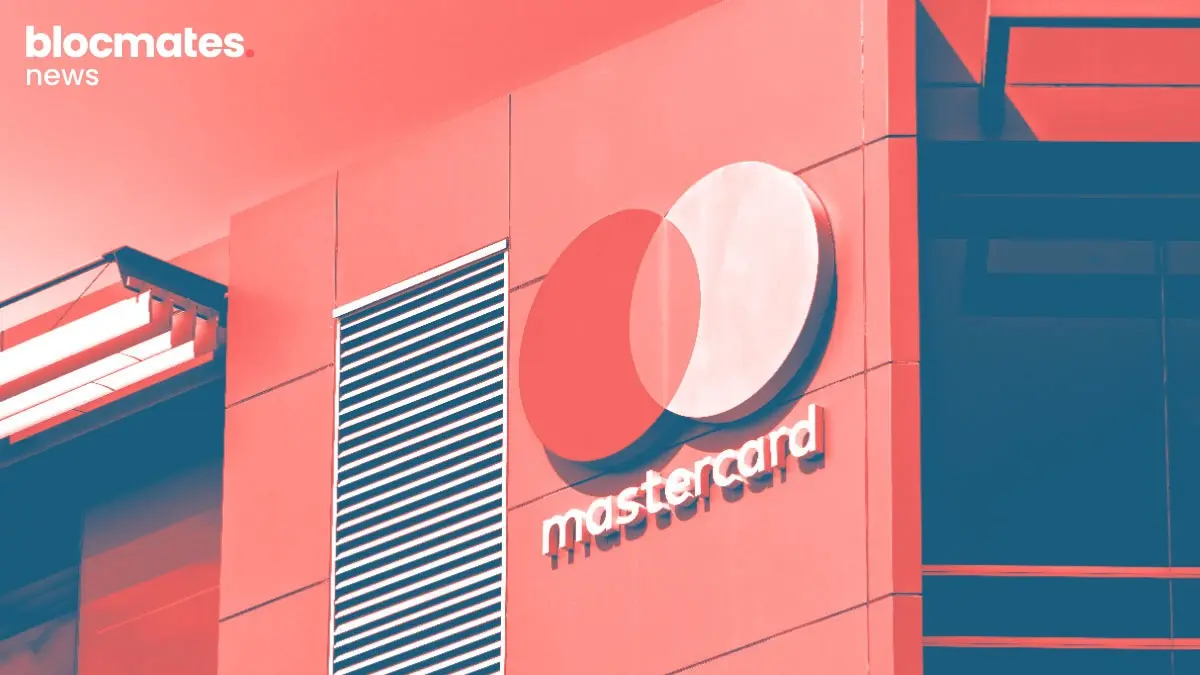




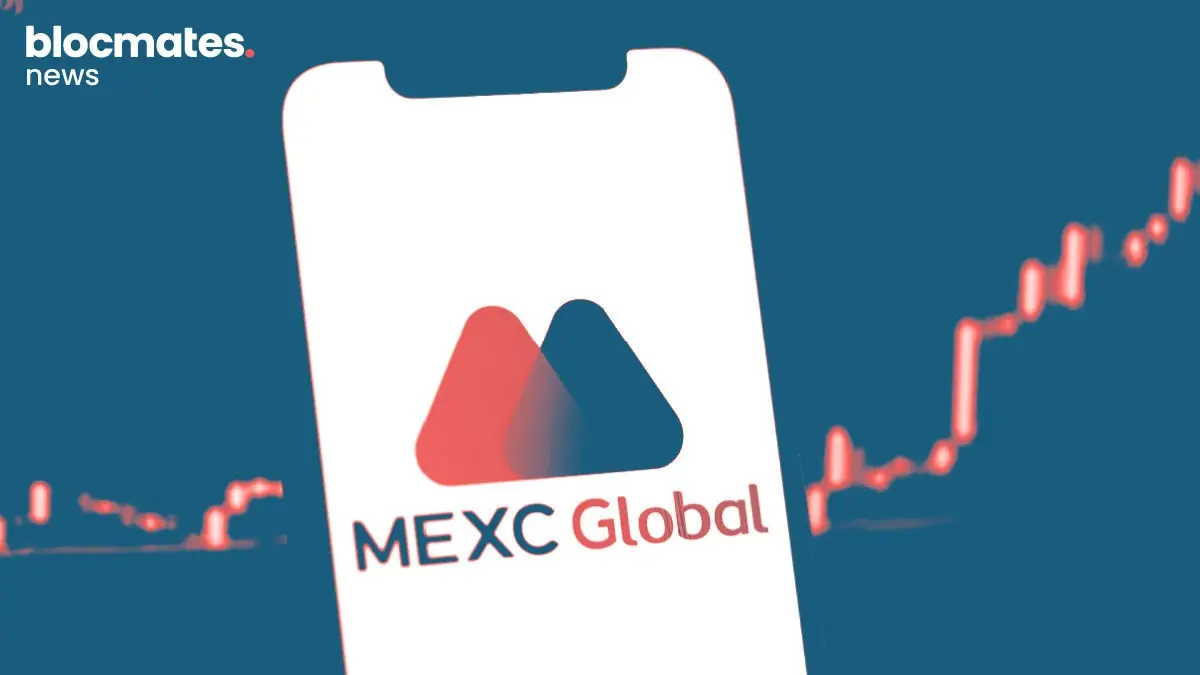

.webp)


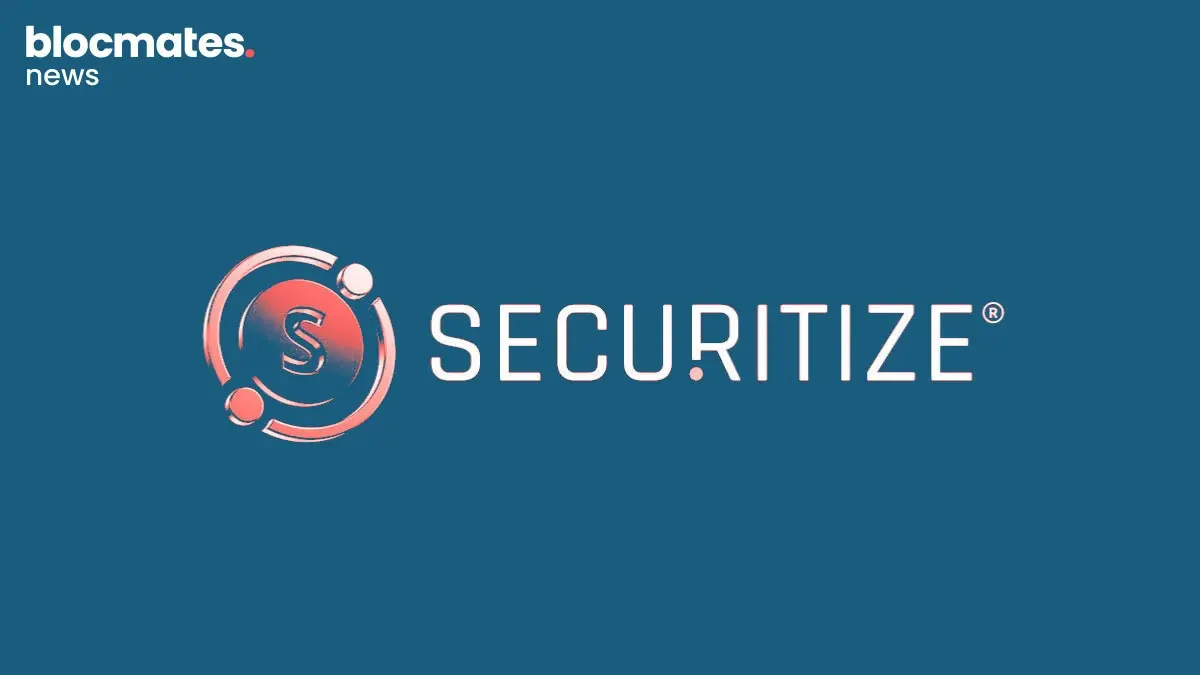
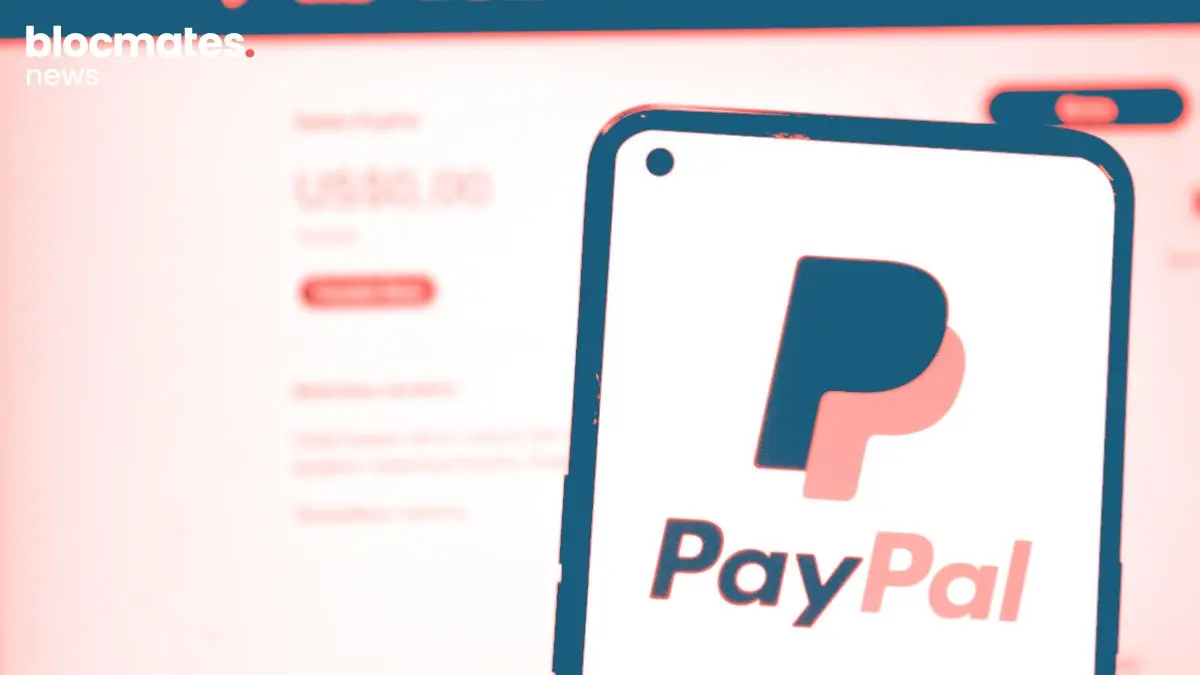
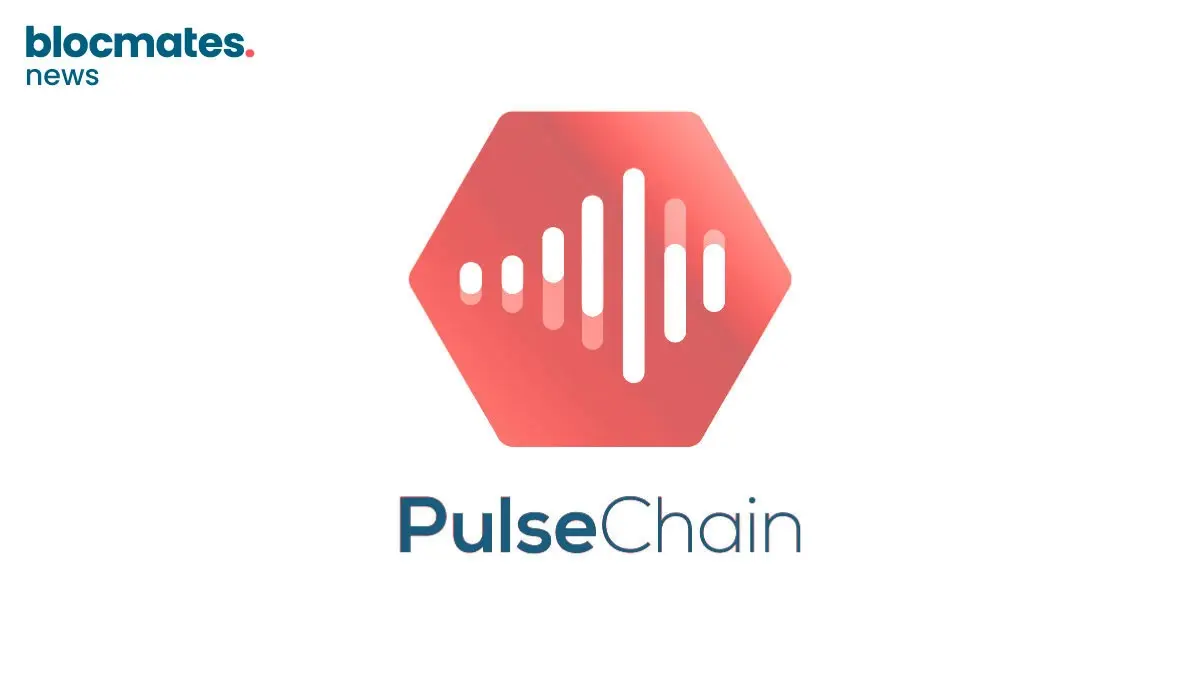
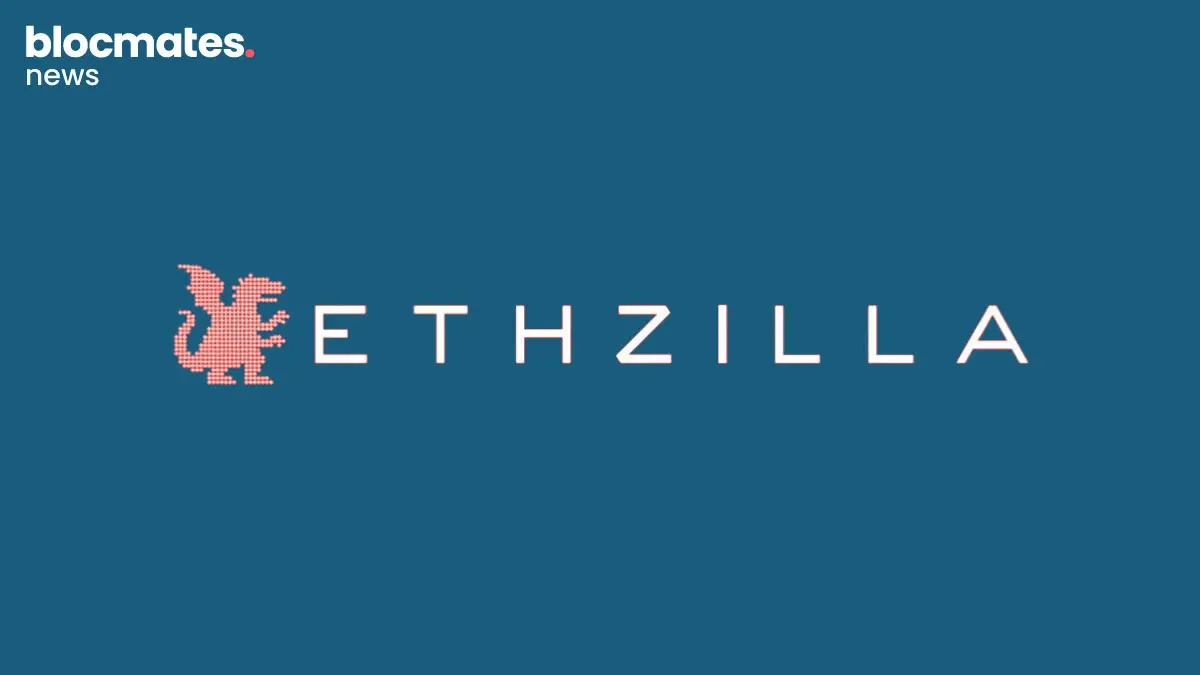
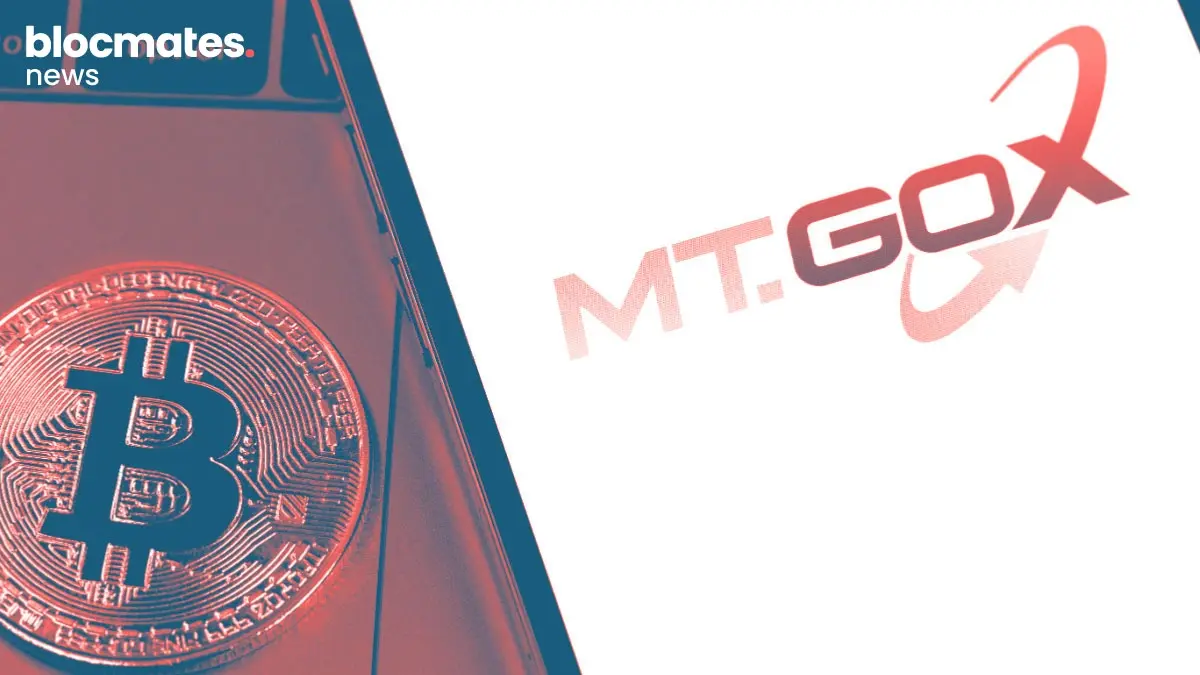




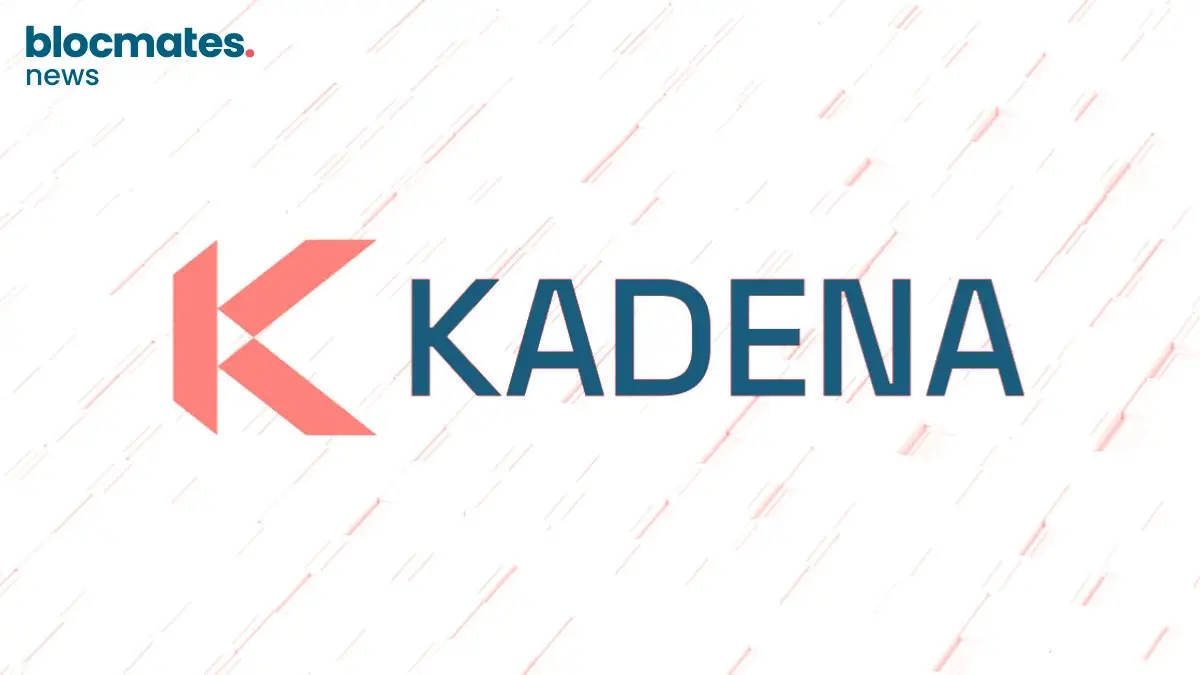
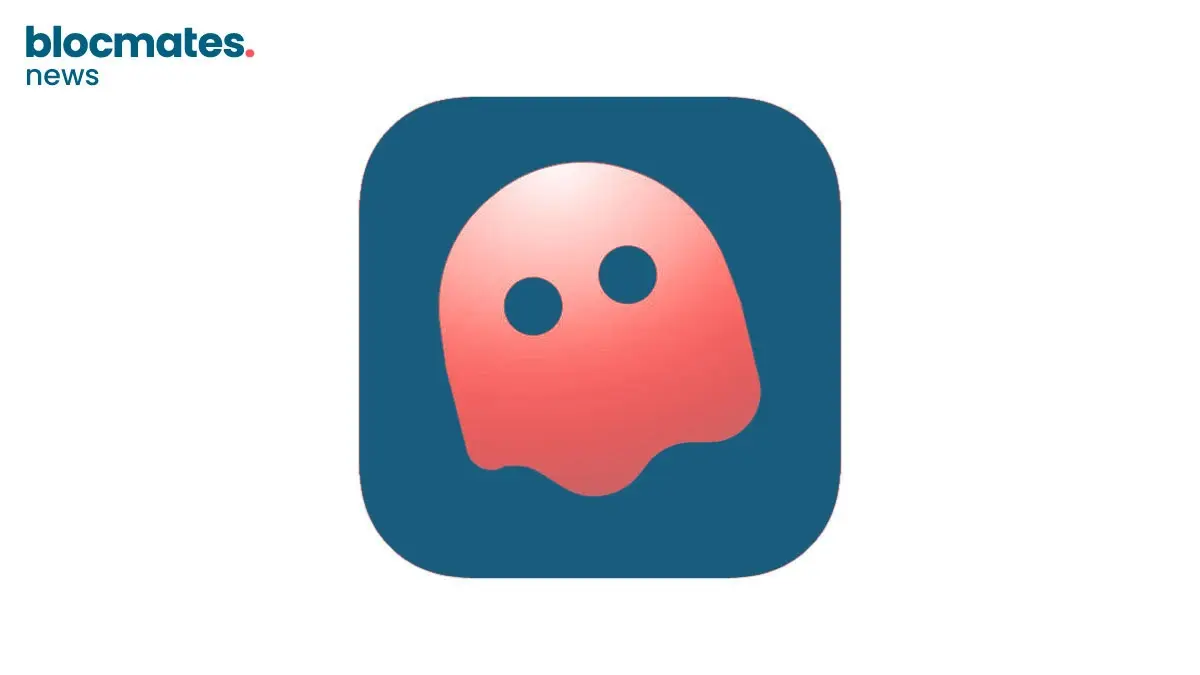
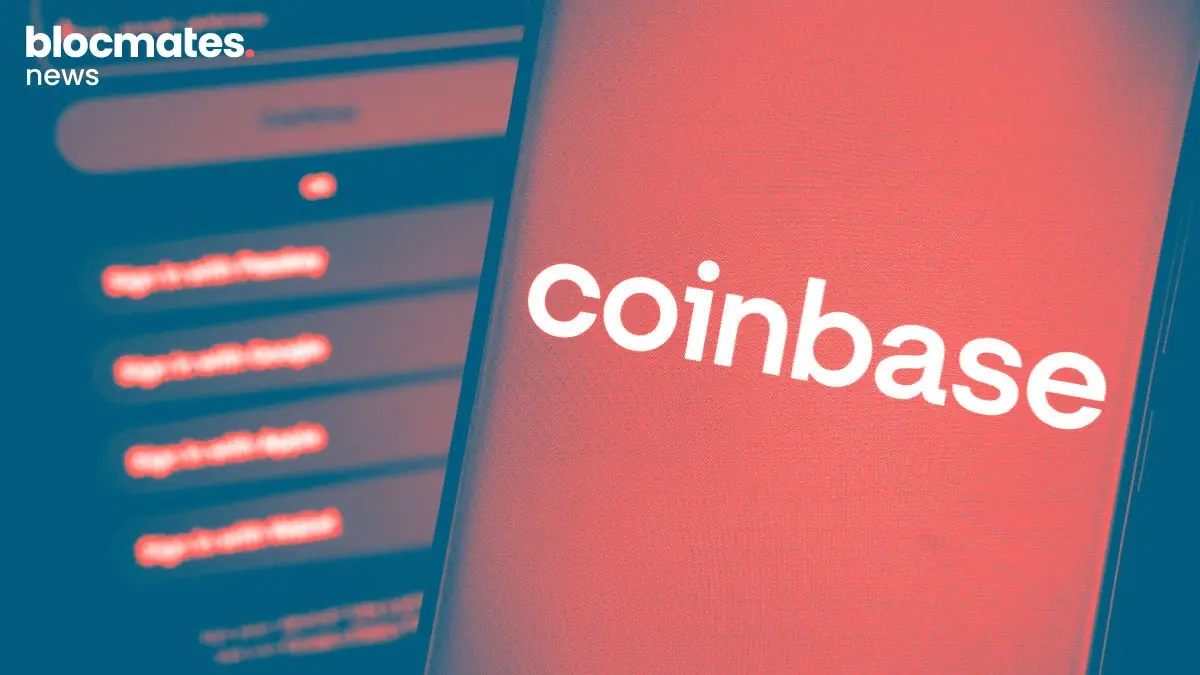
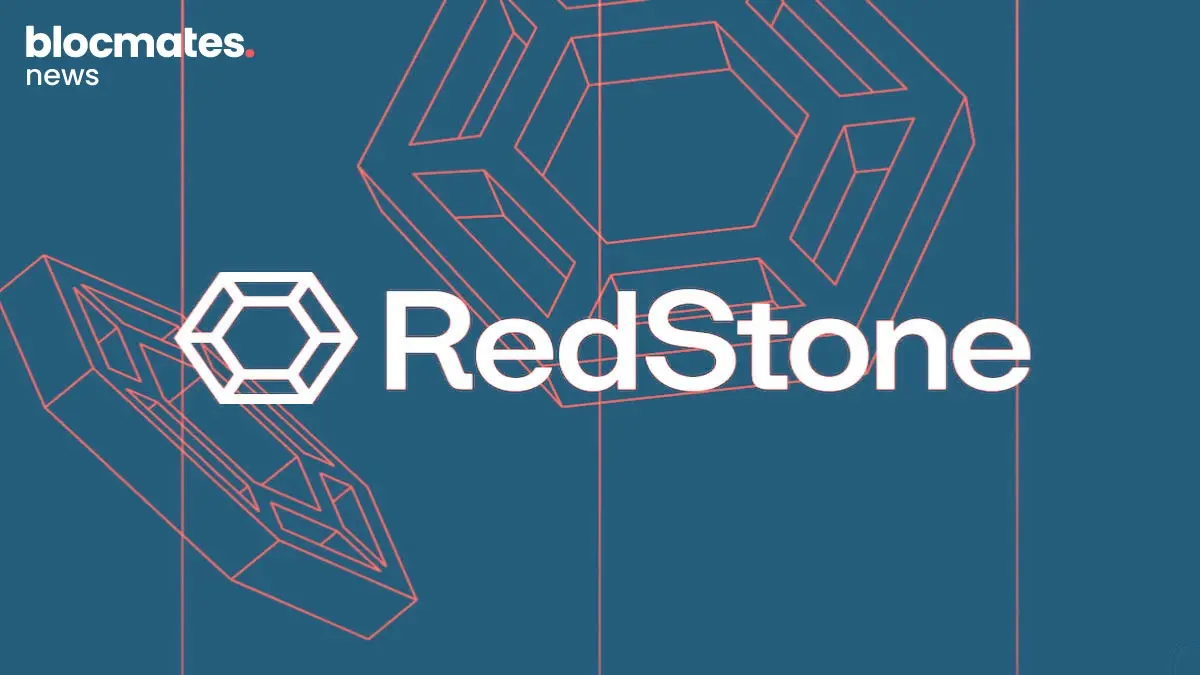
.webp)

.webp)
.webp)

.webp)


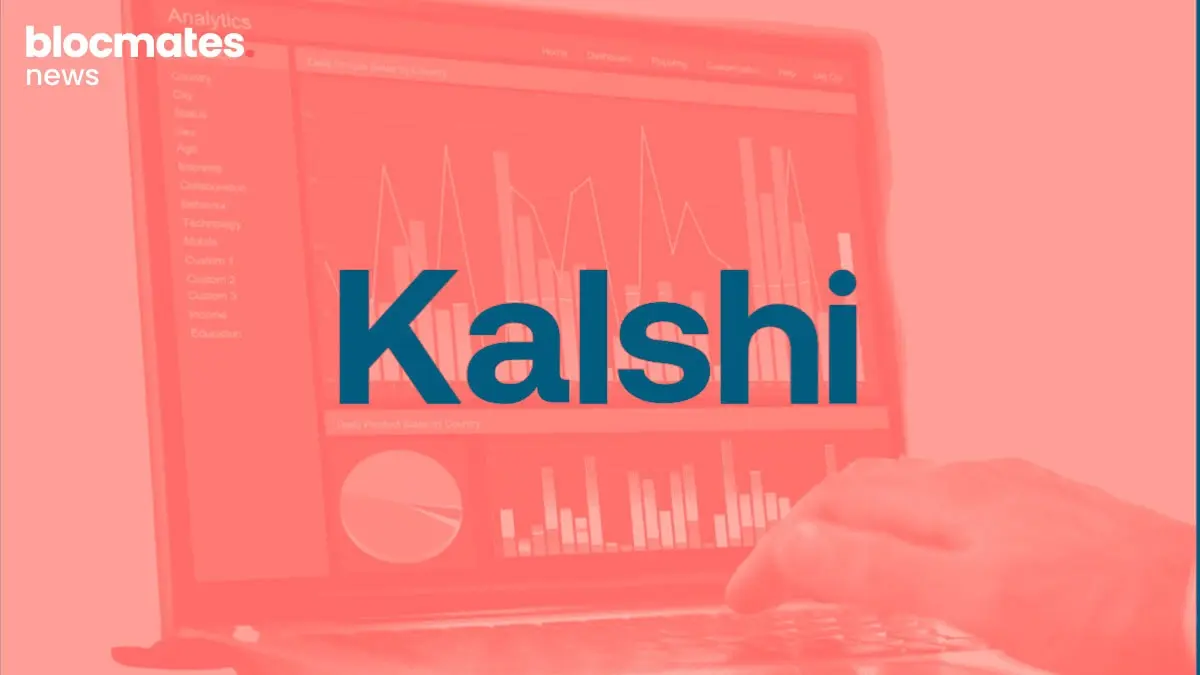
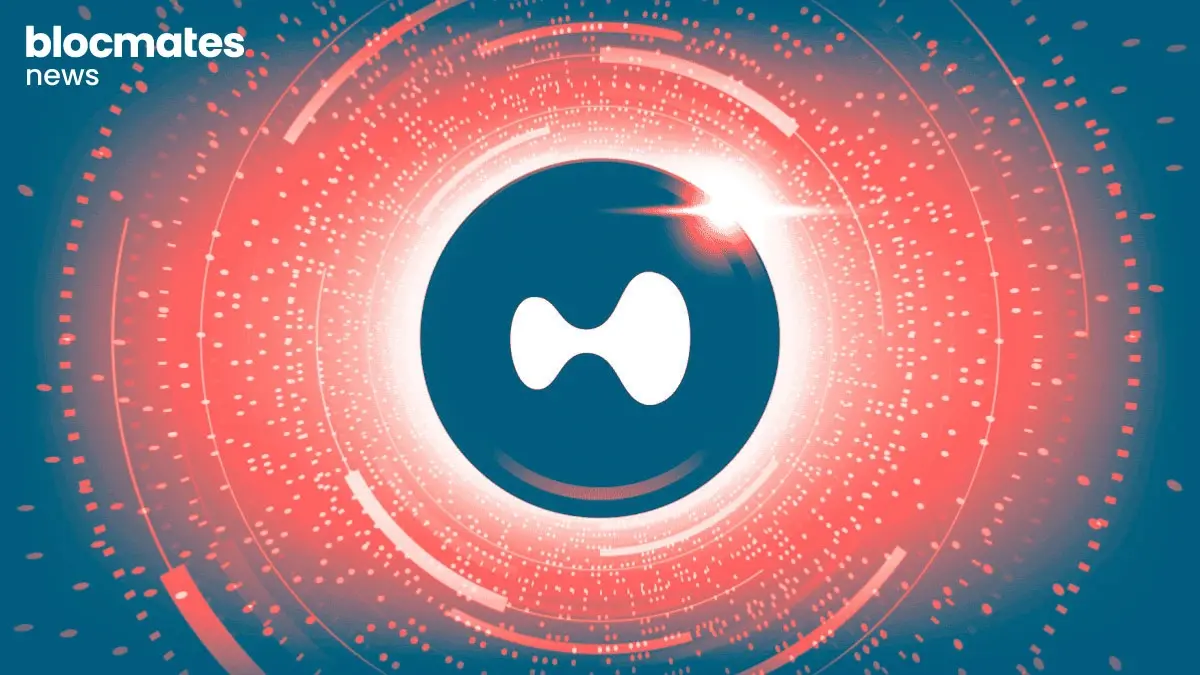


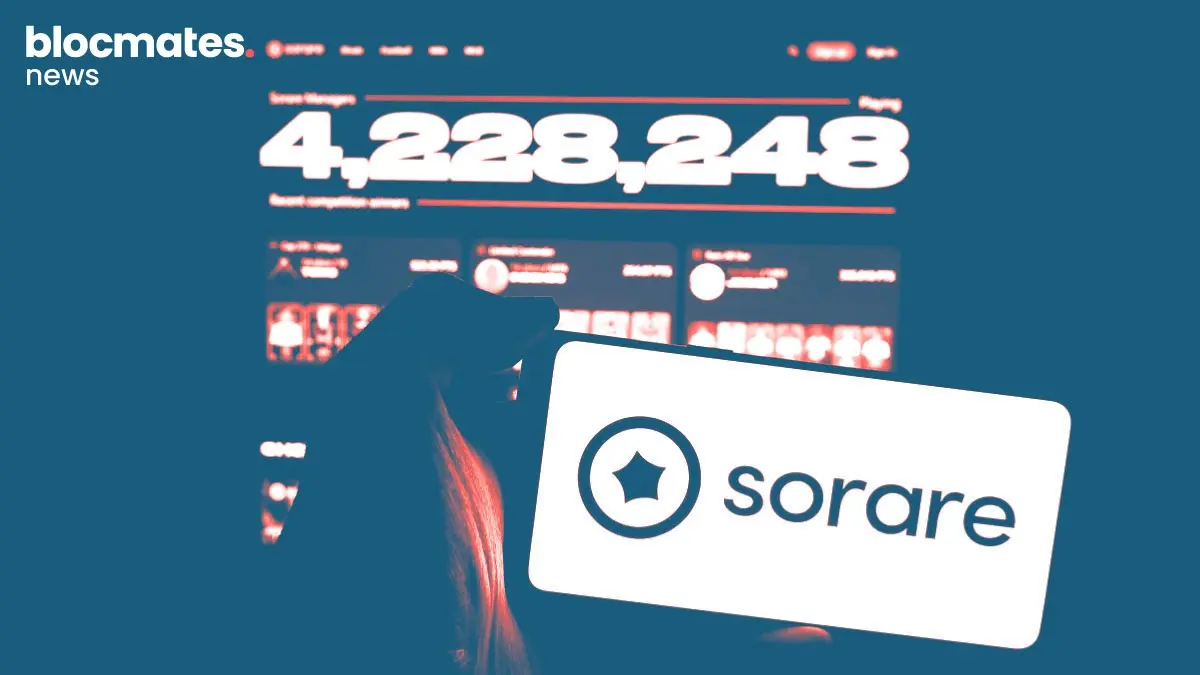
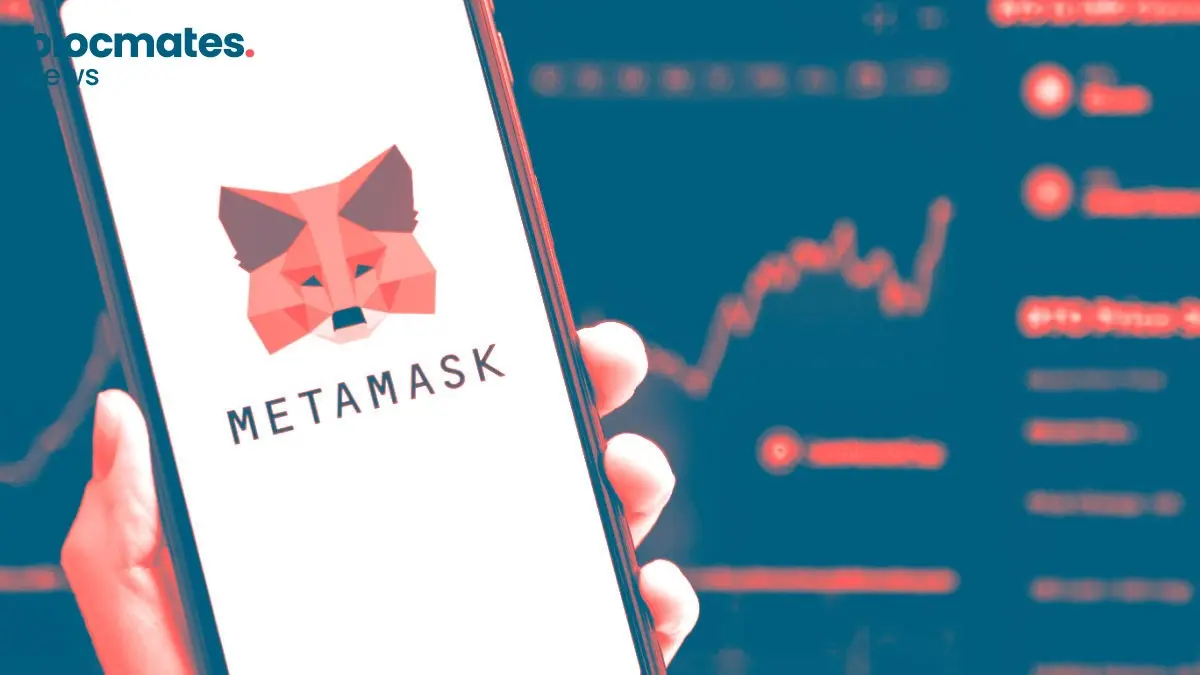
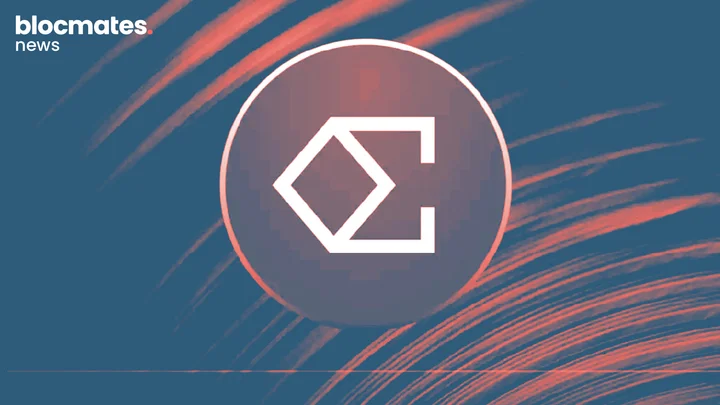


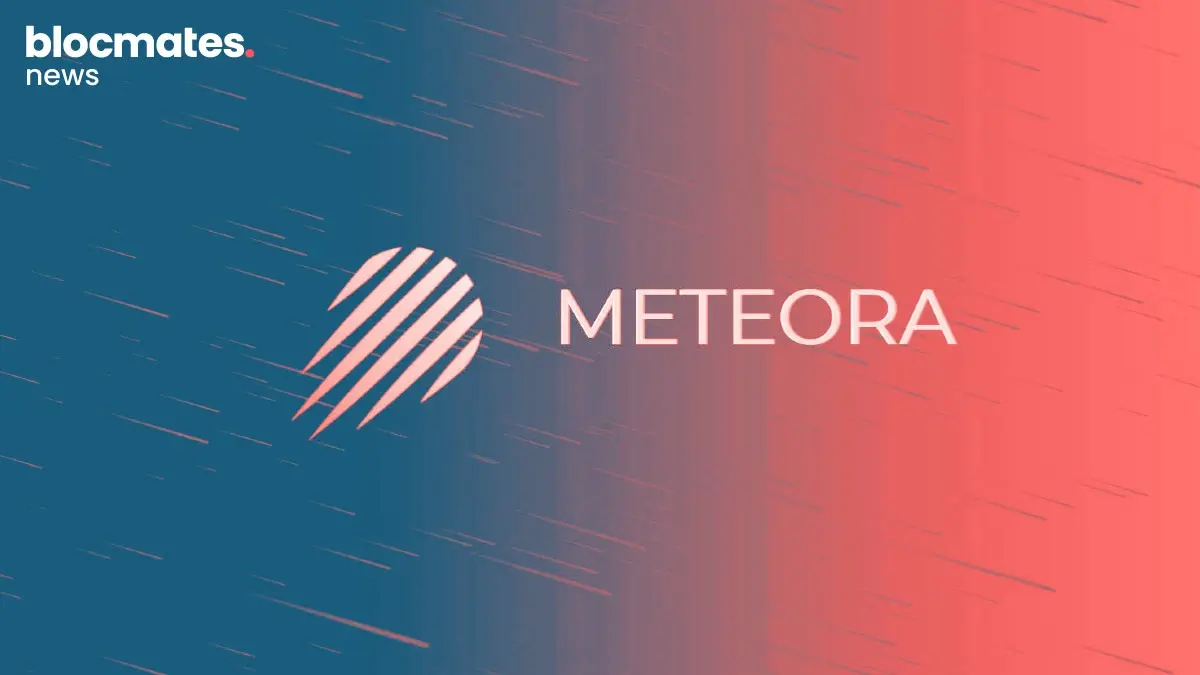
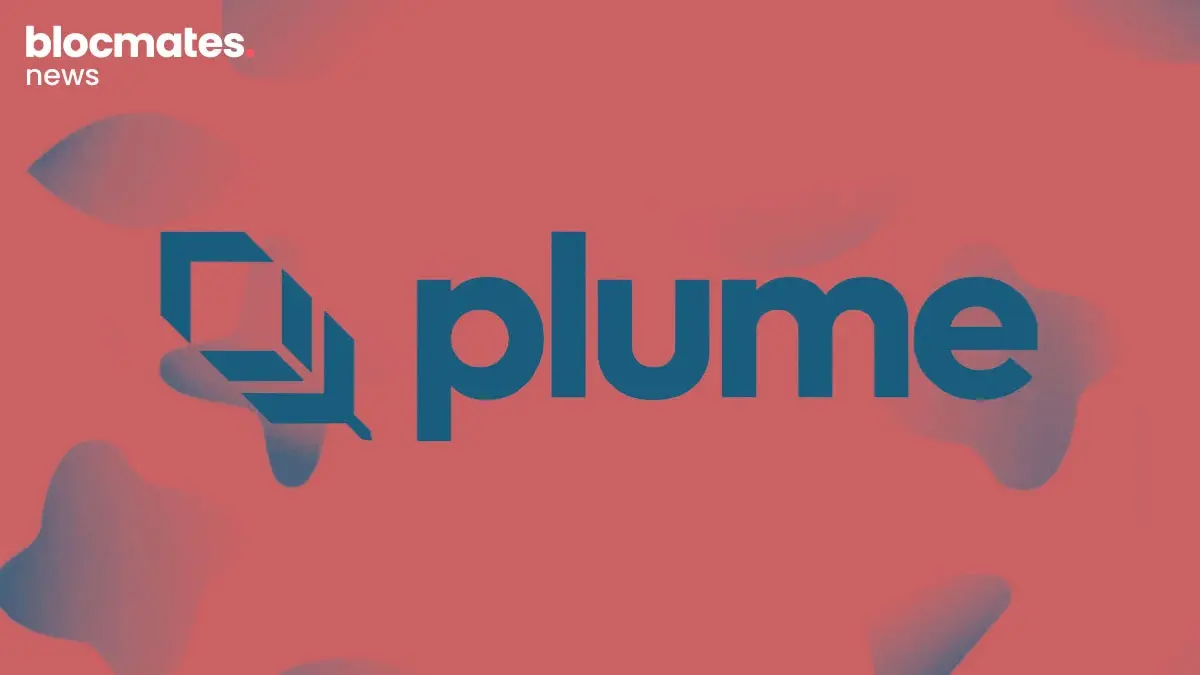

.webp)

.webp)

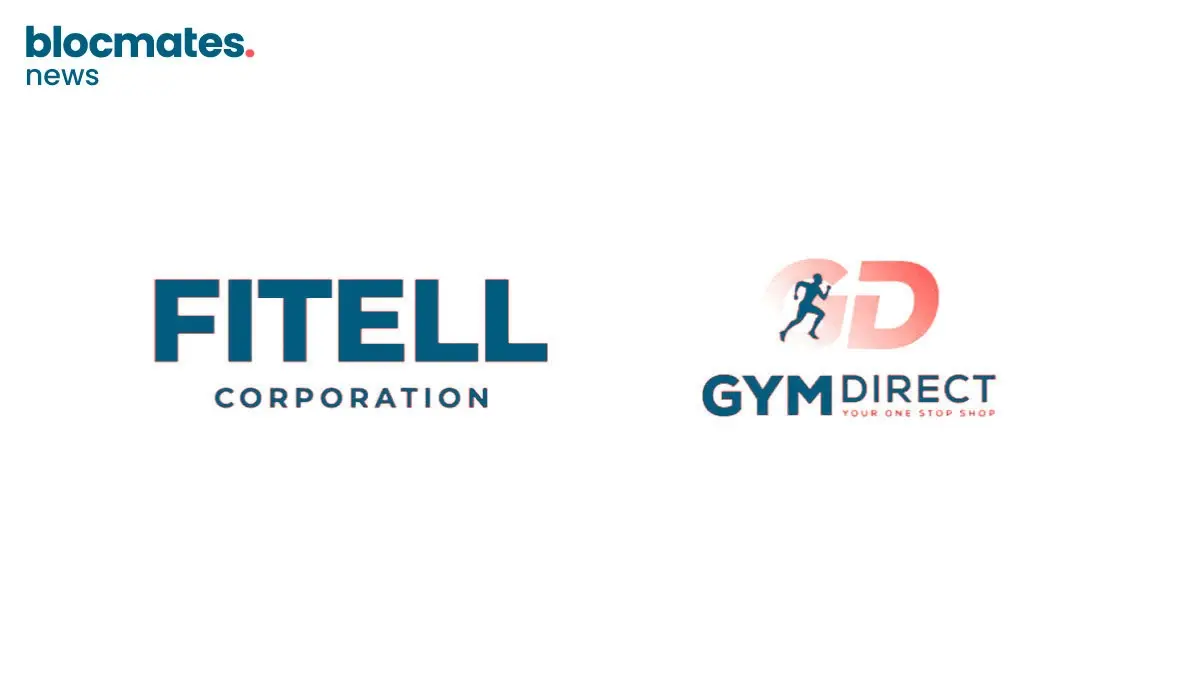
.webp)

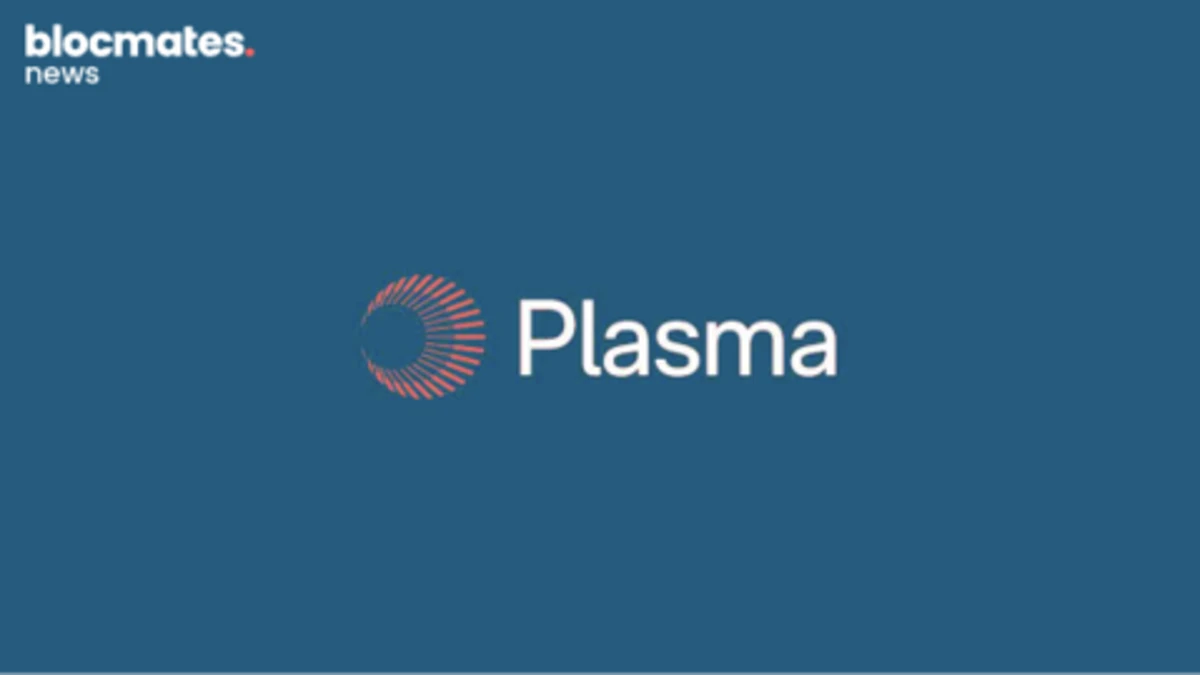

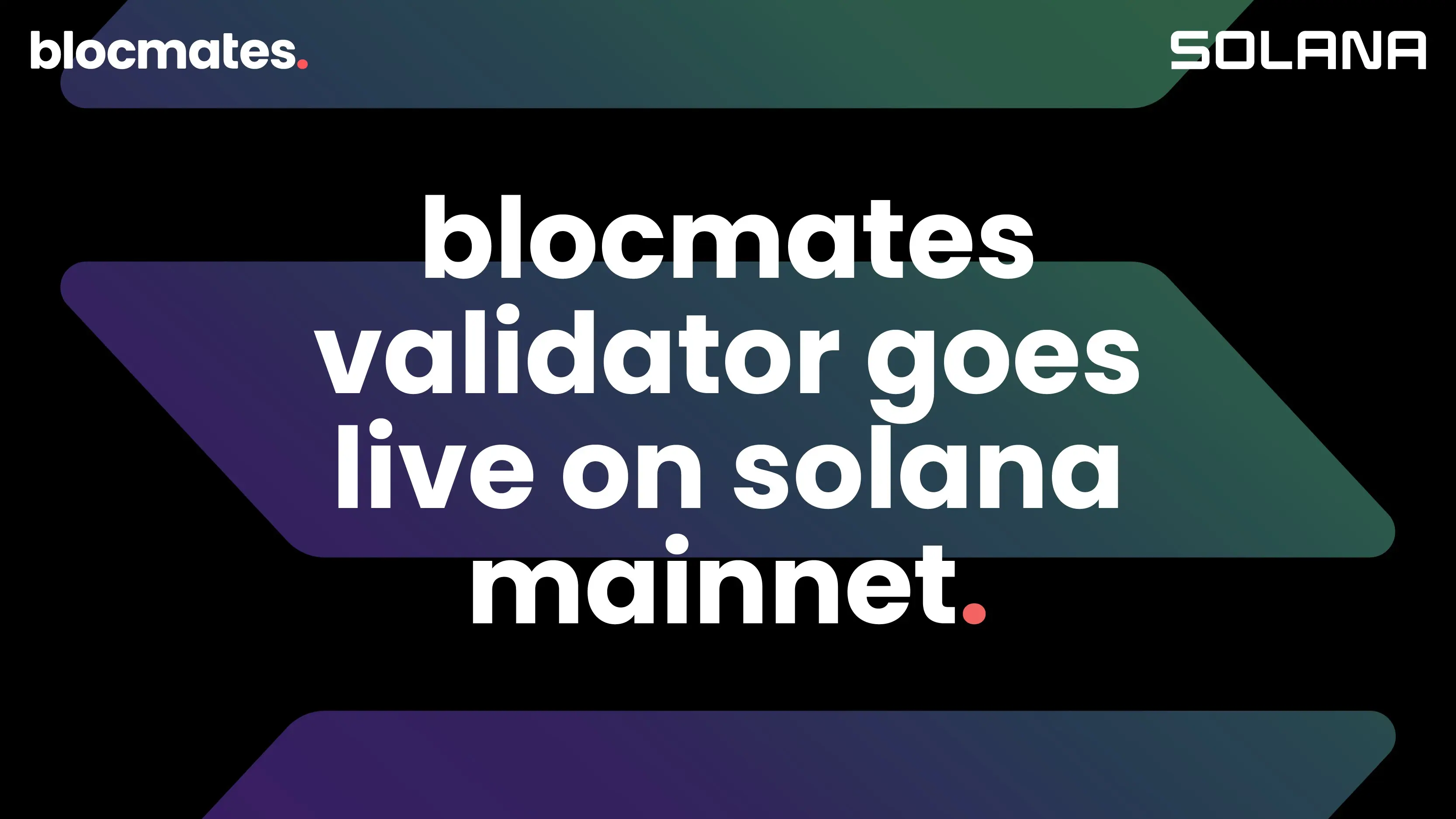
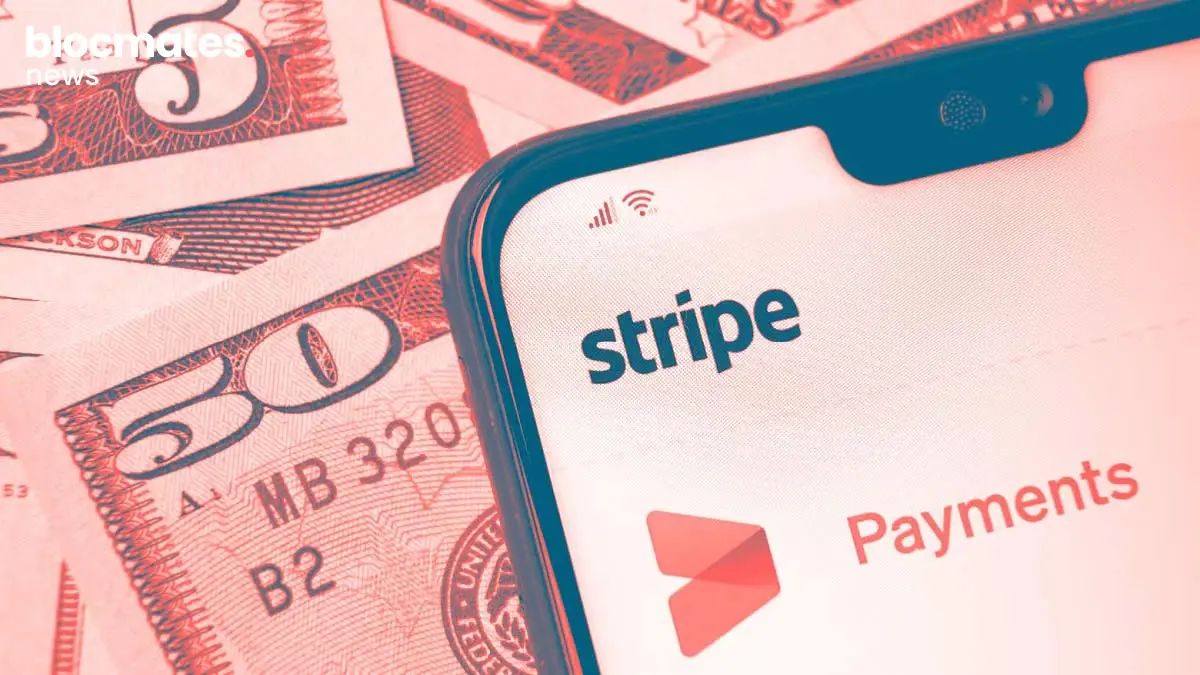
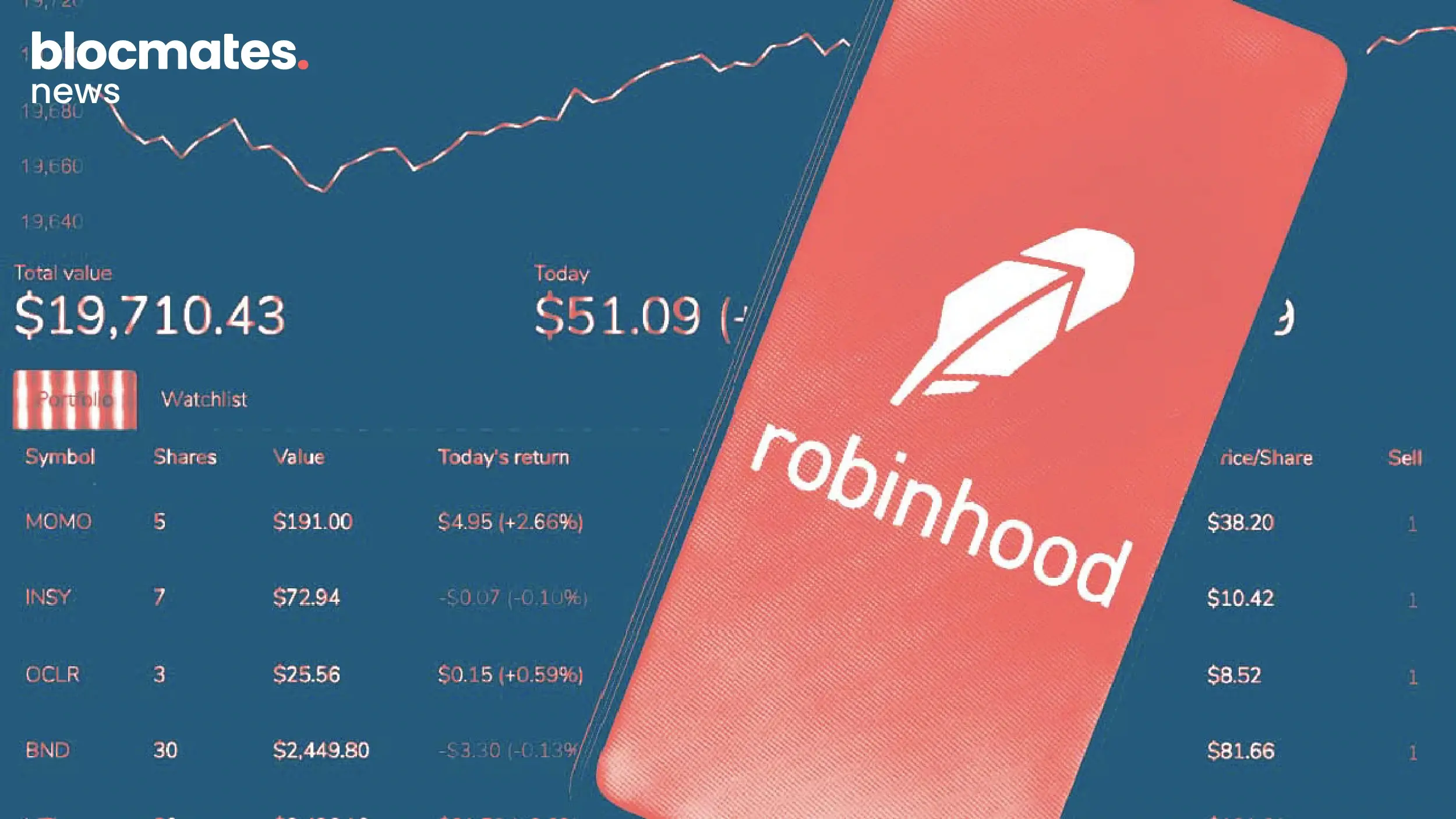


.webp)
